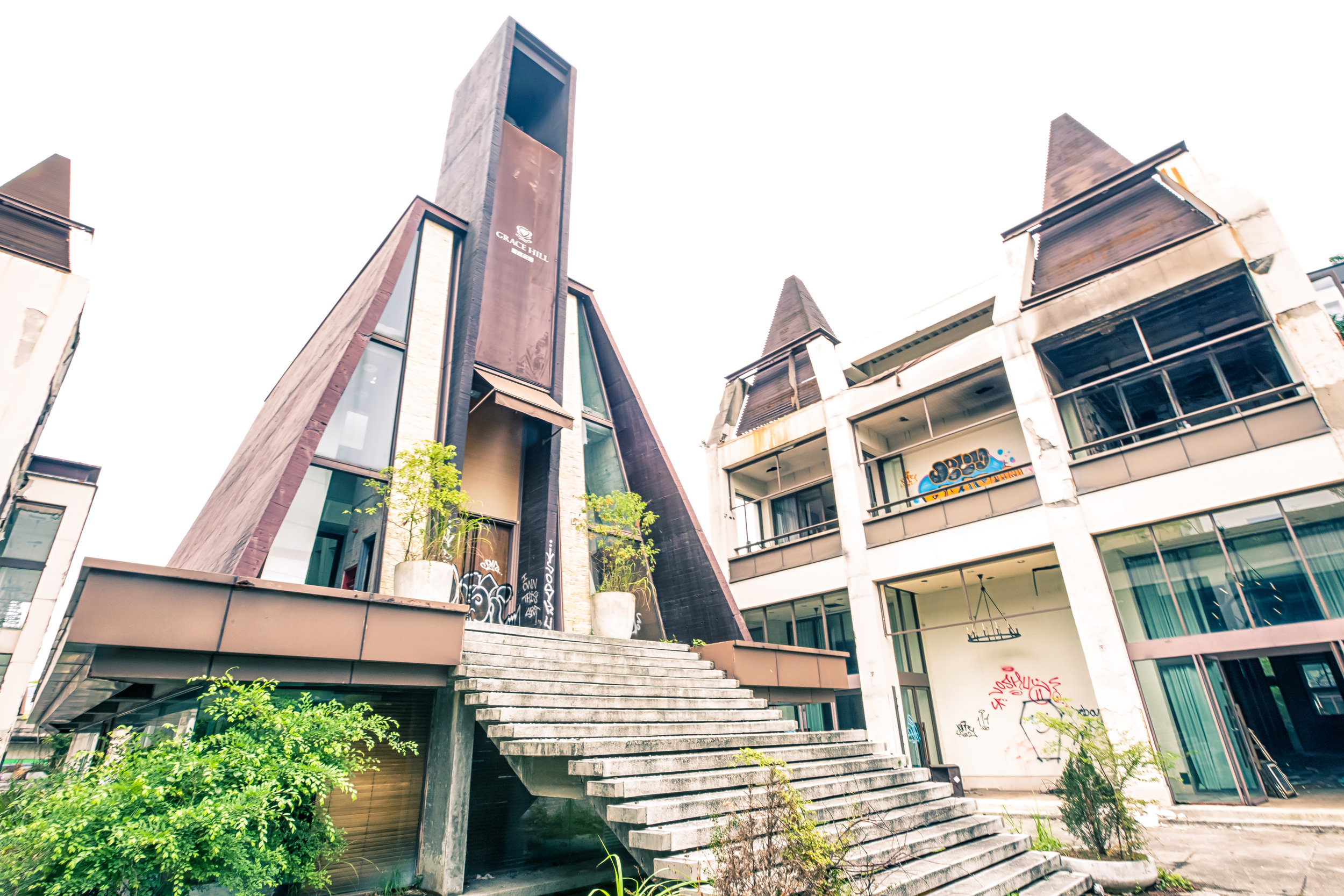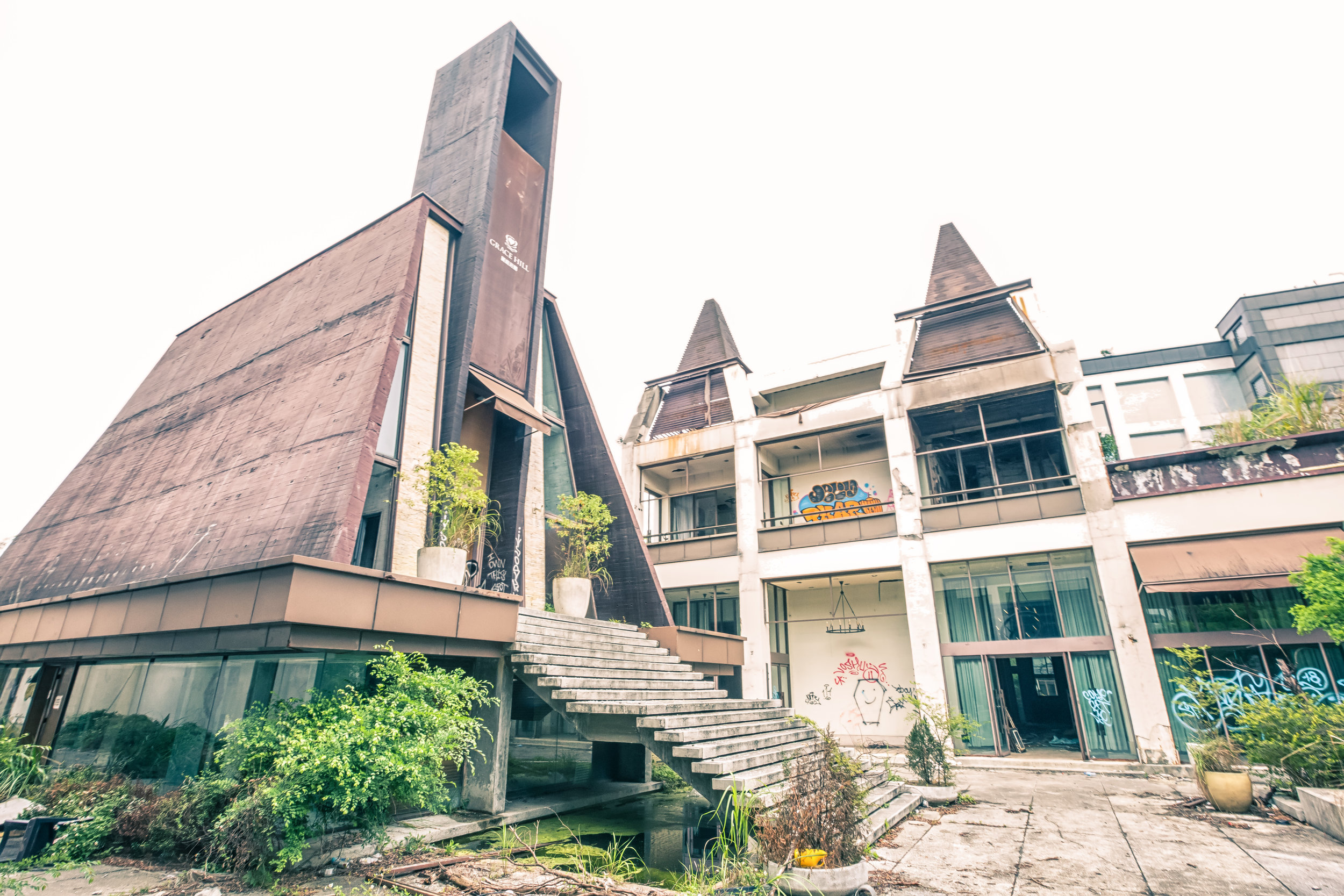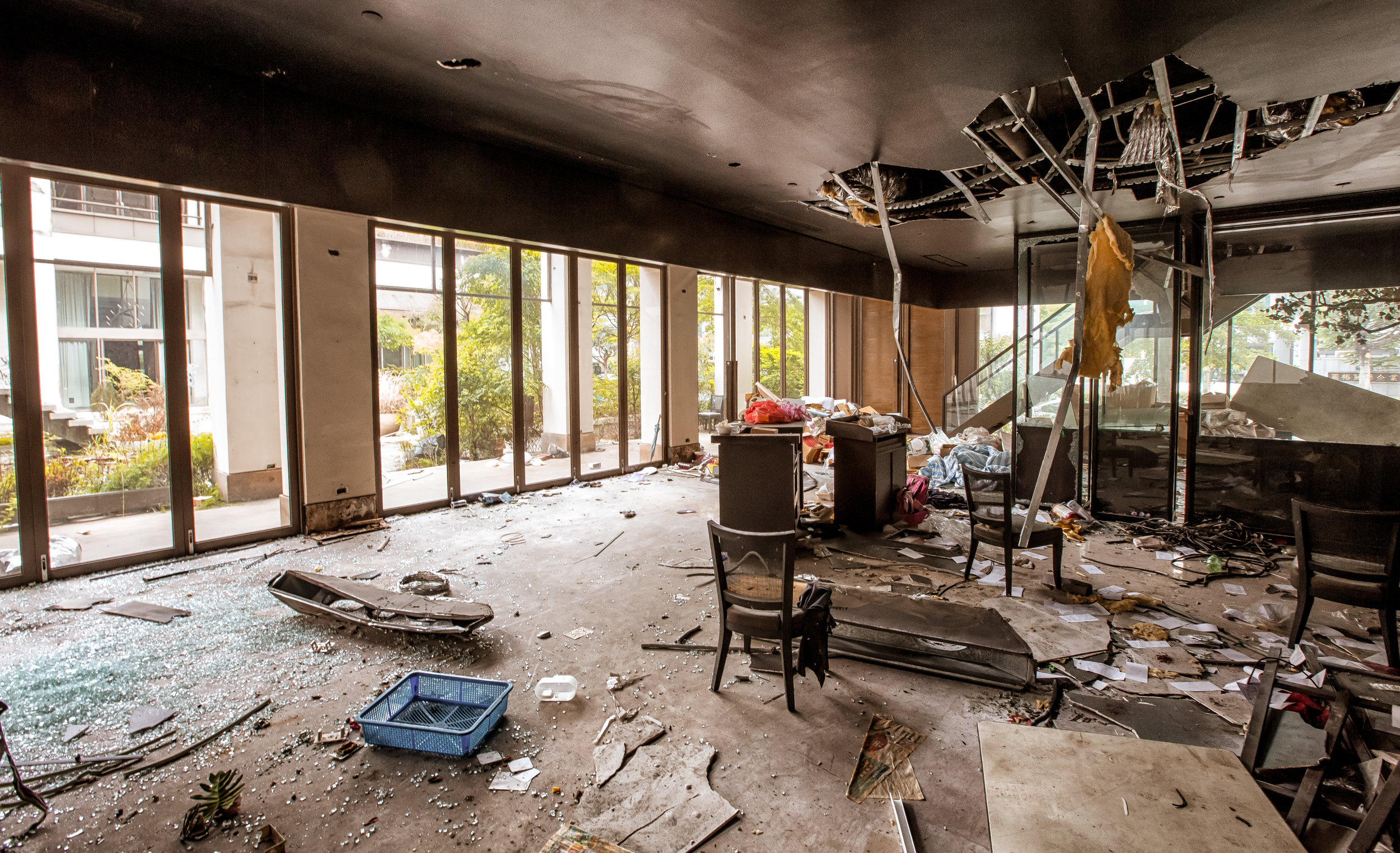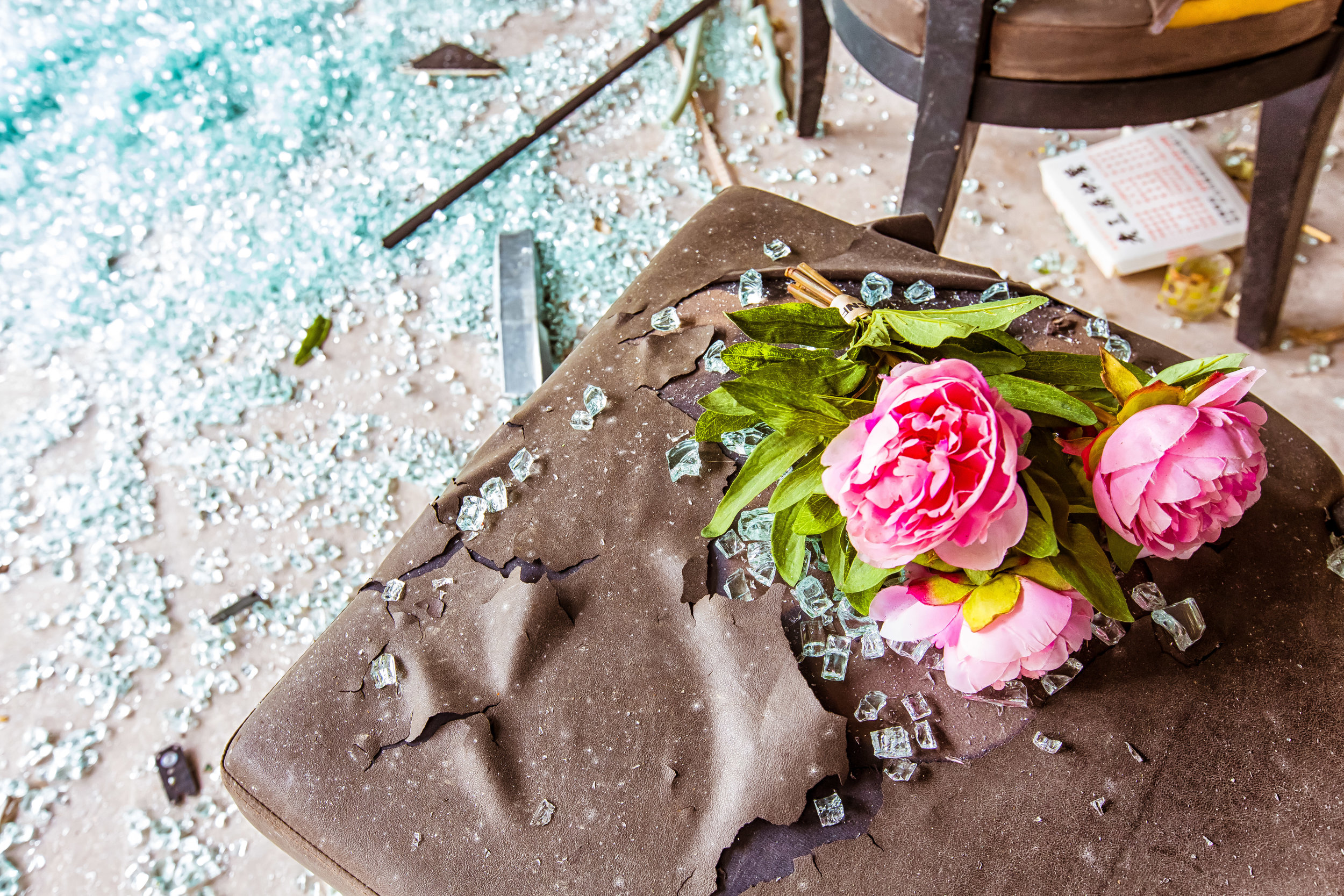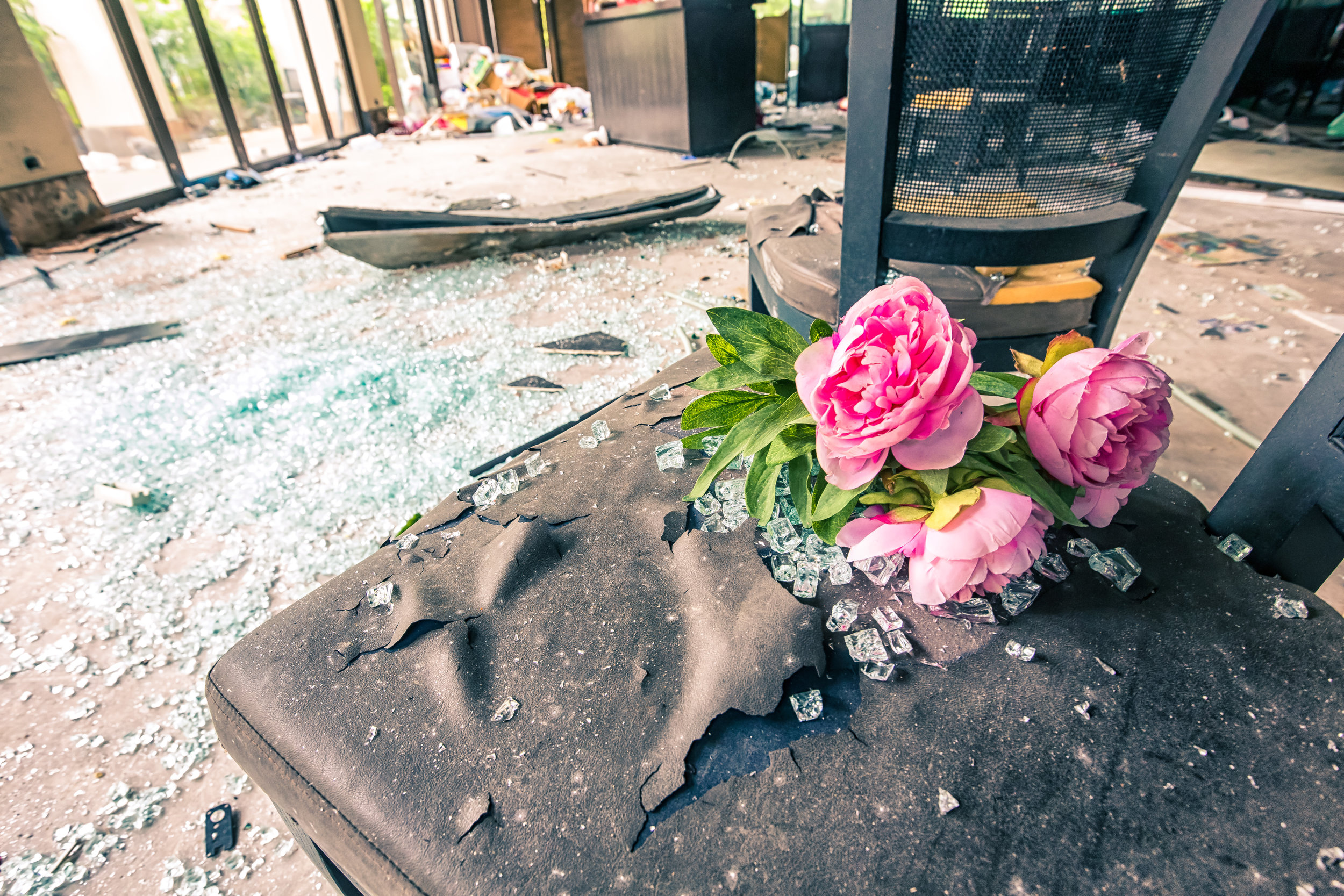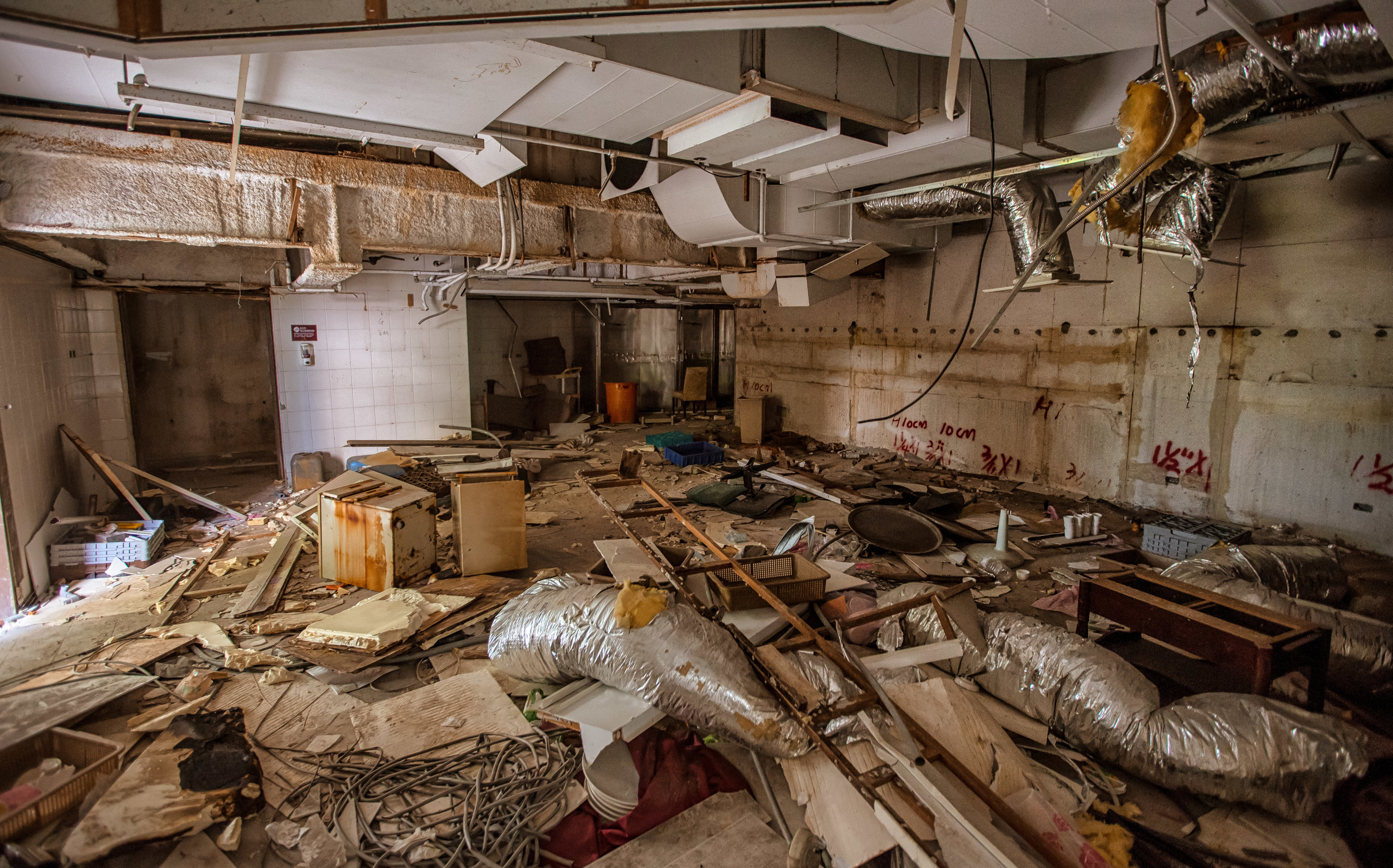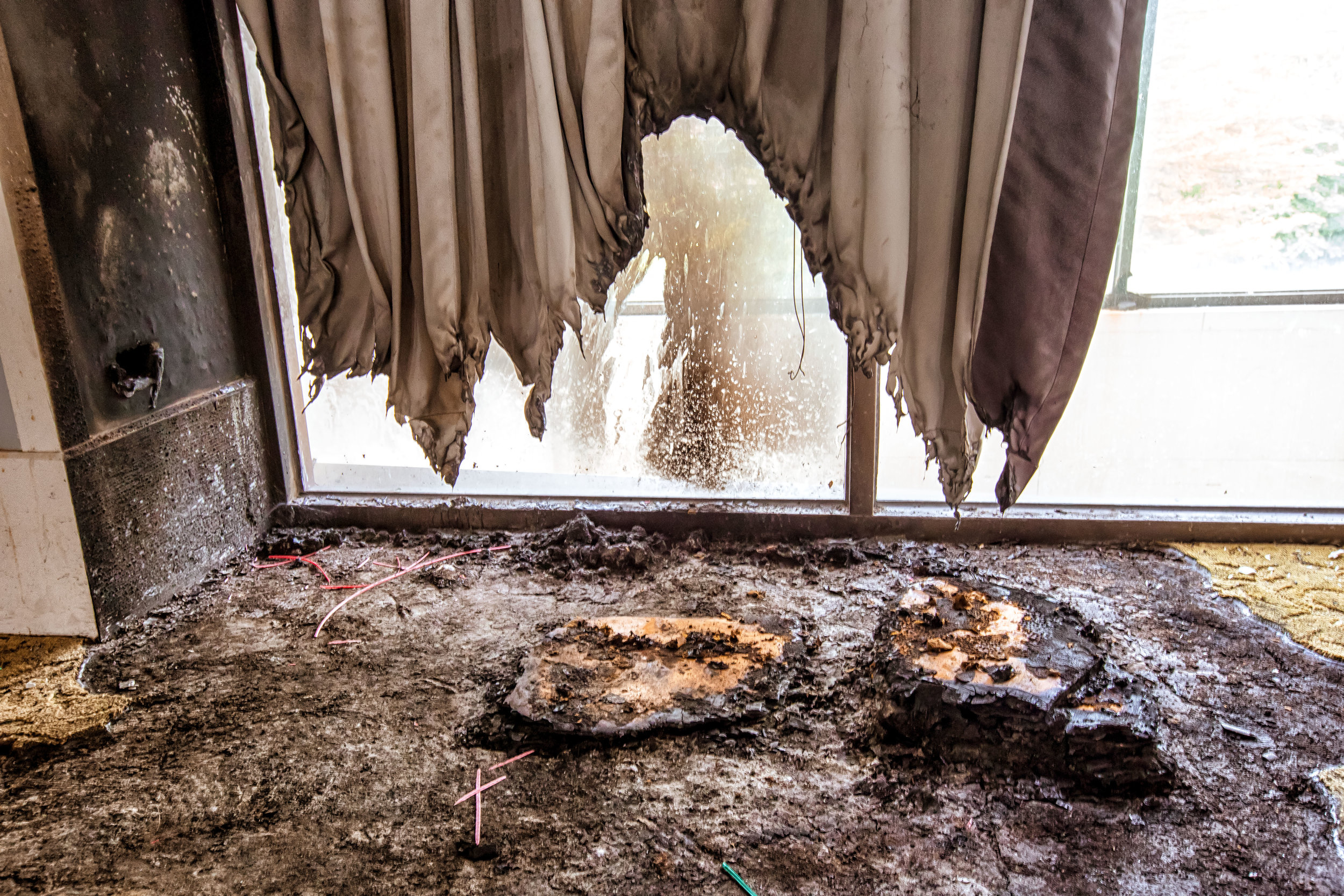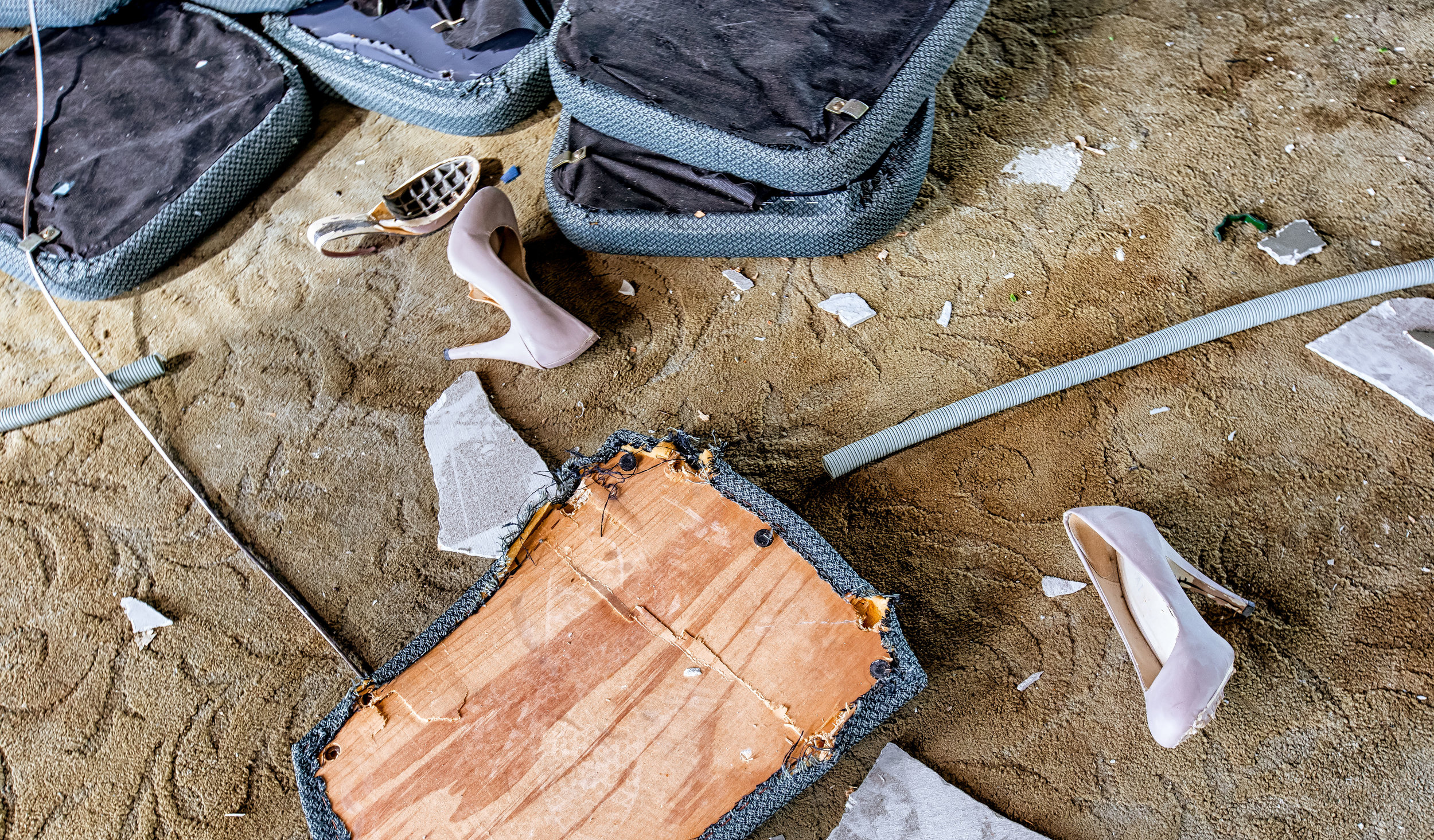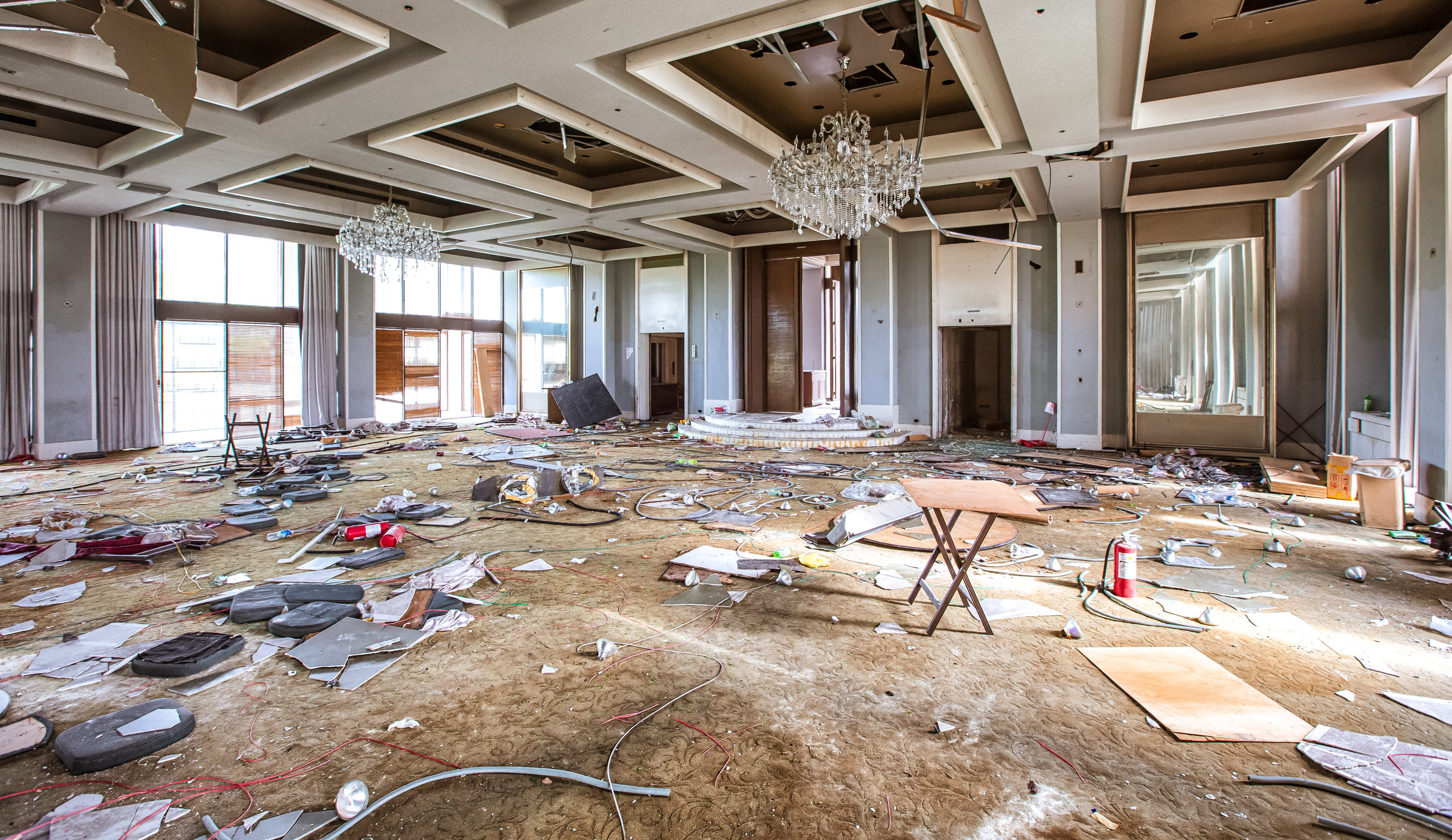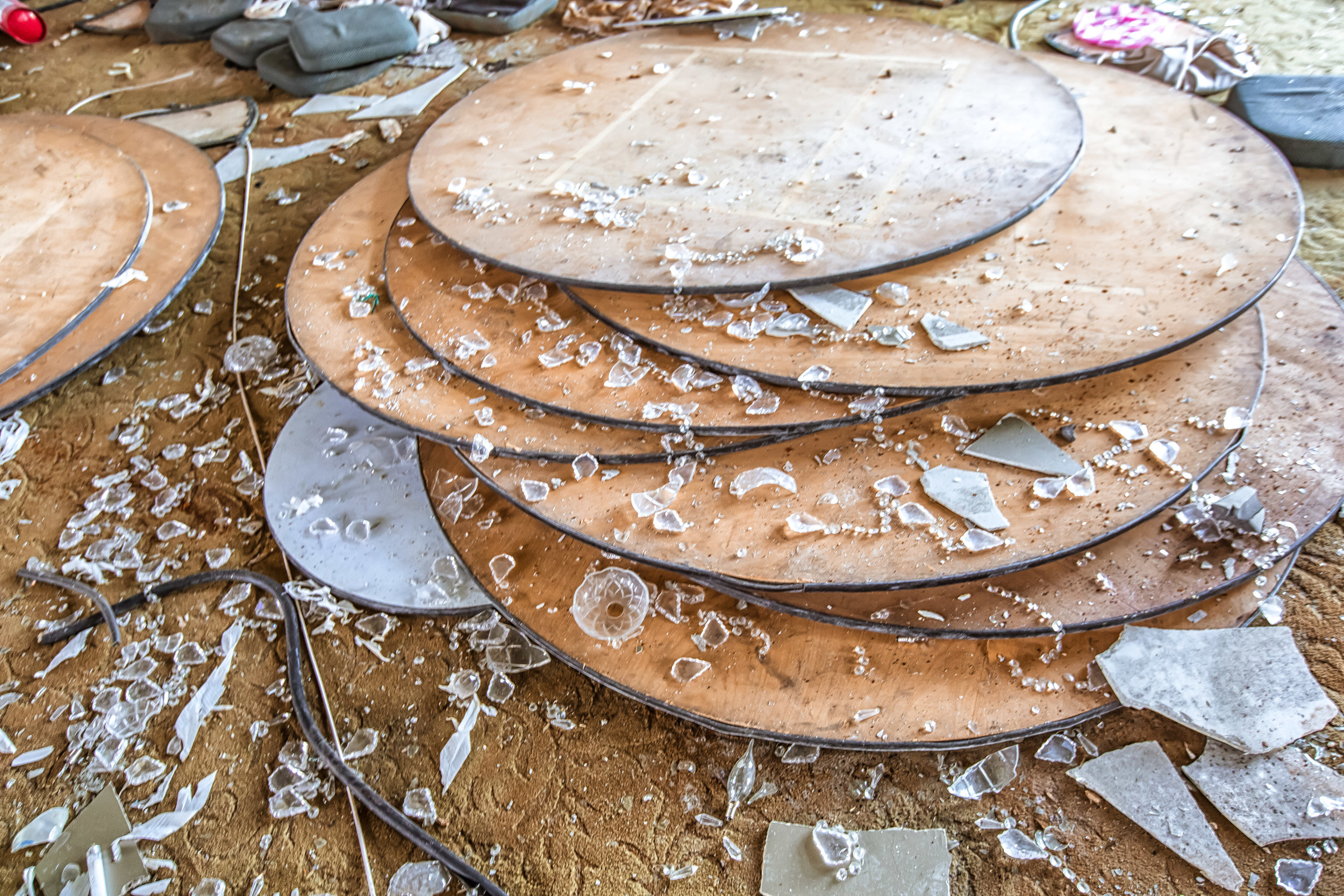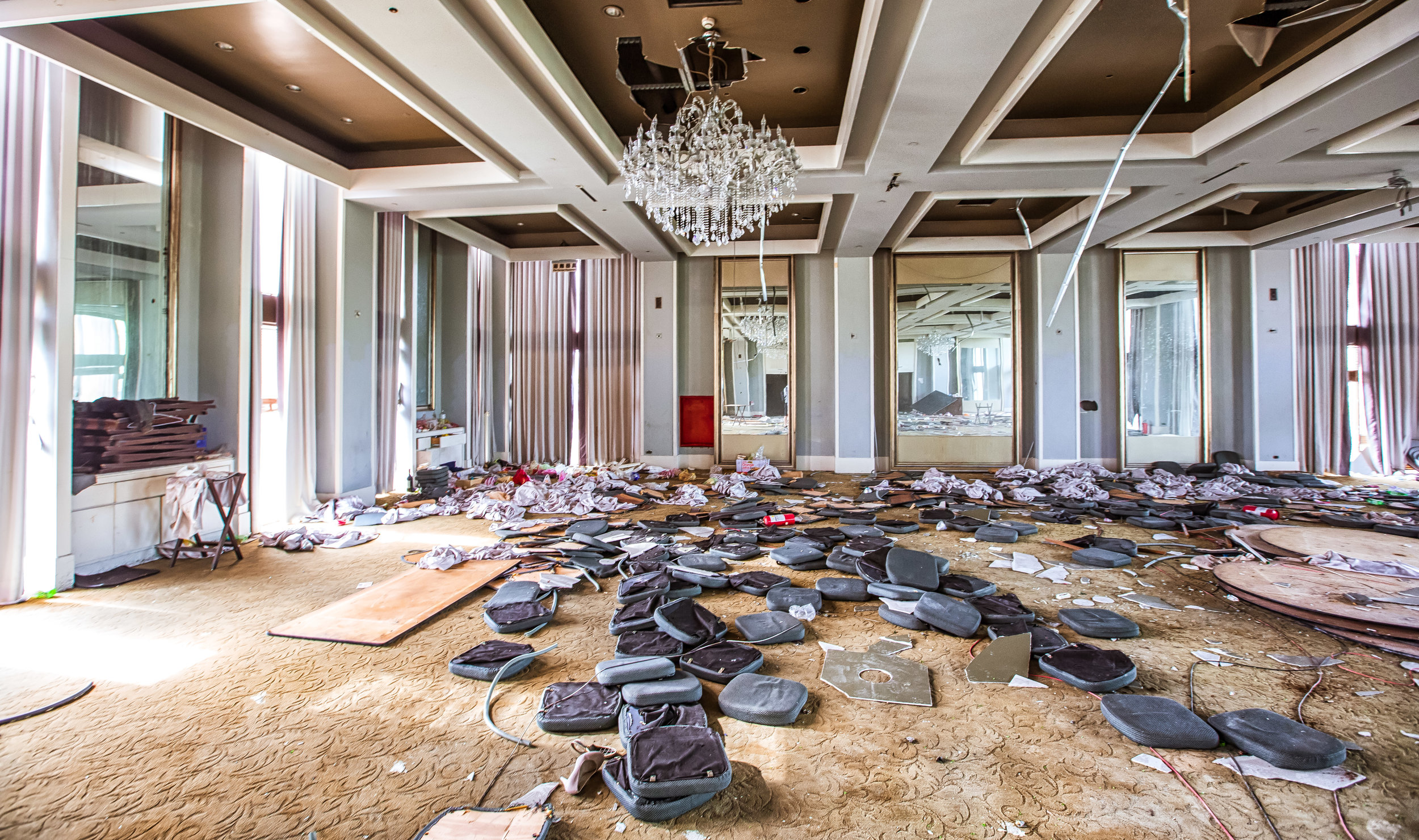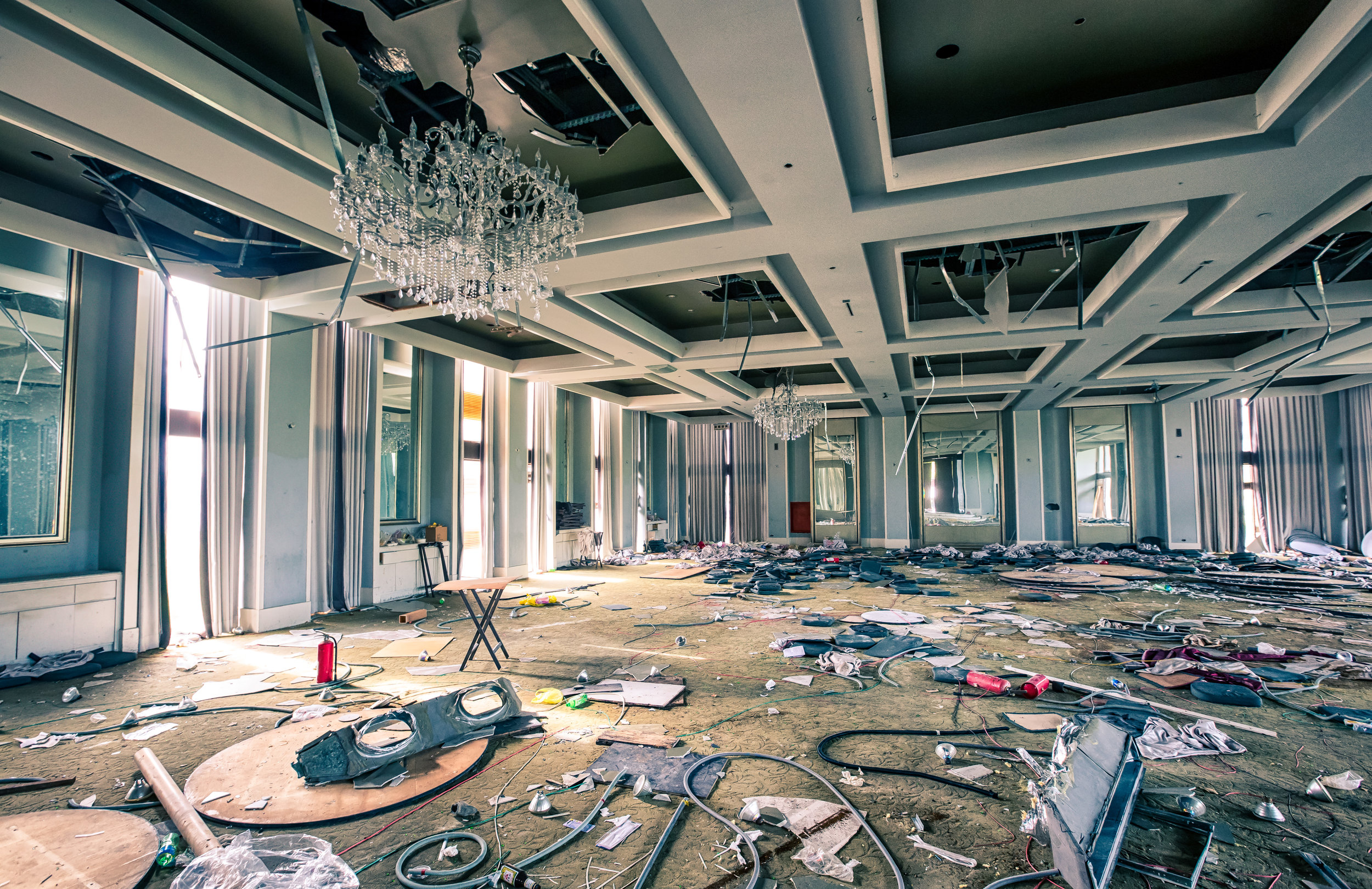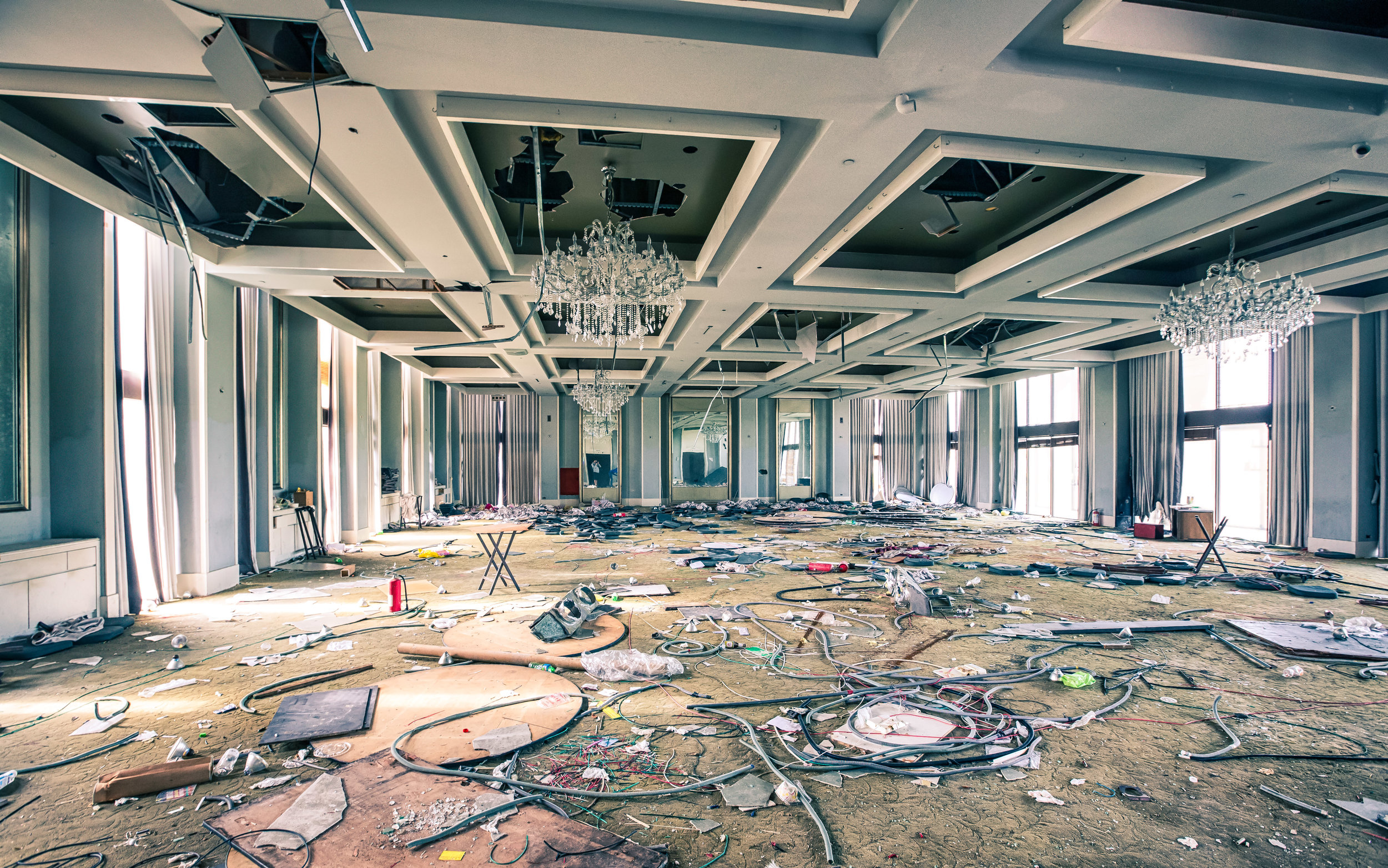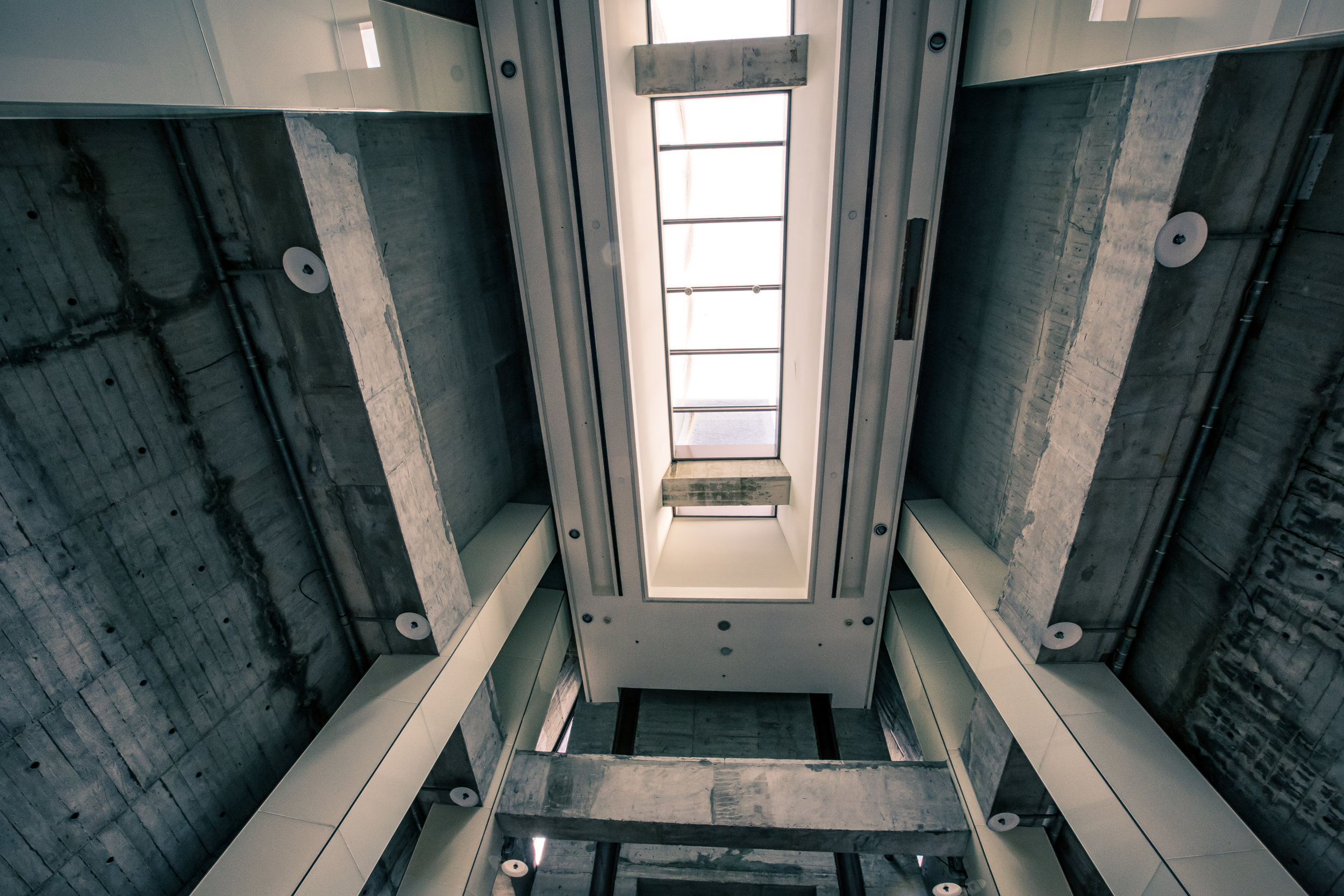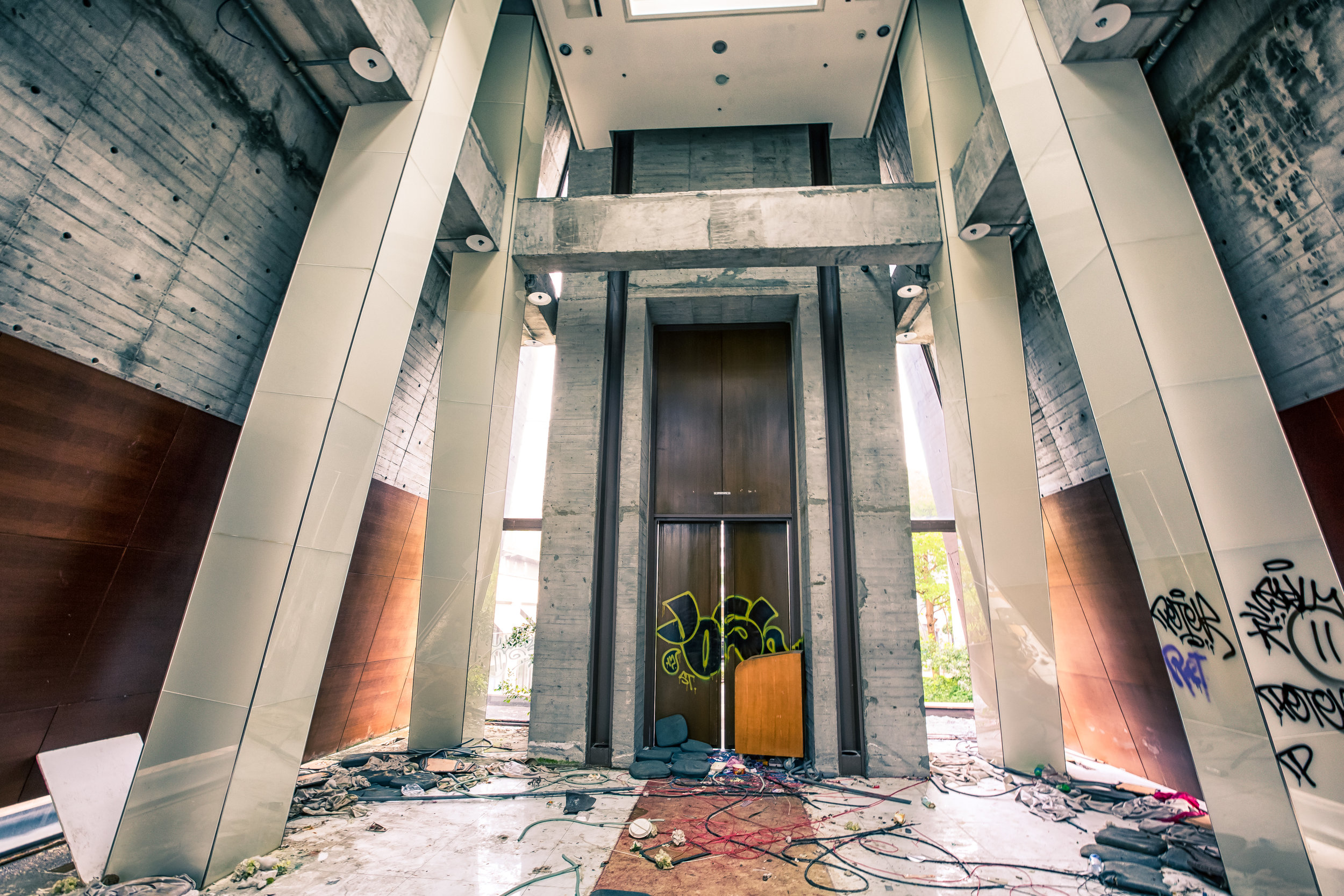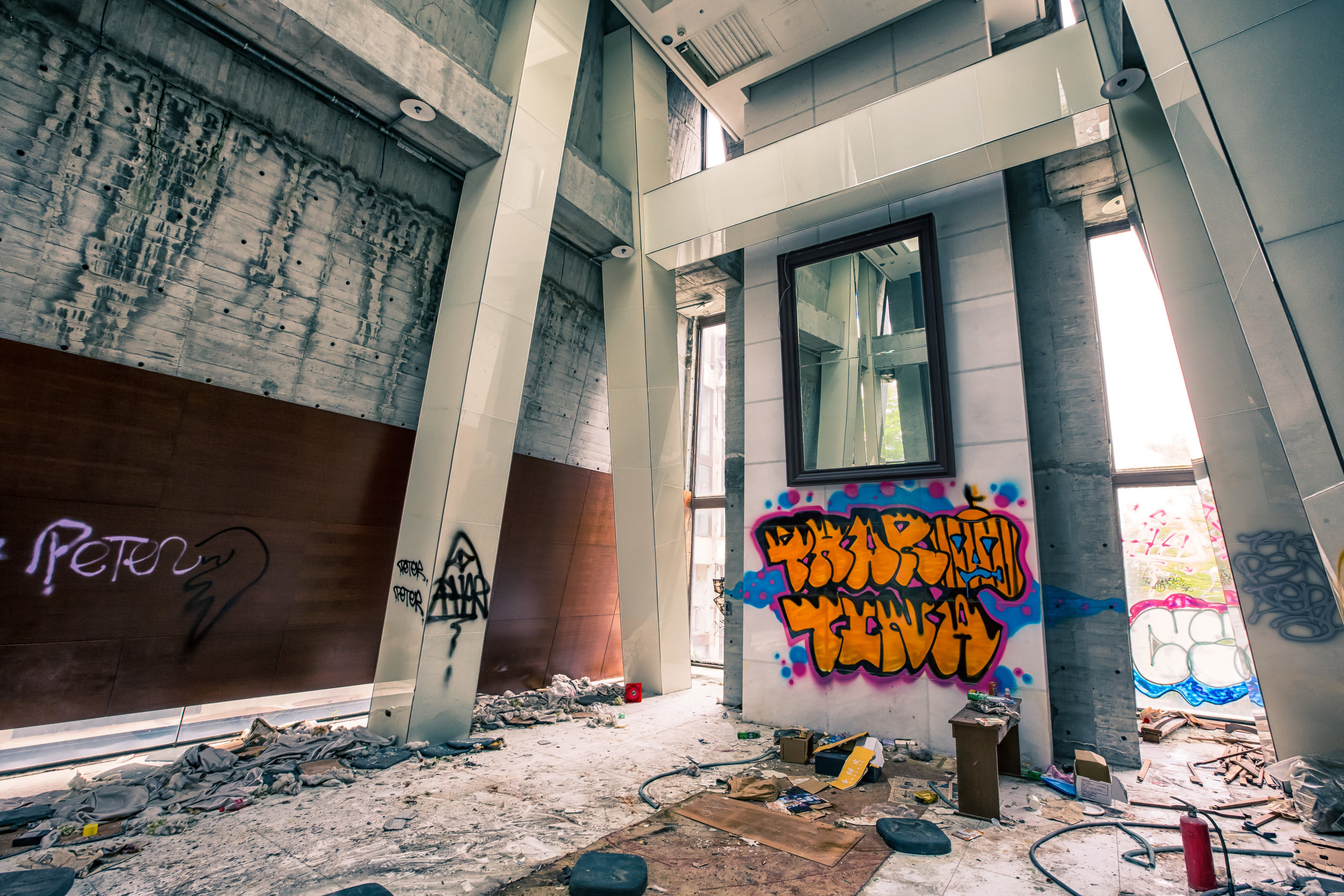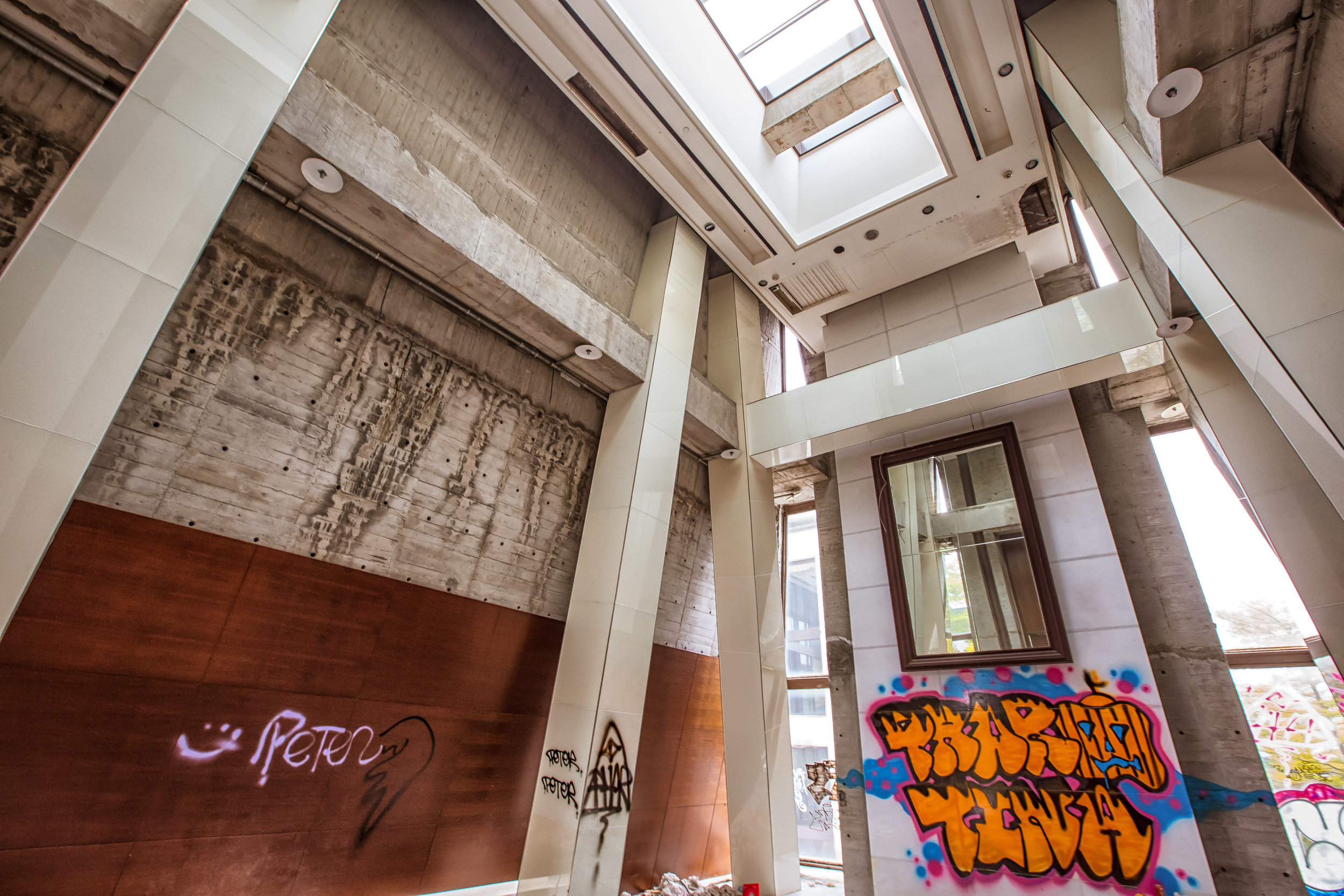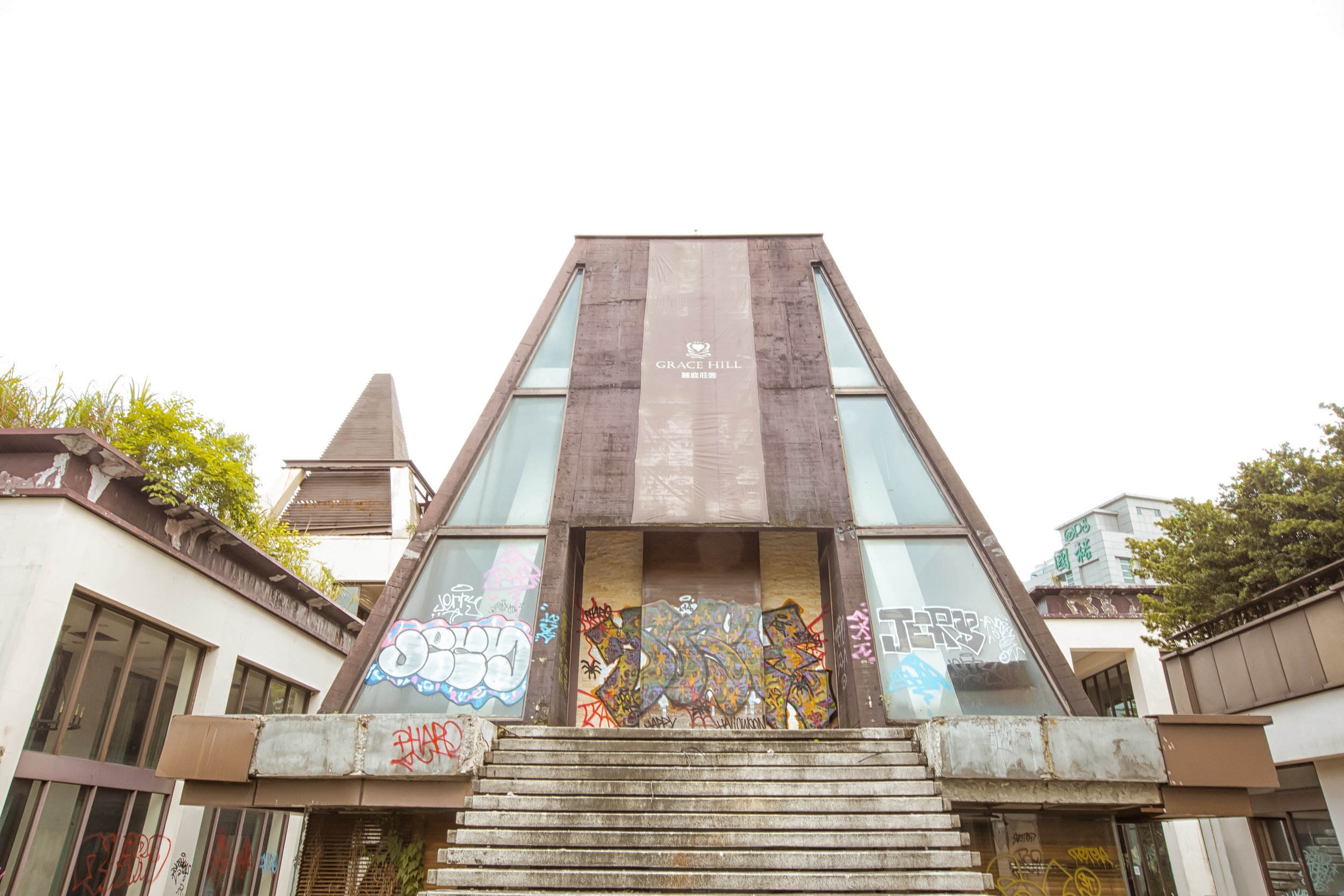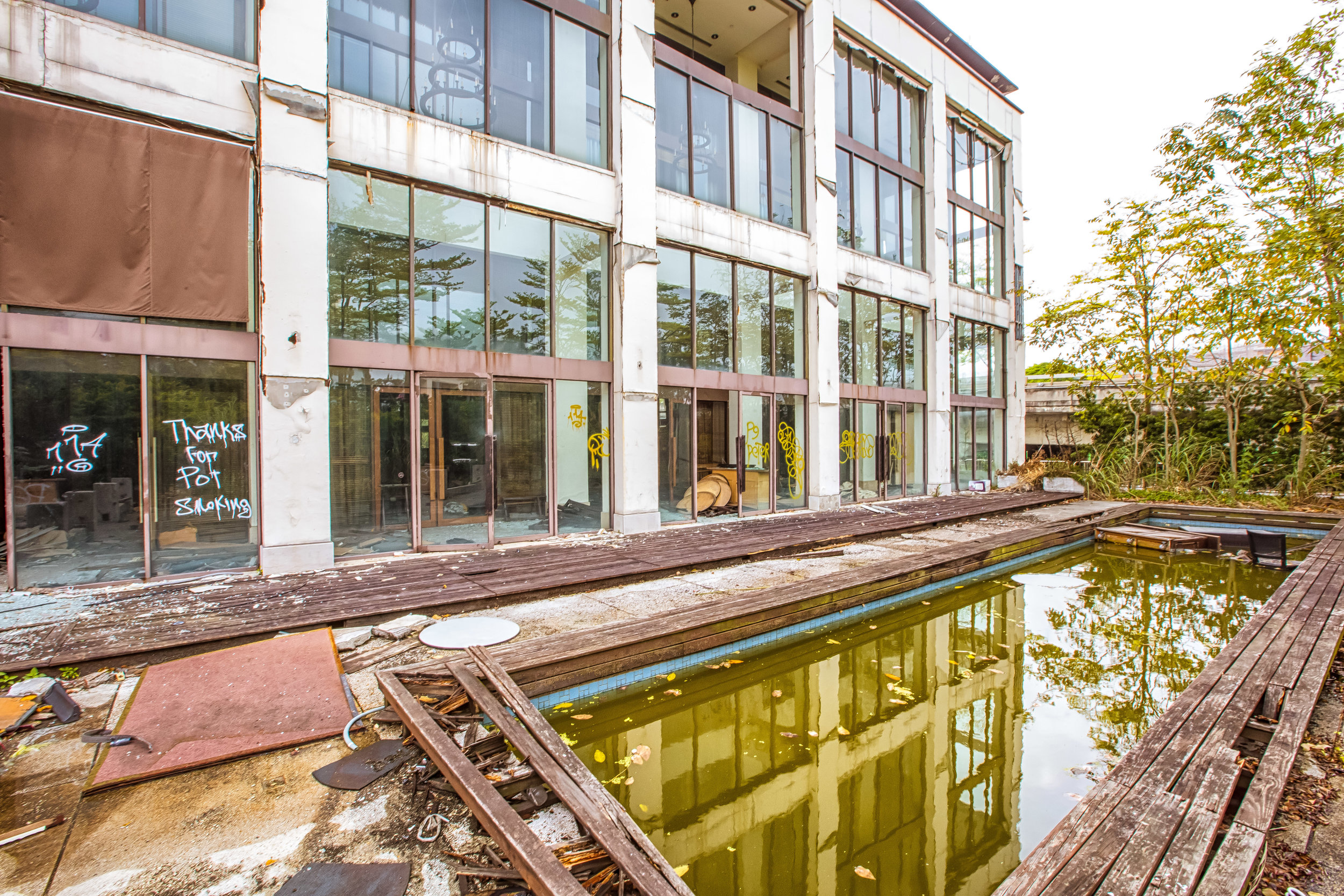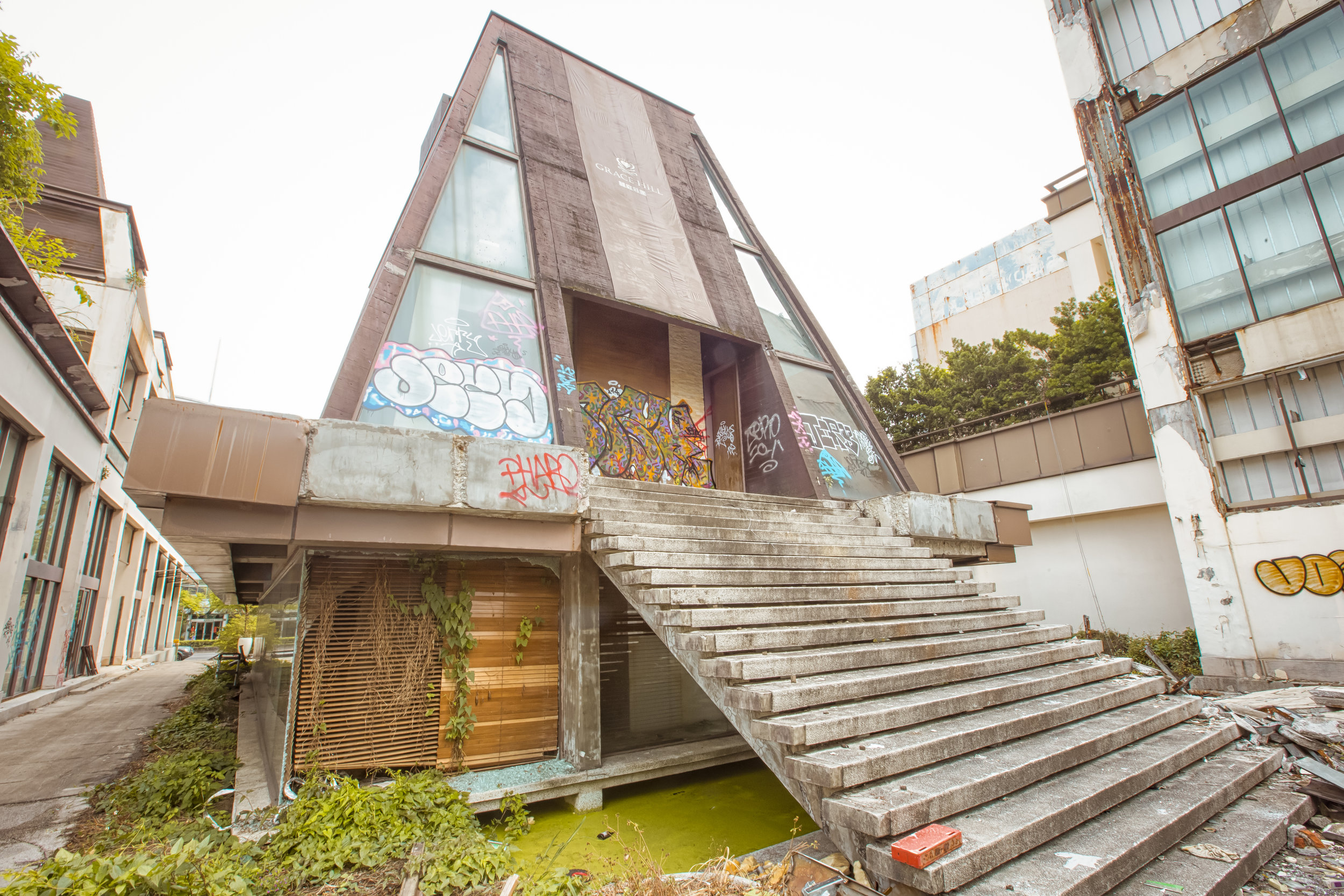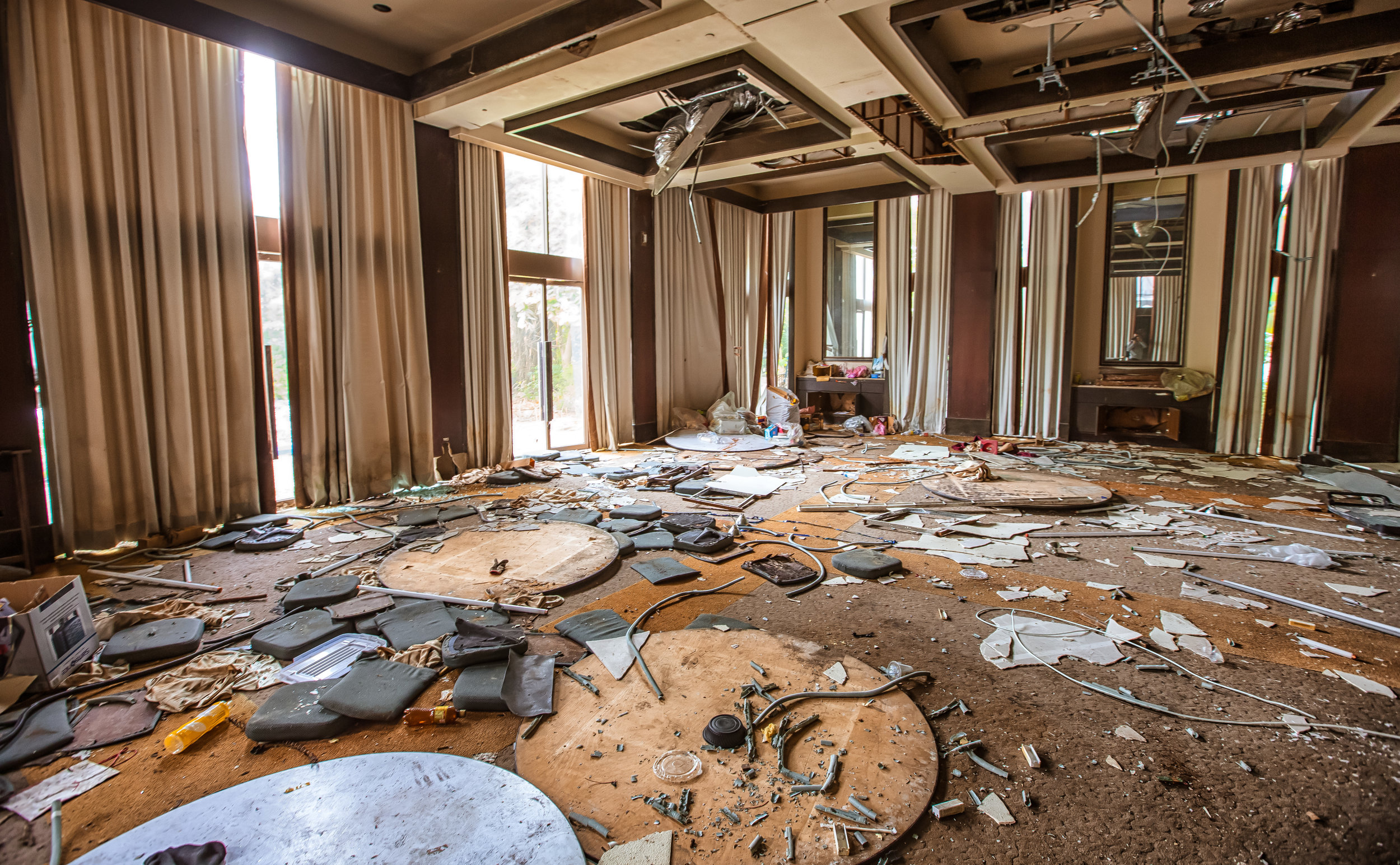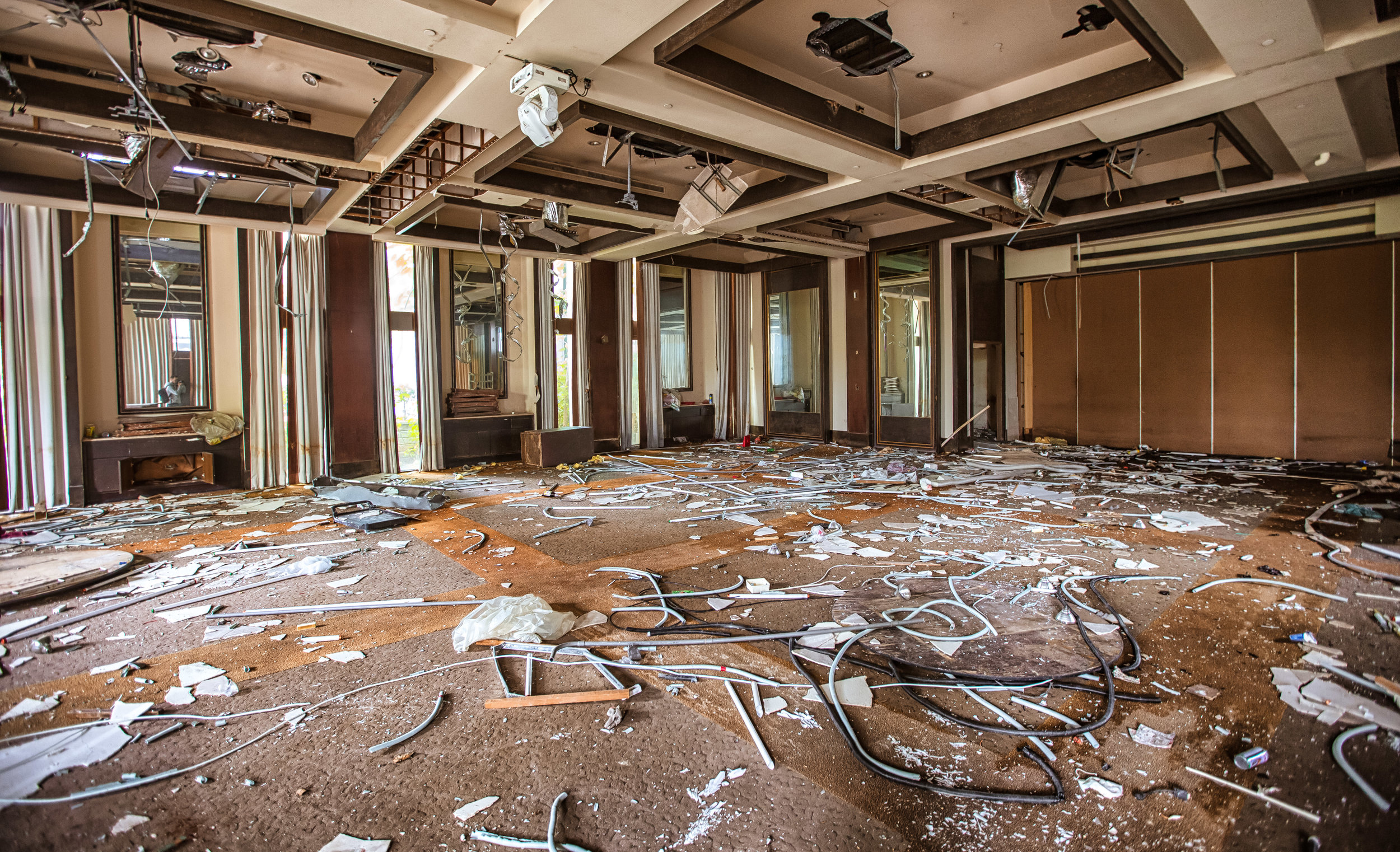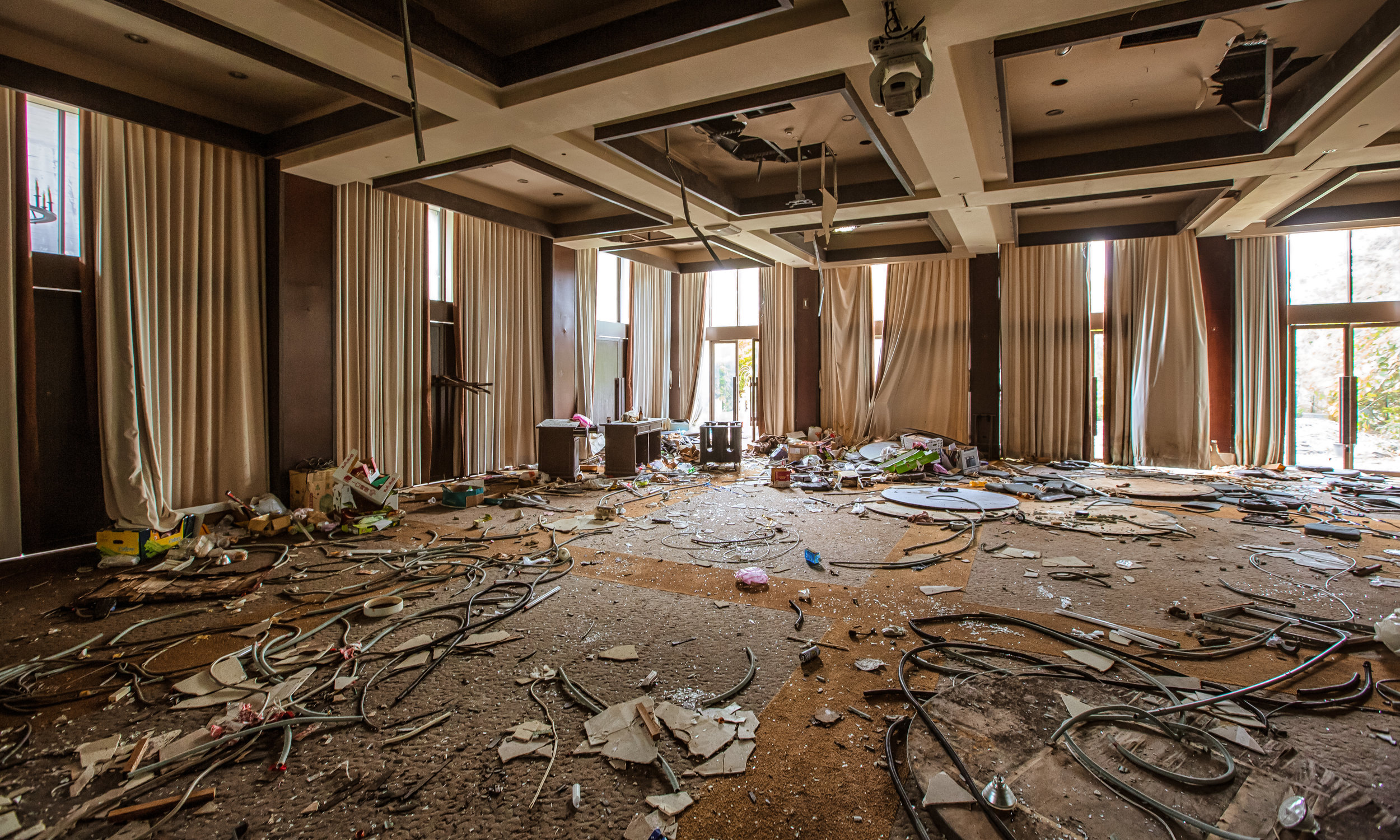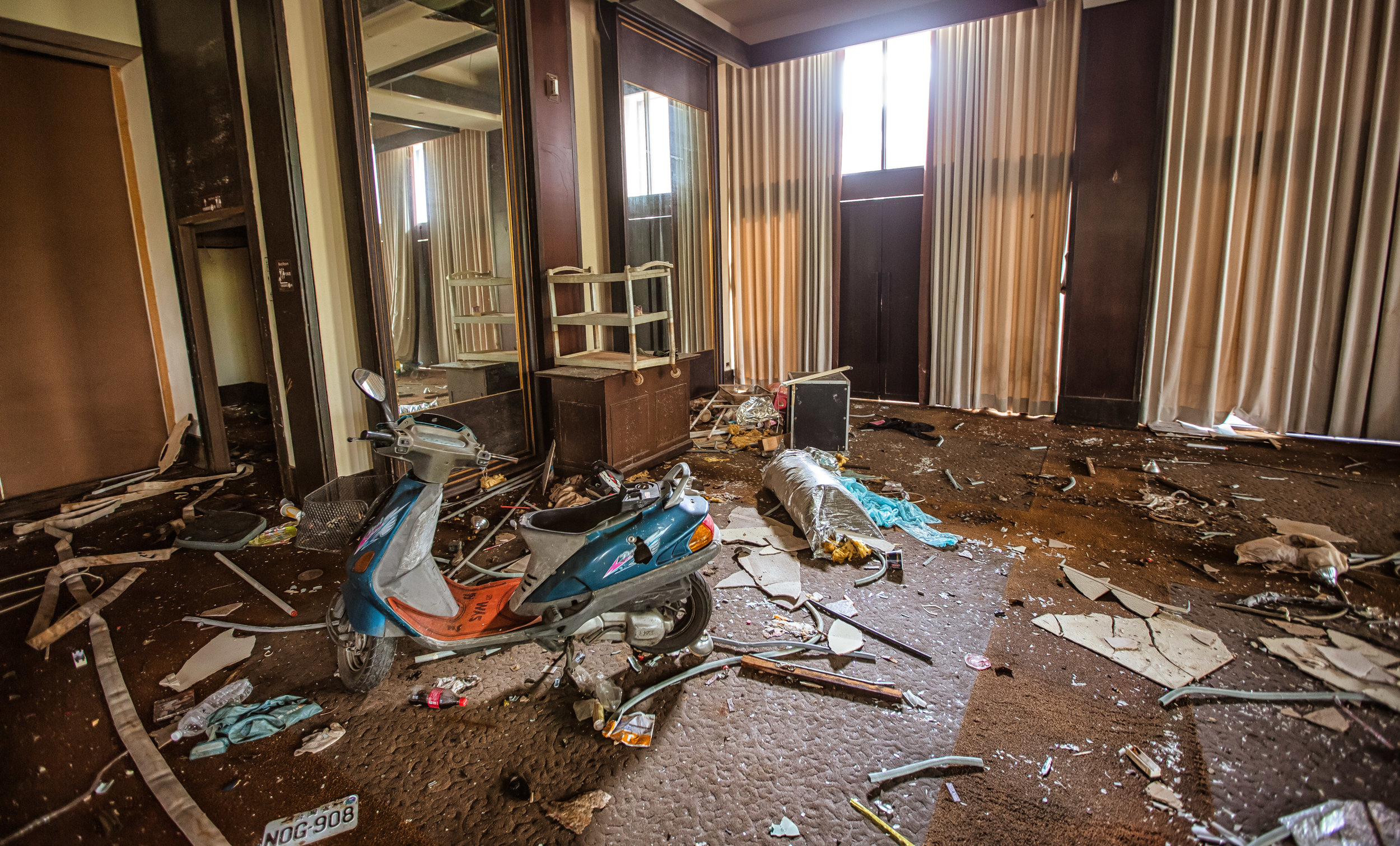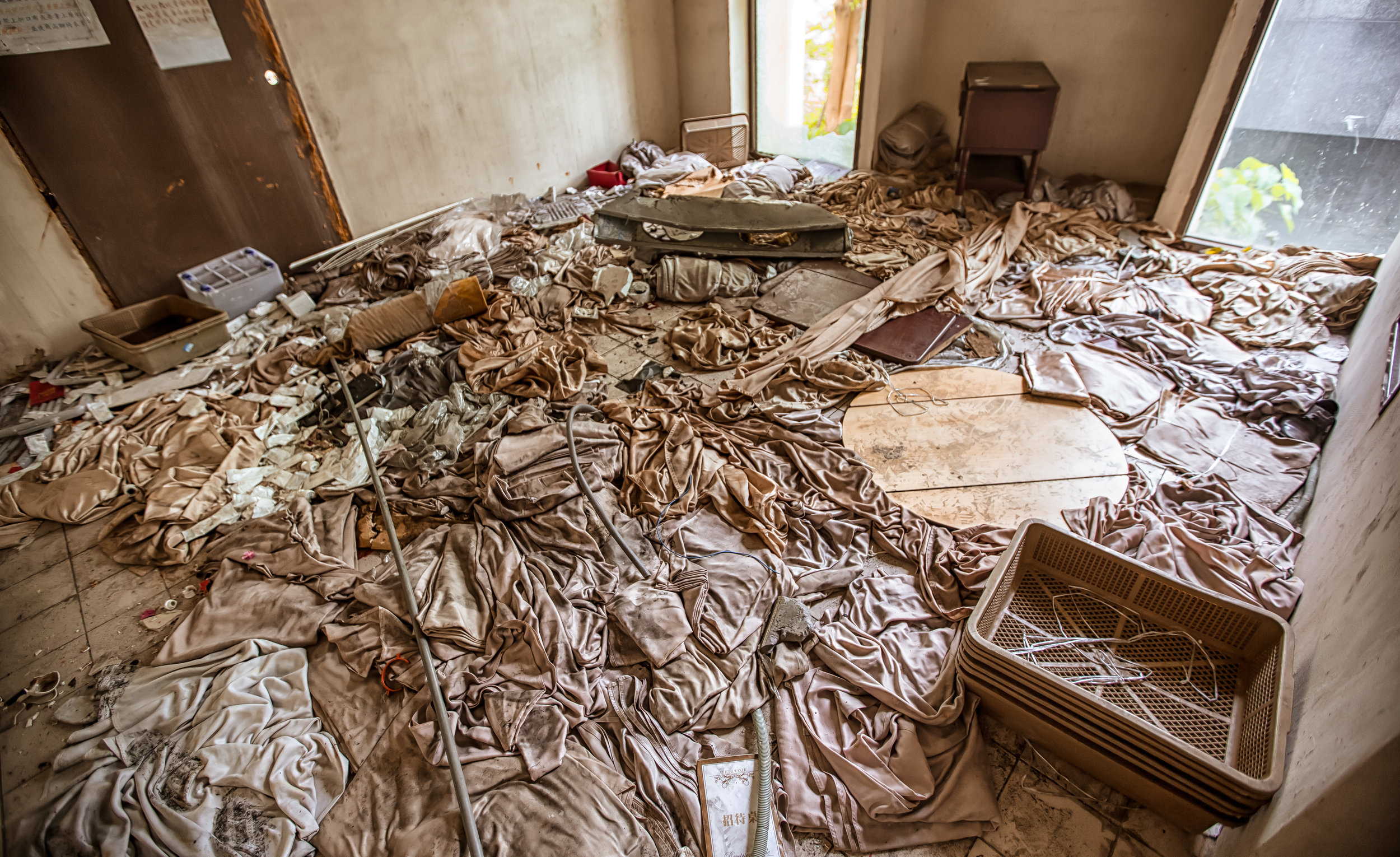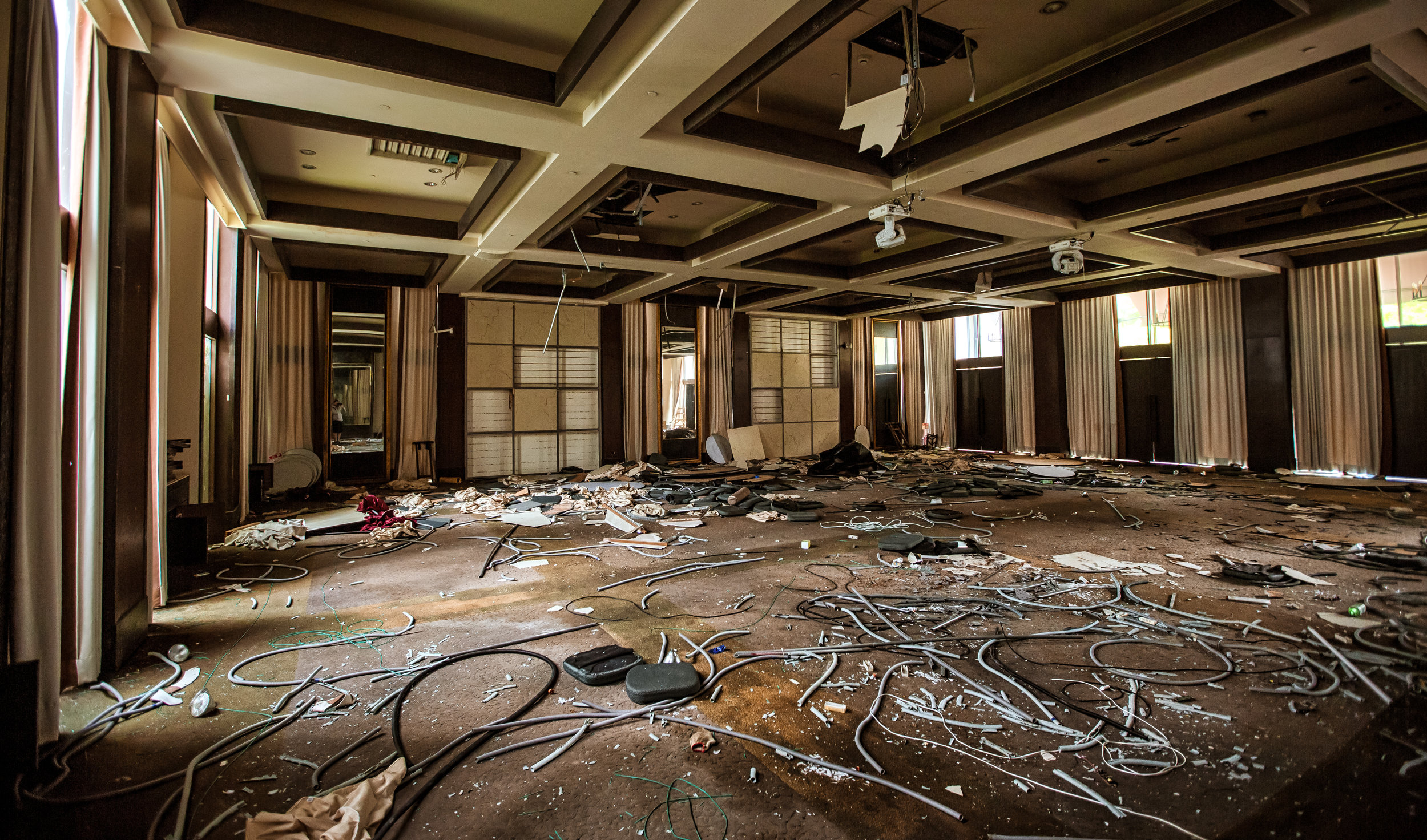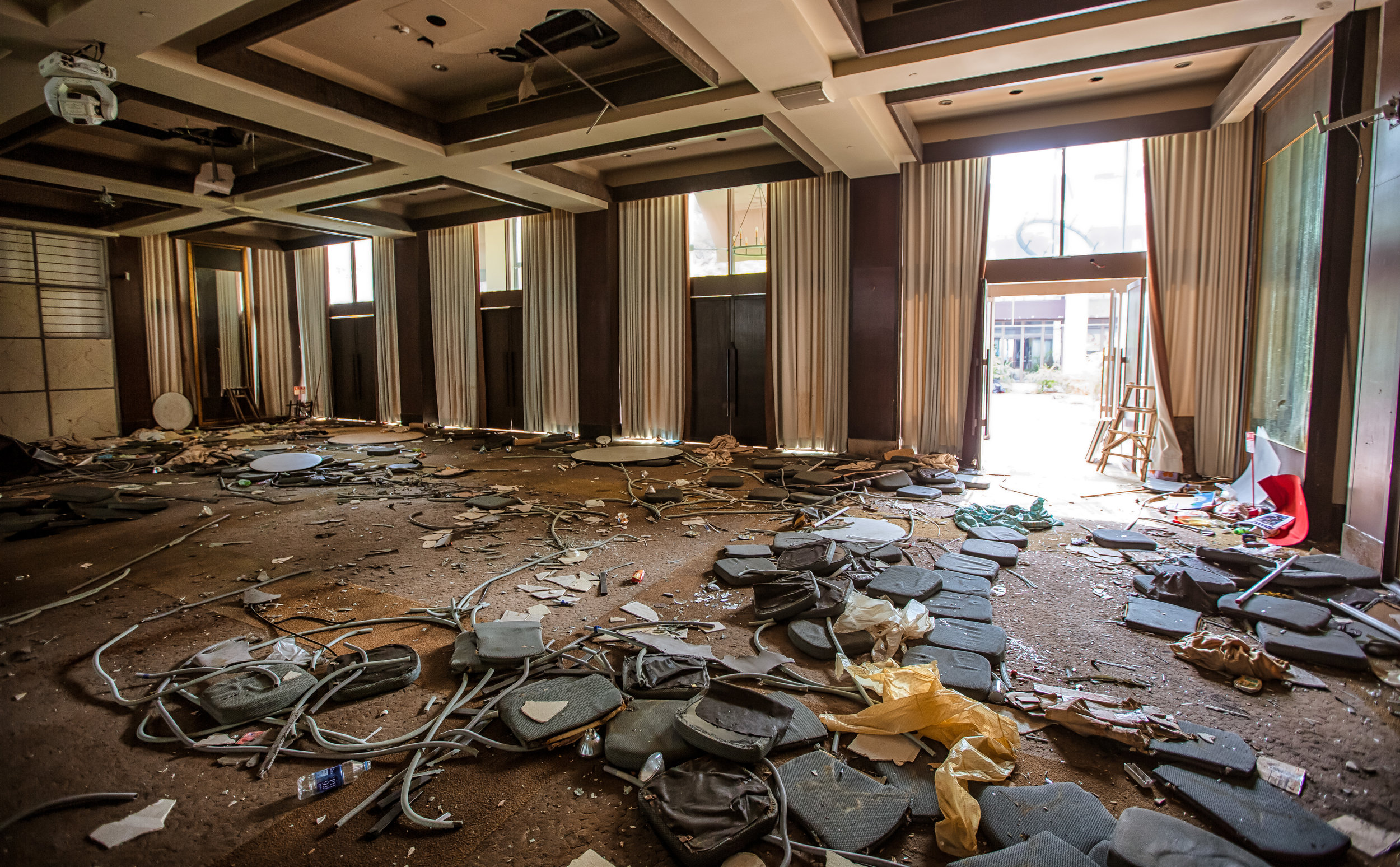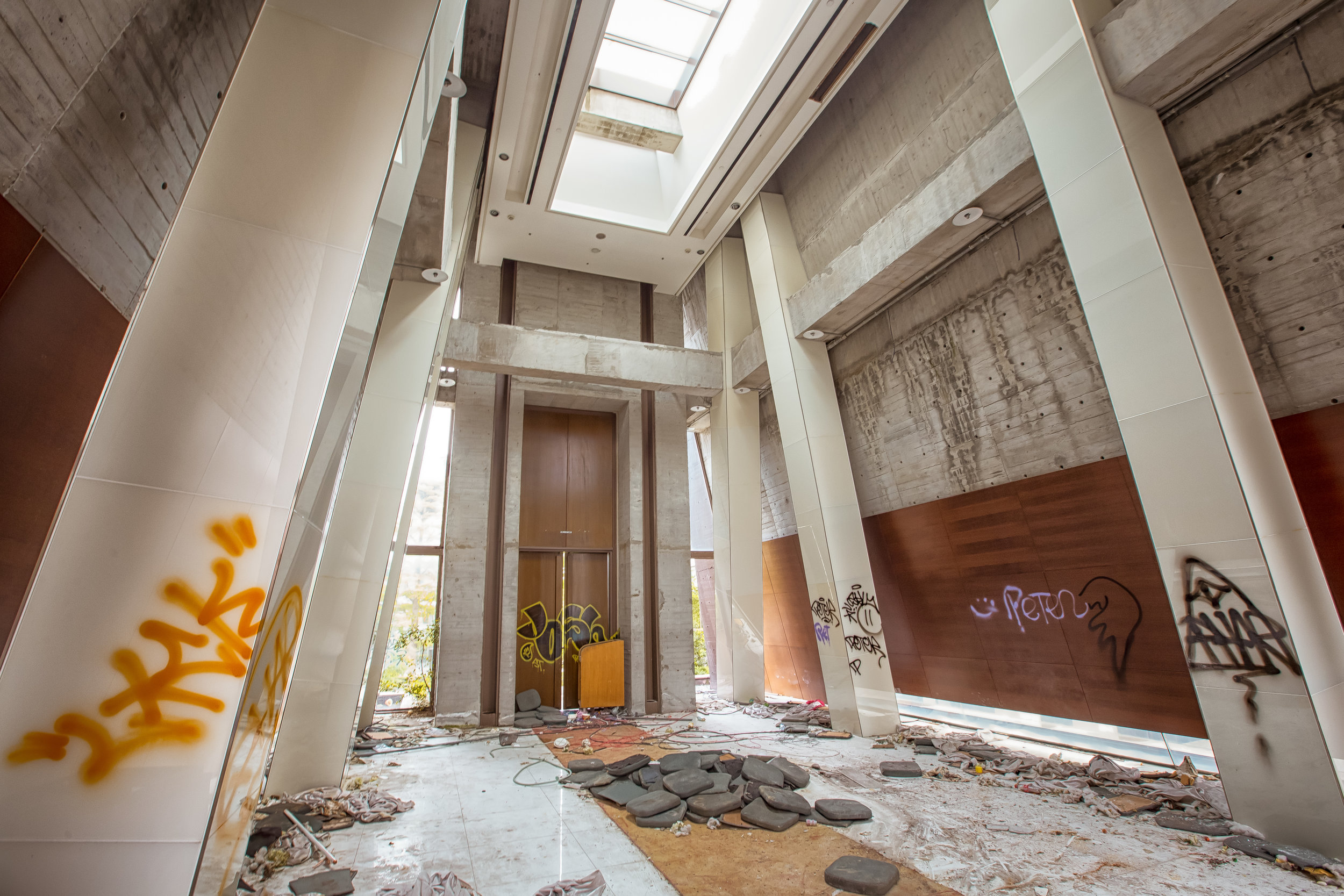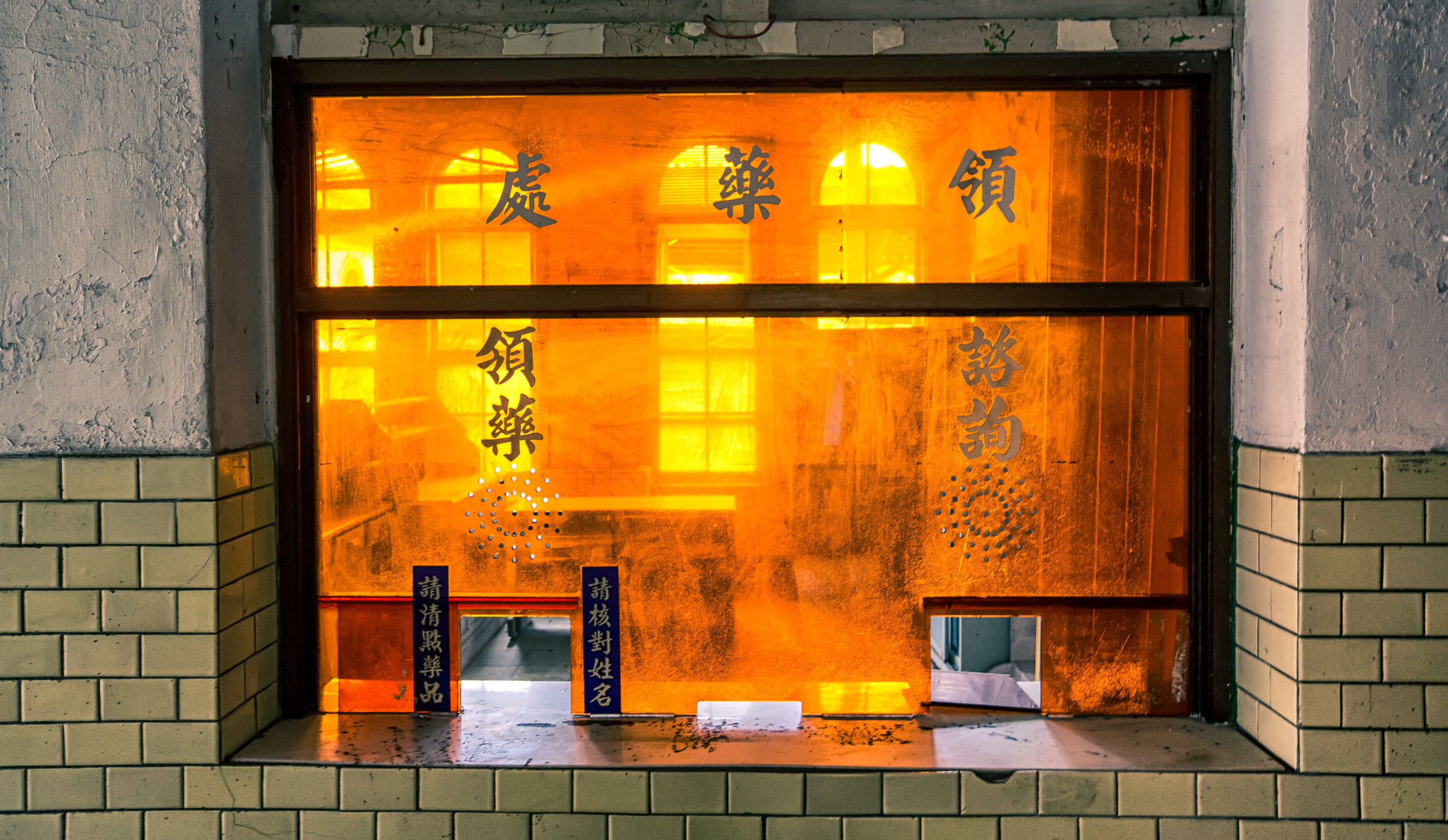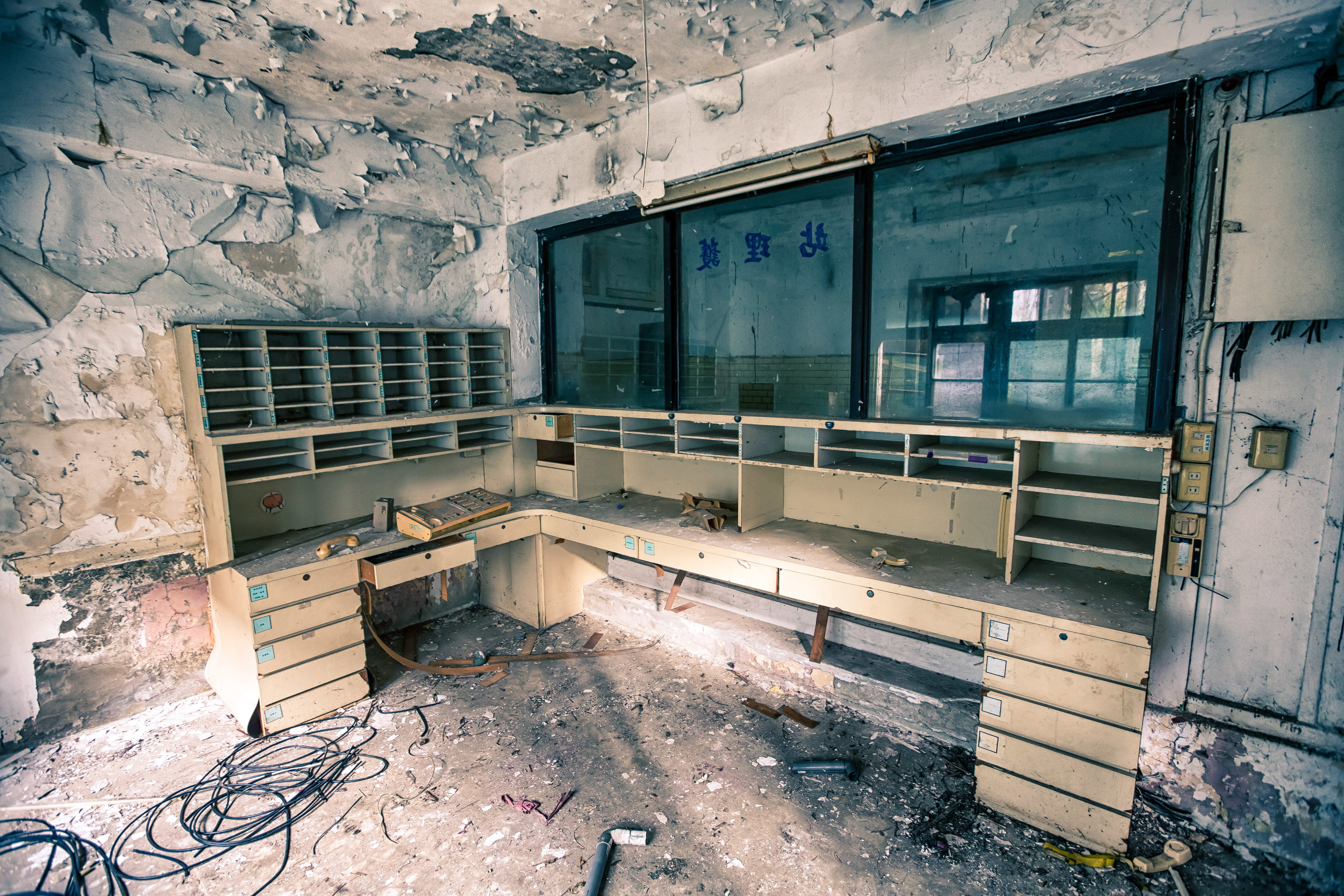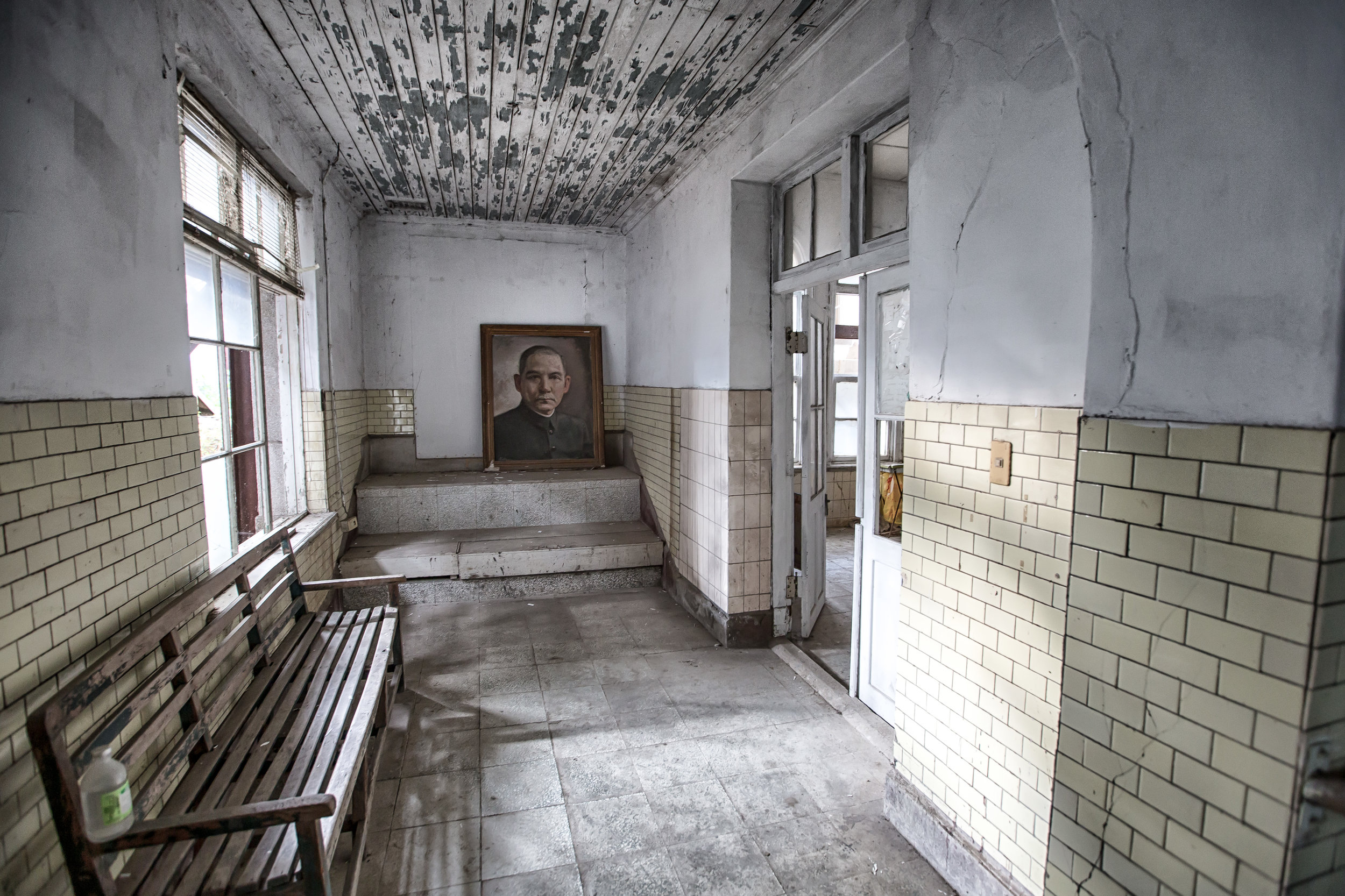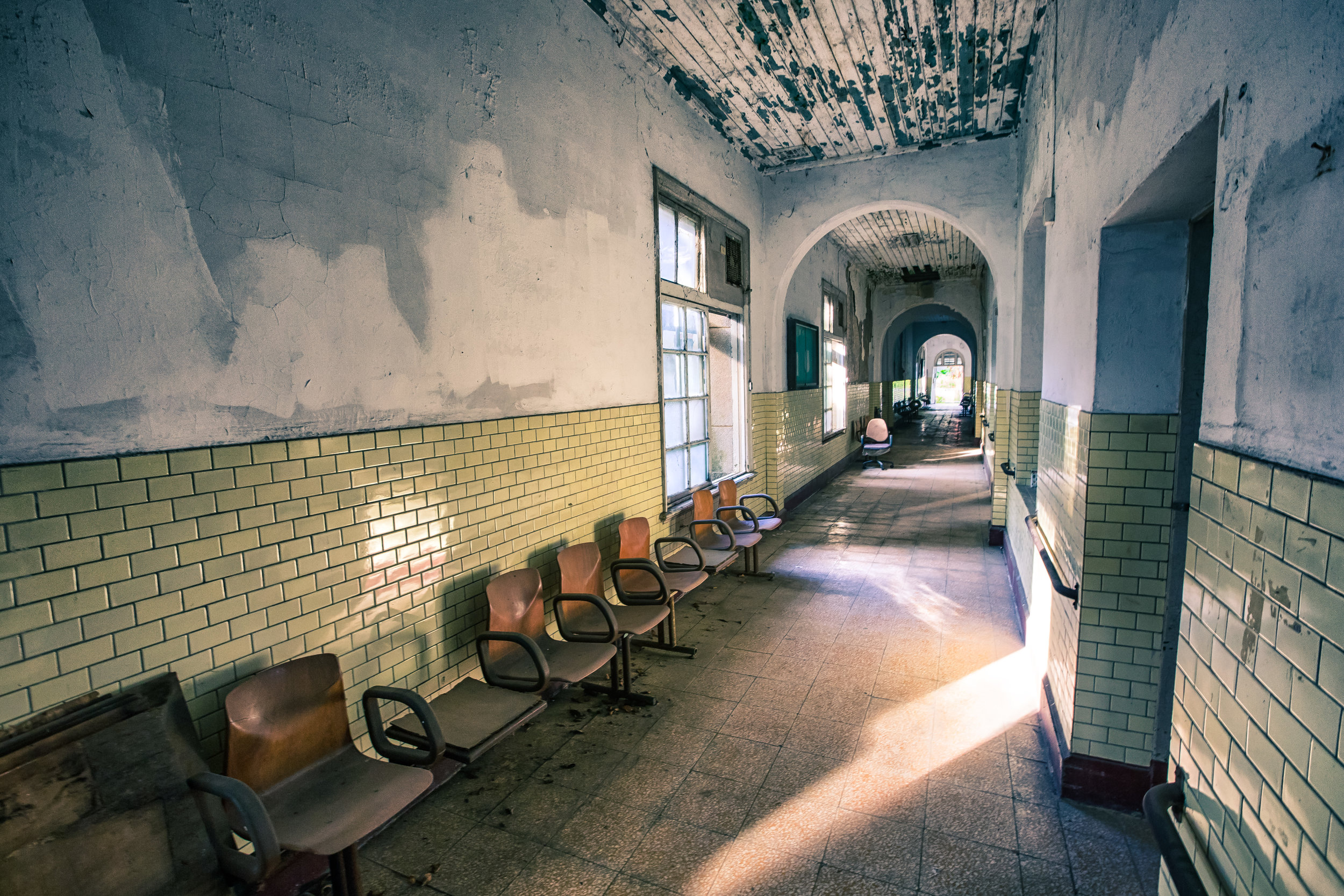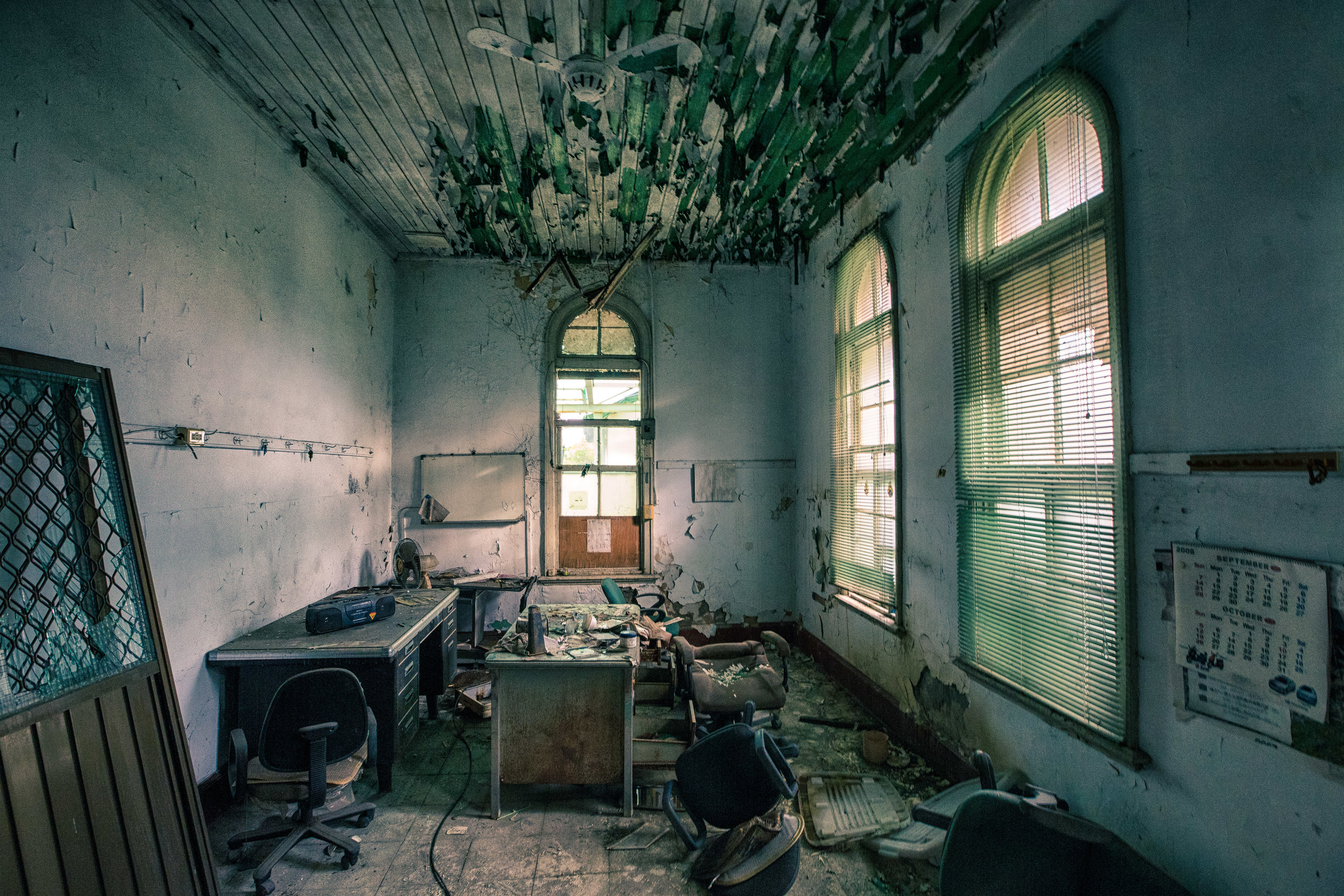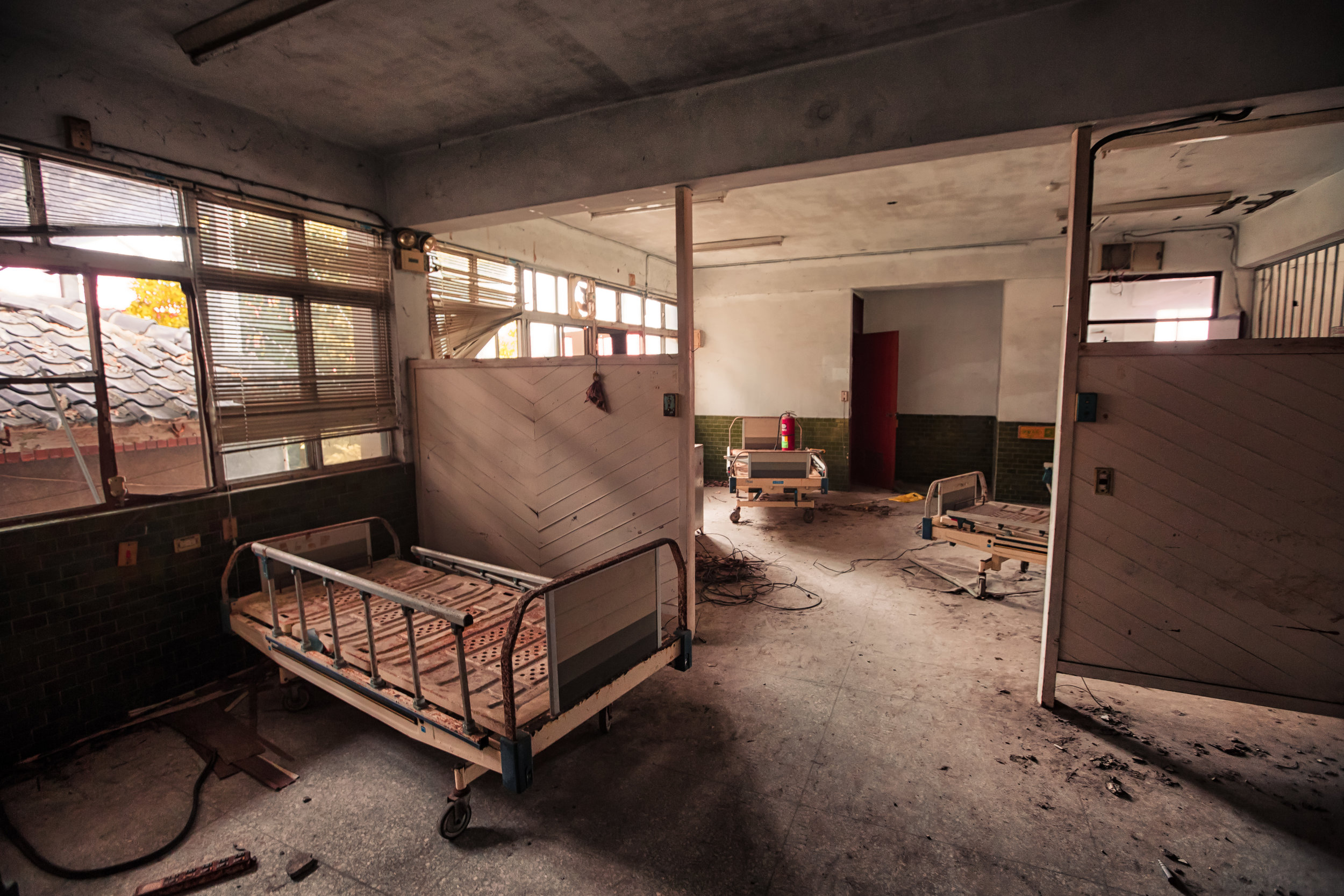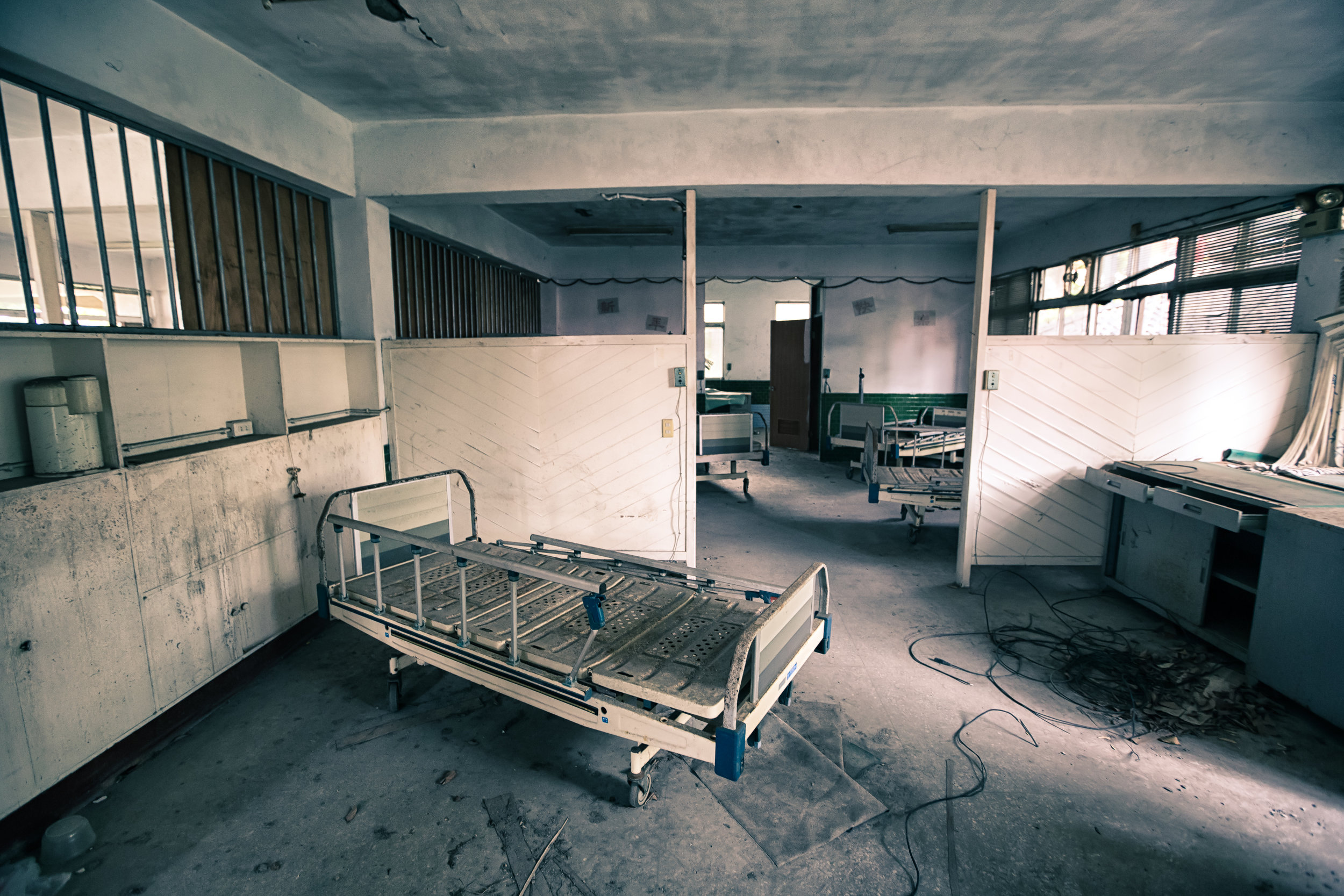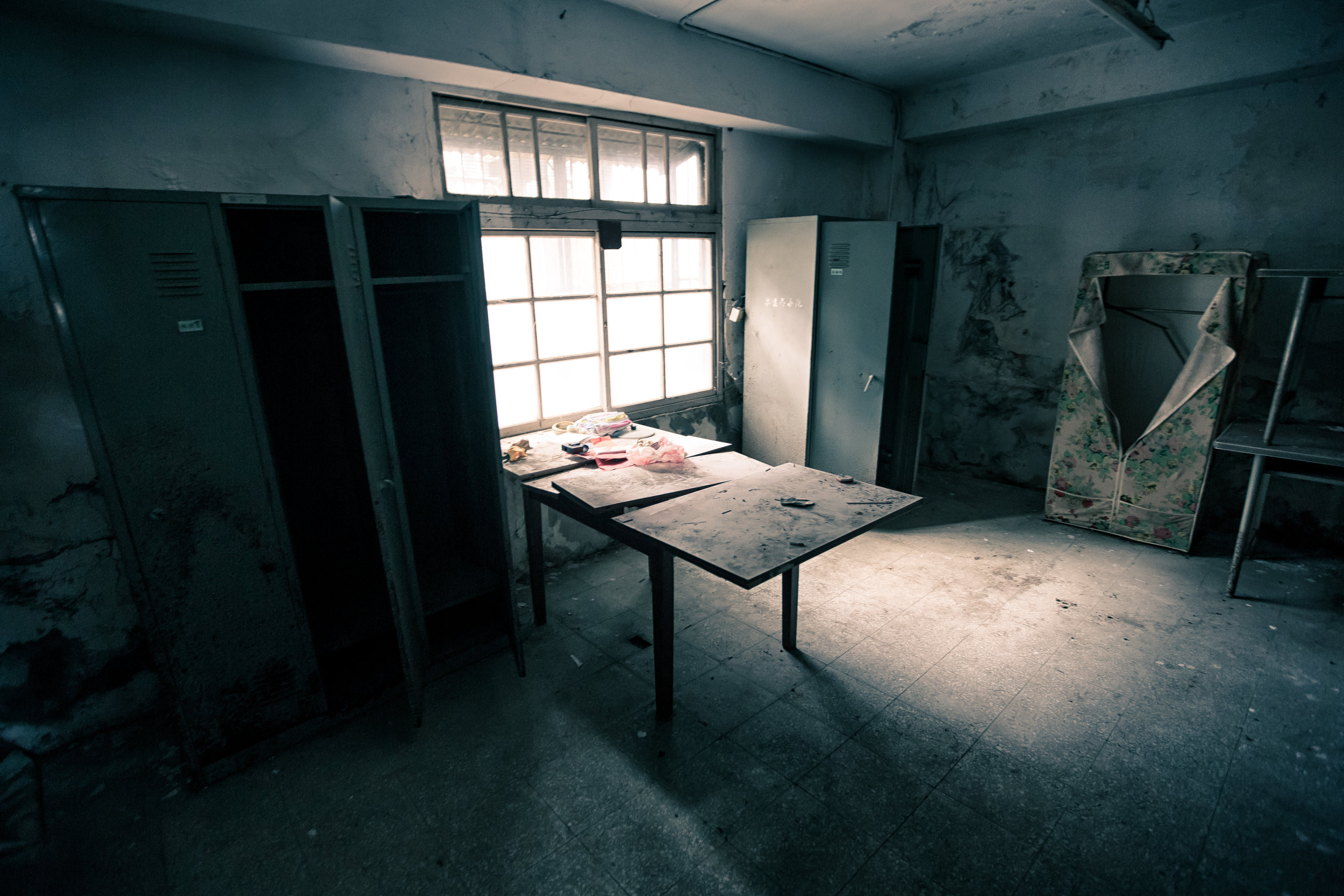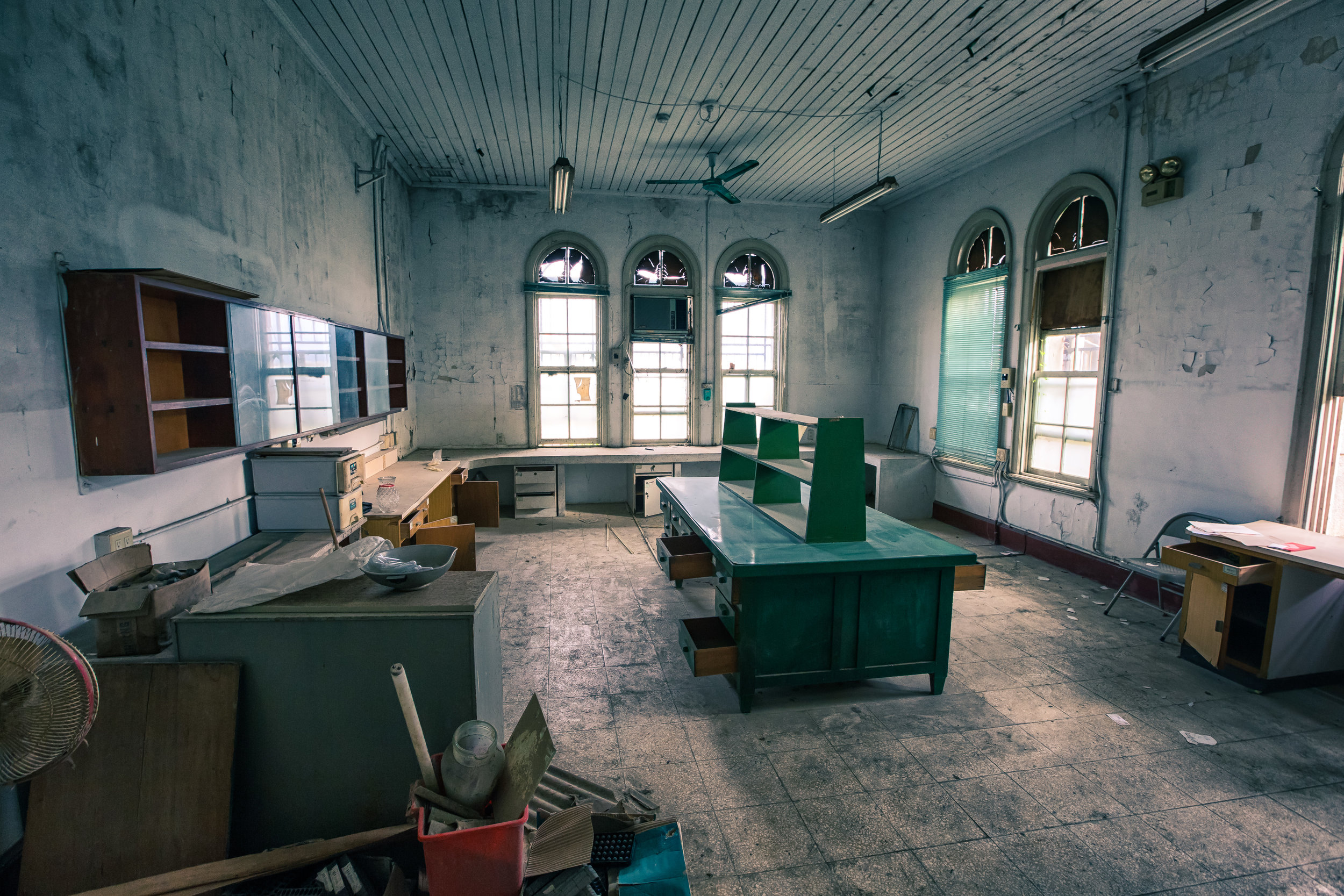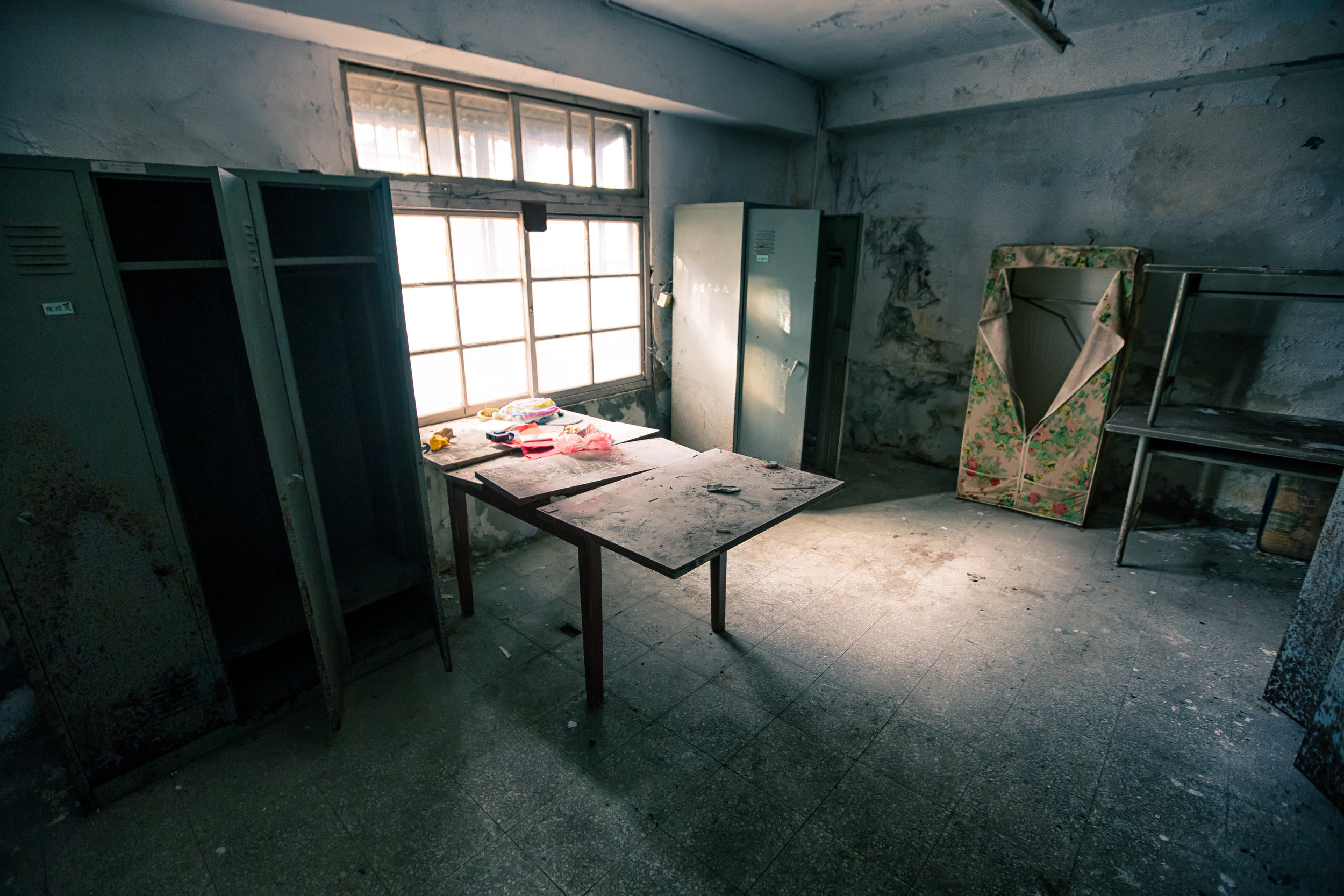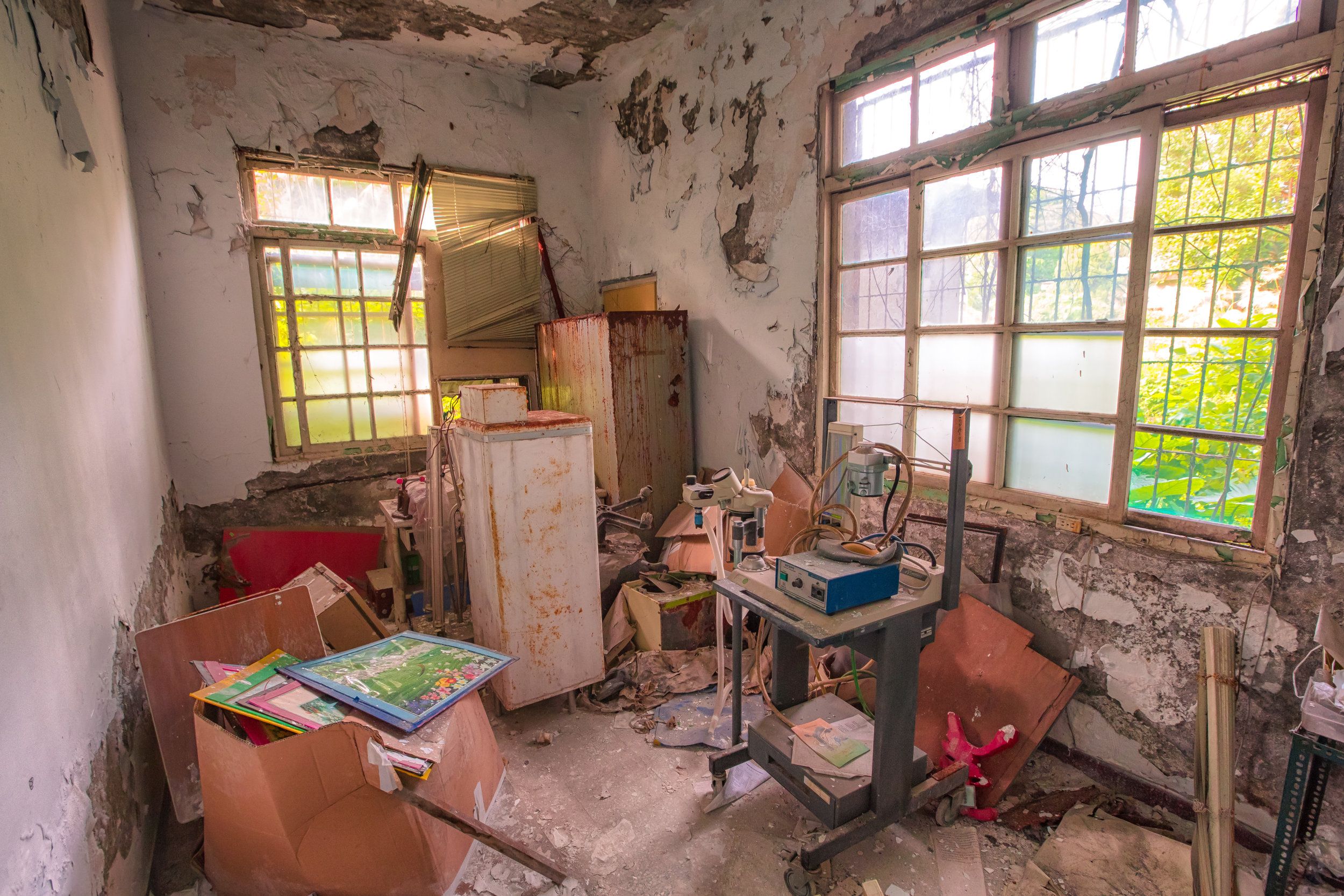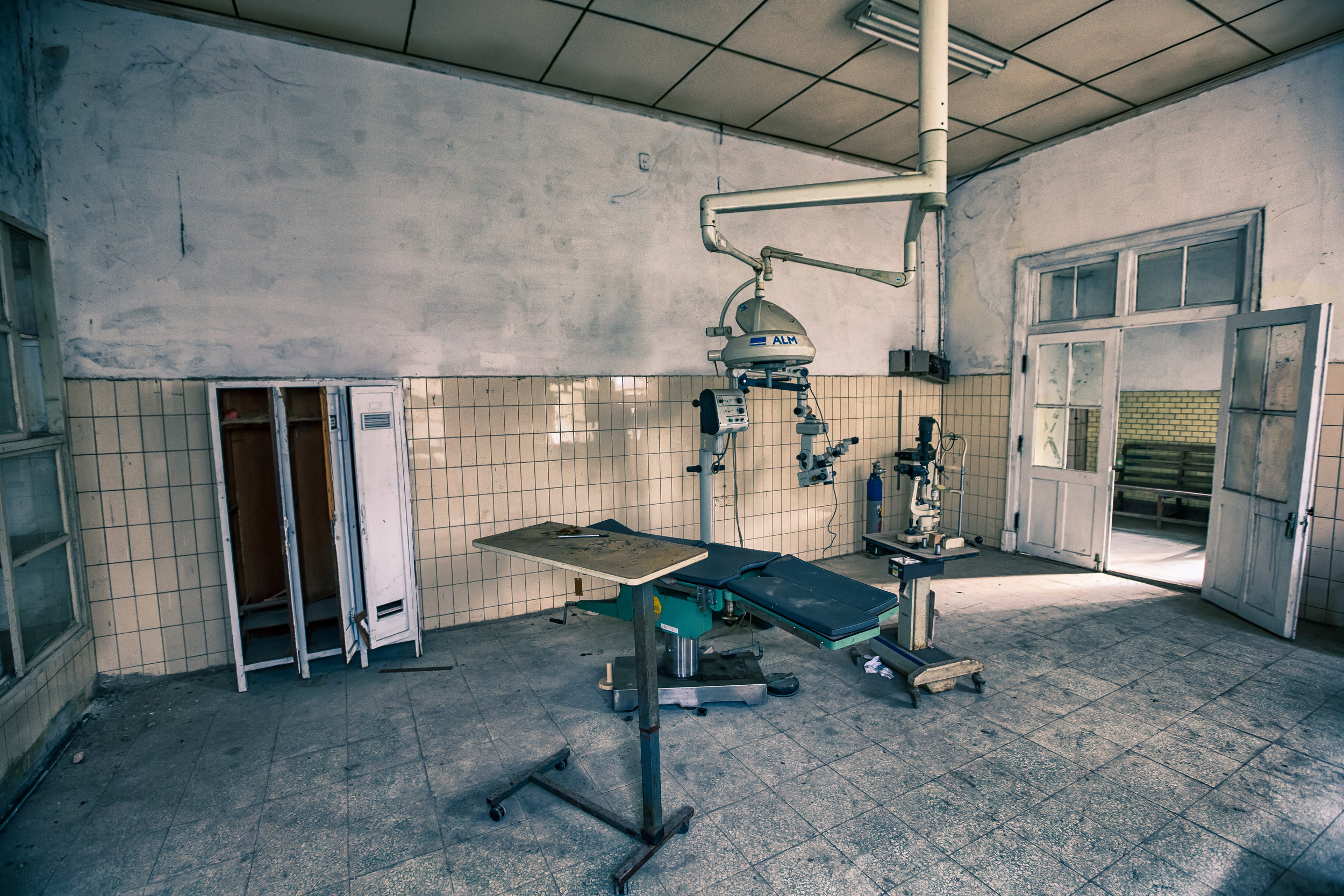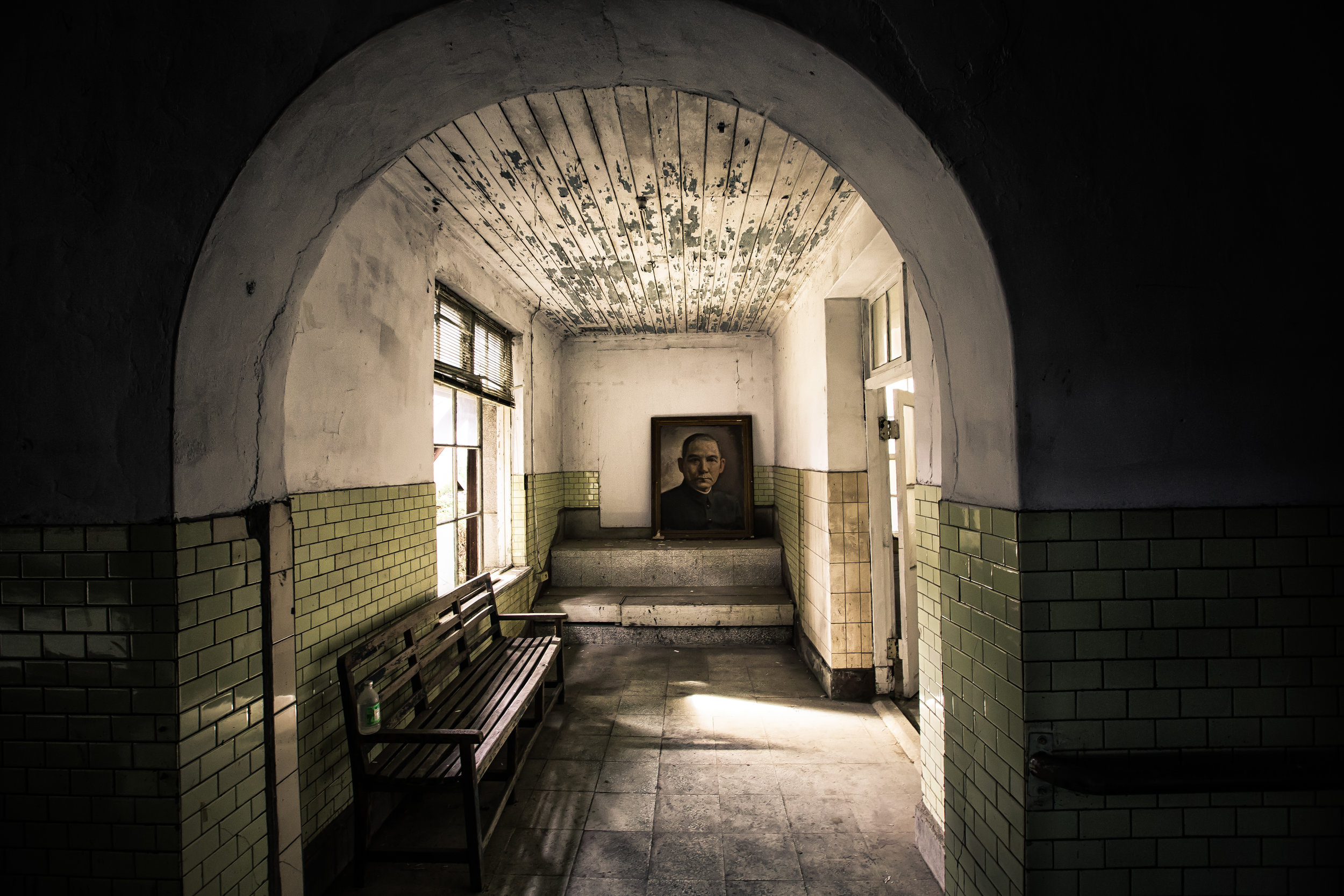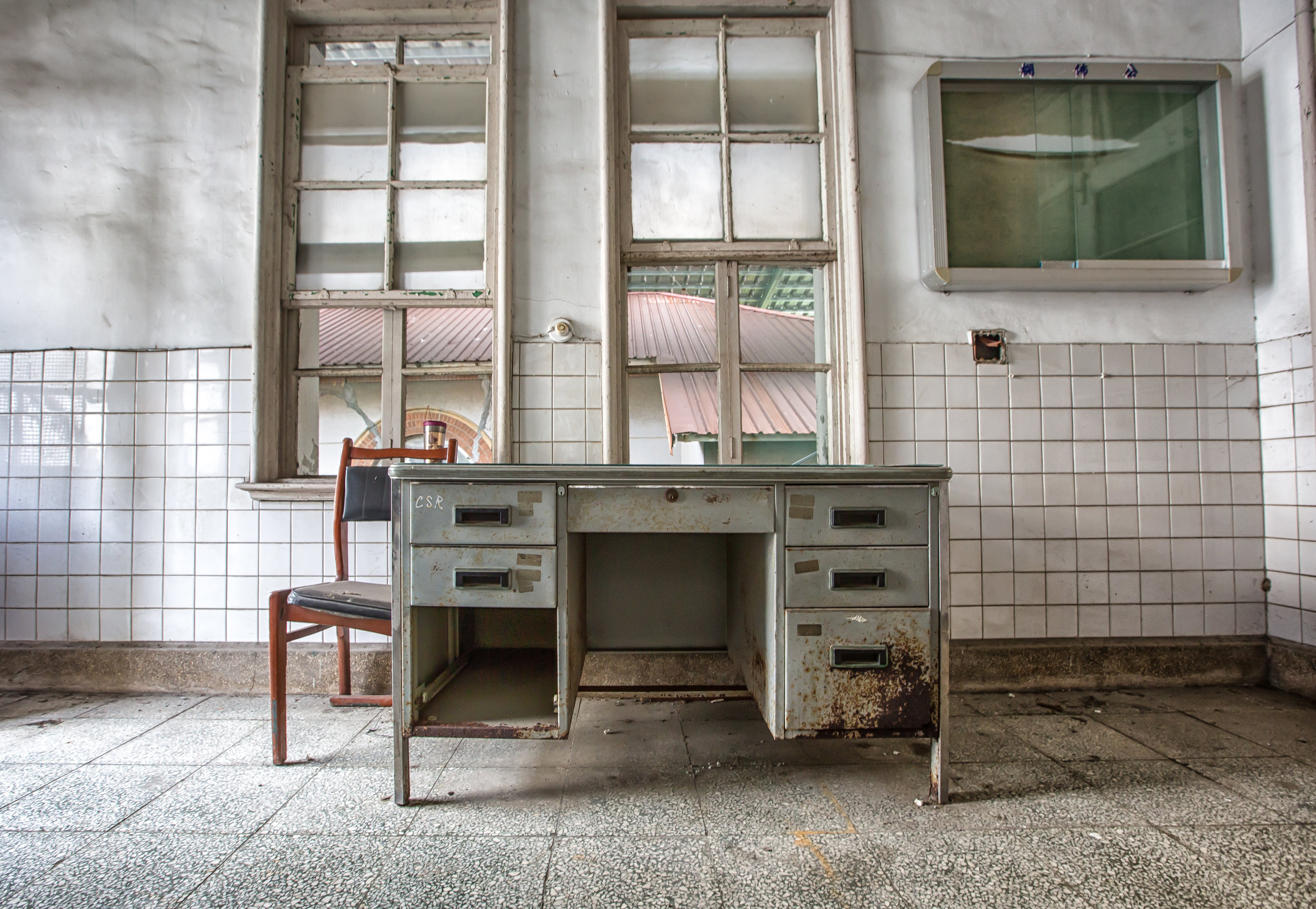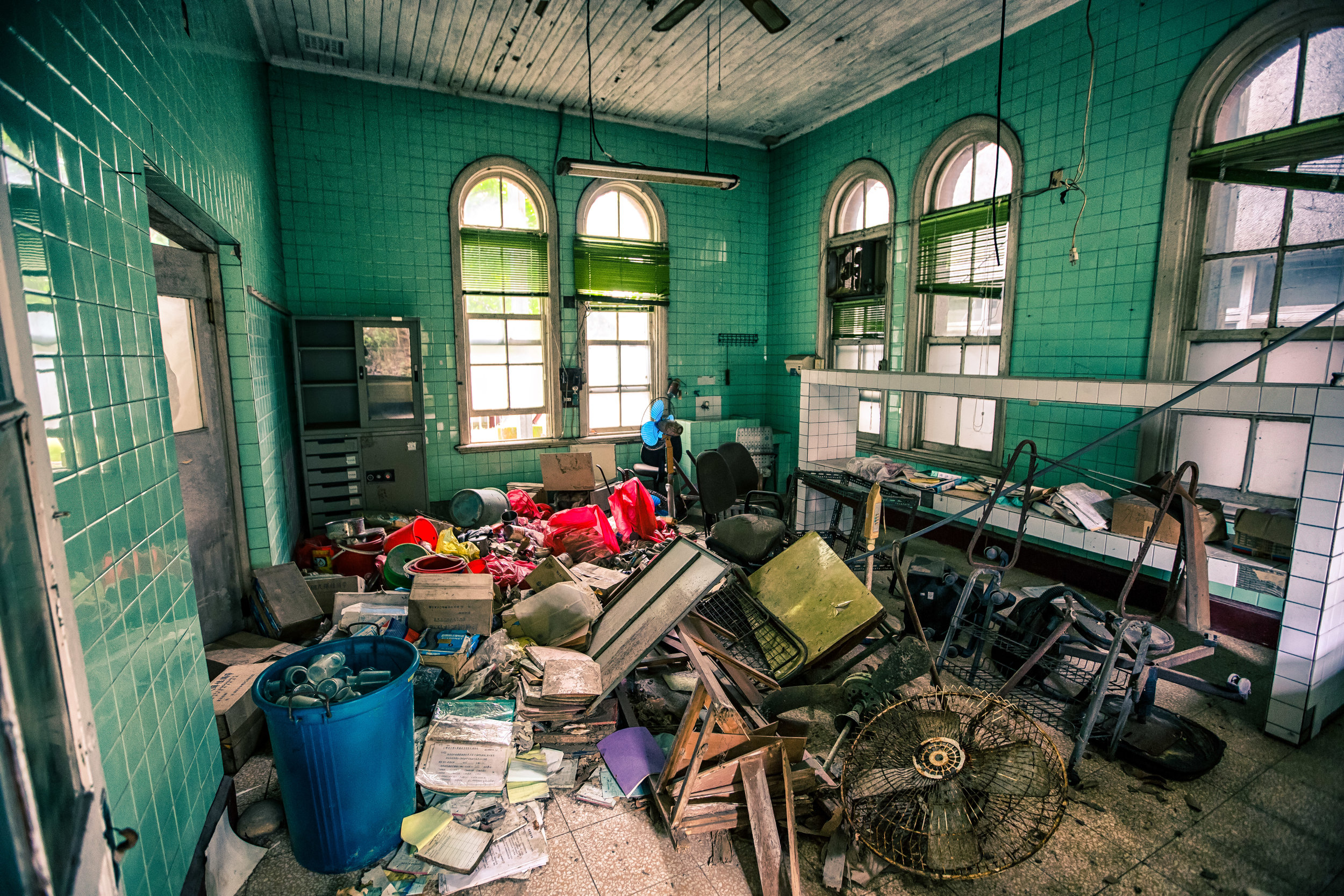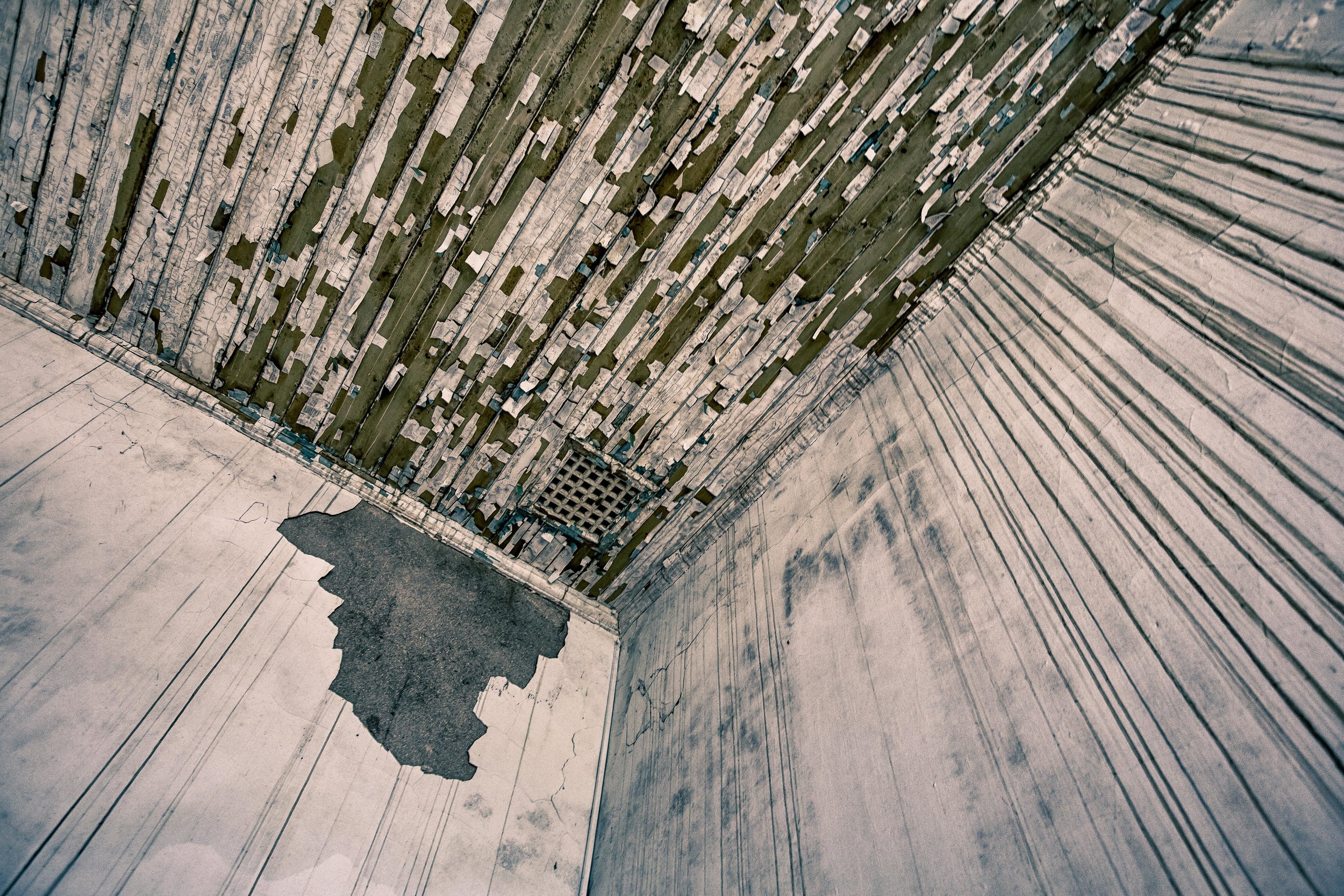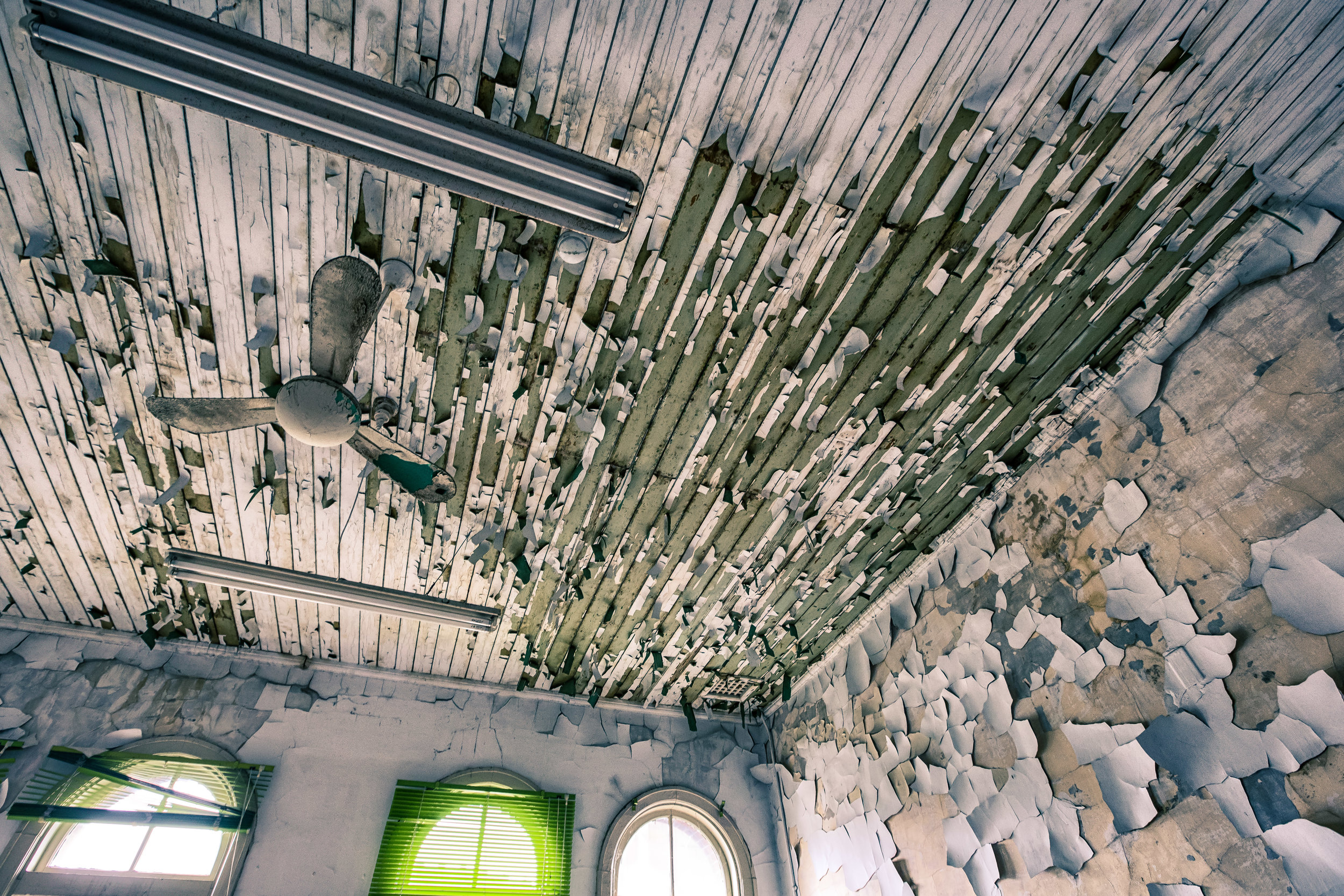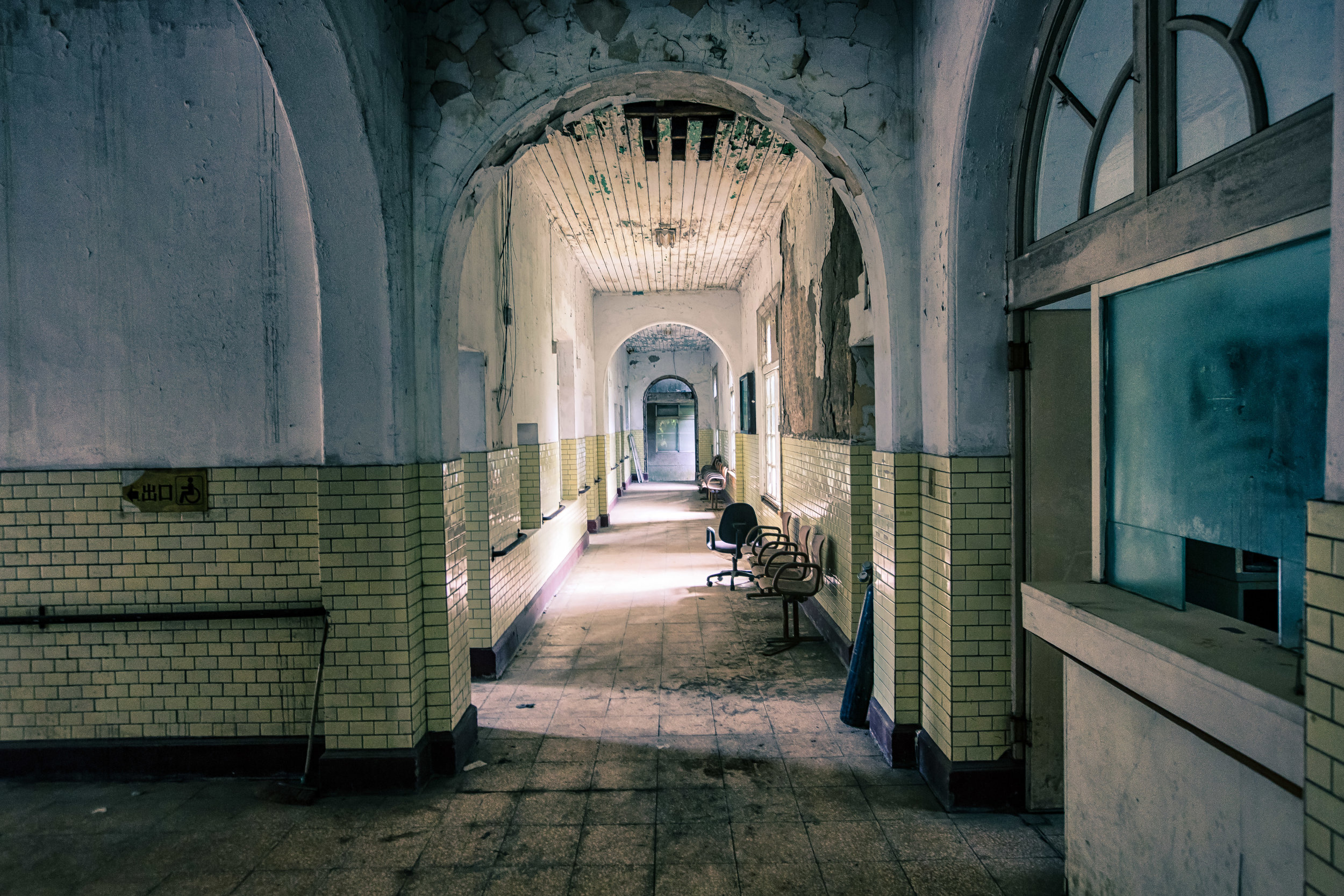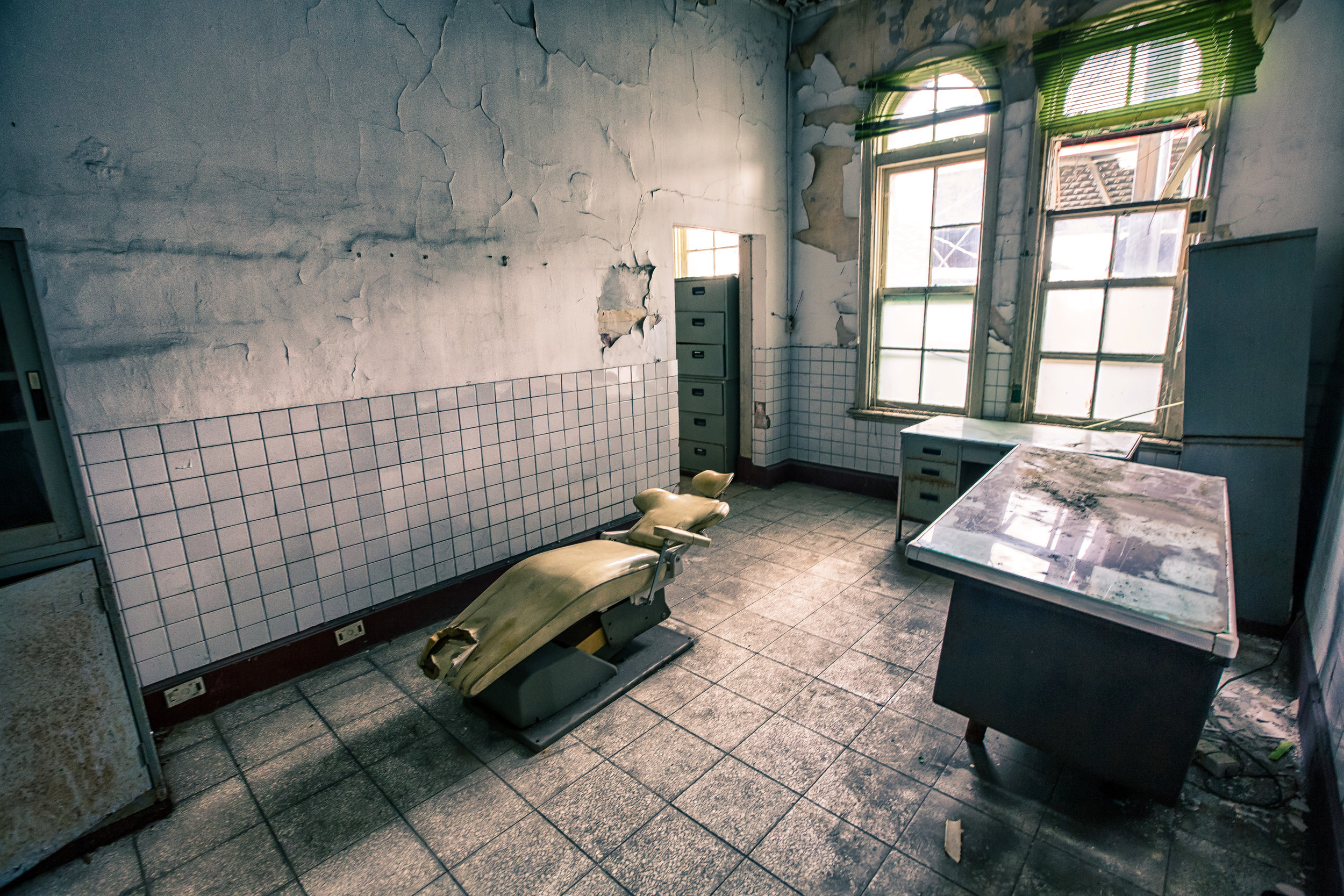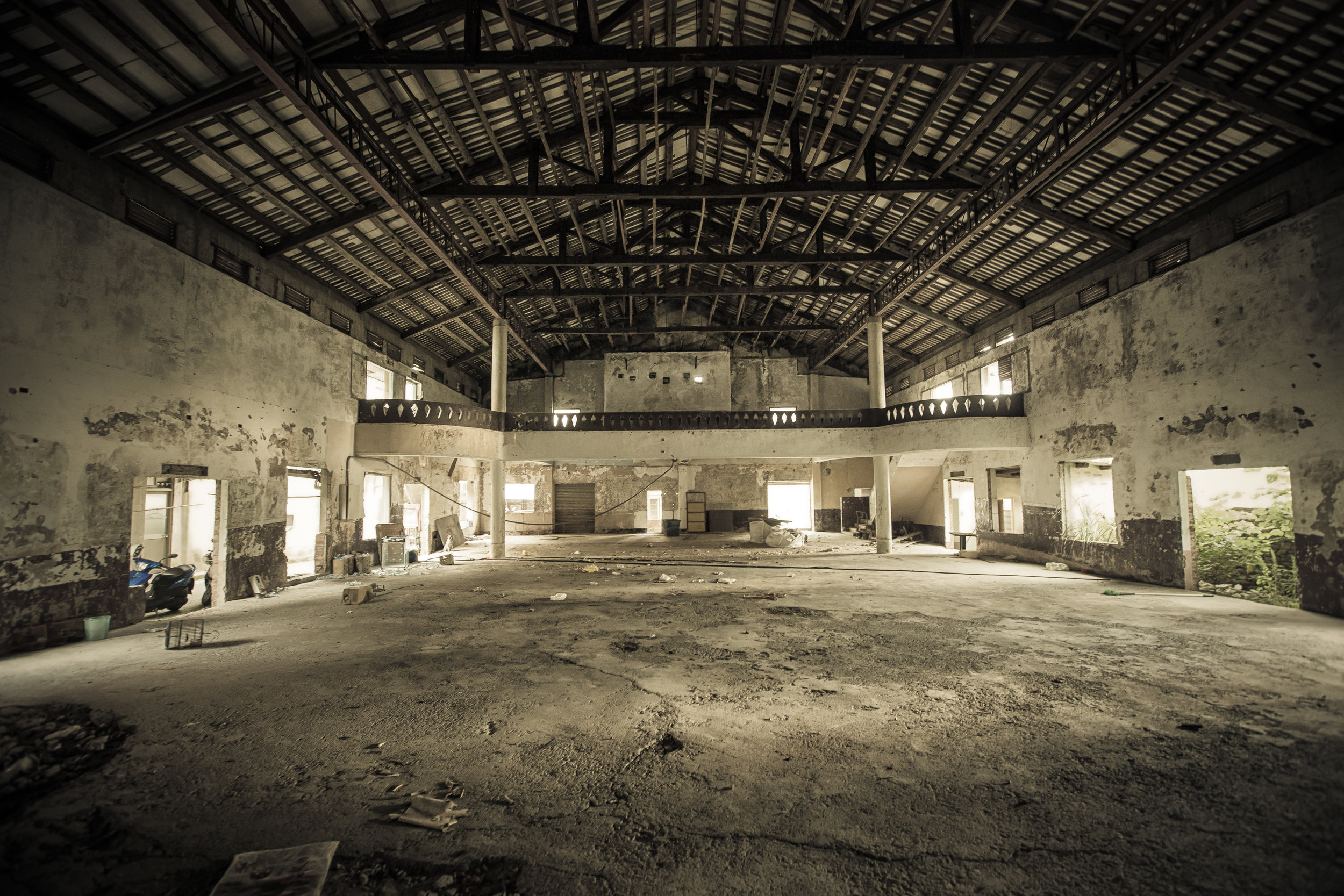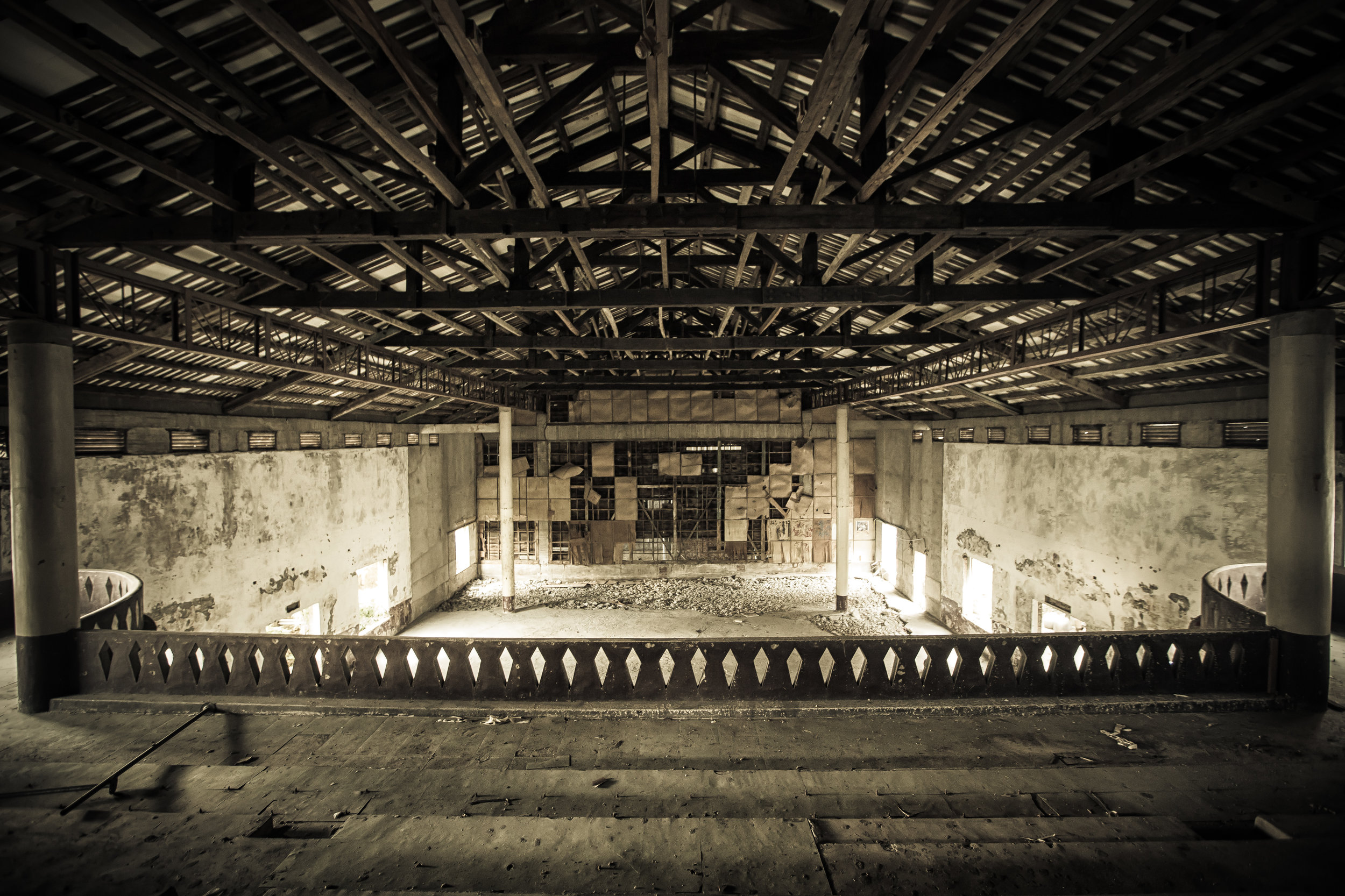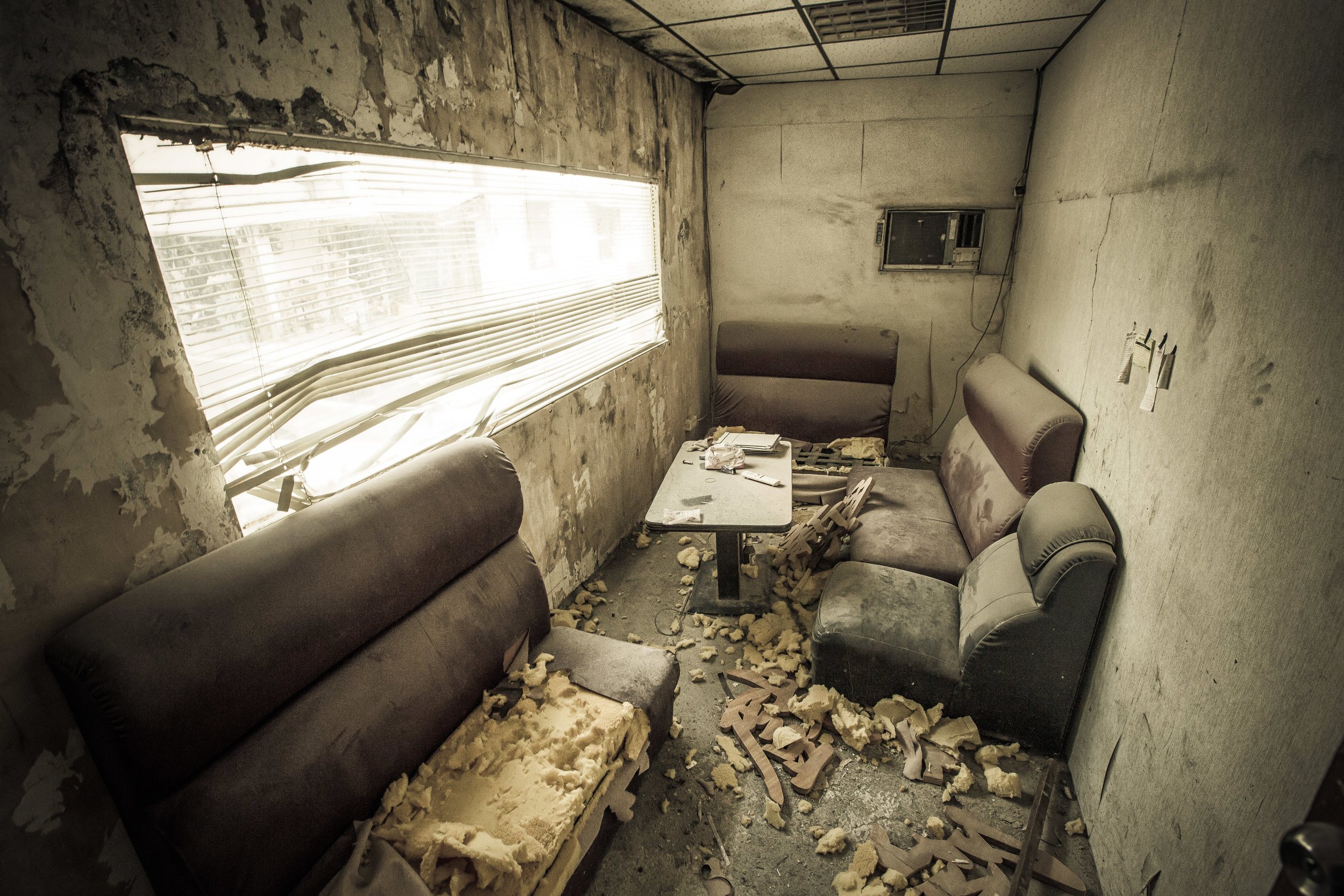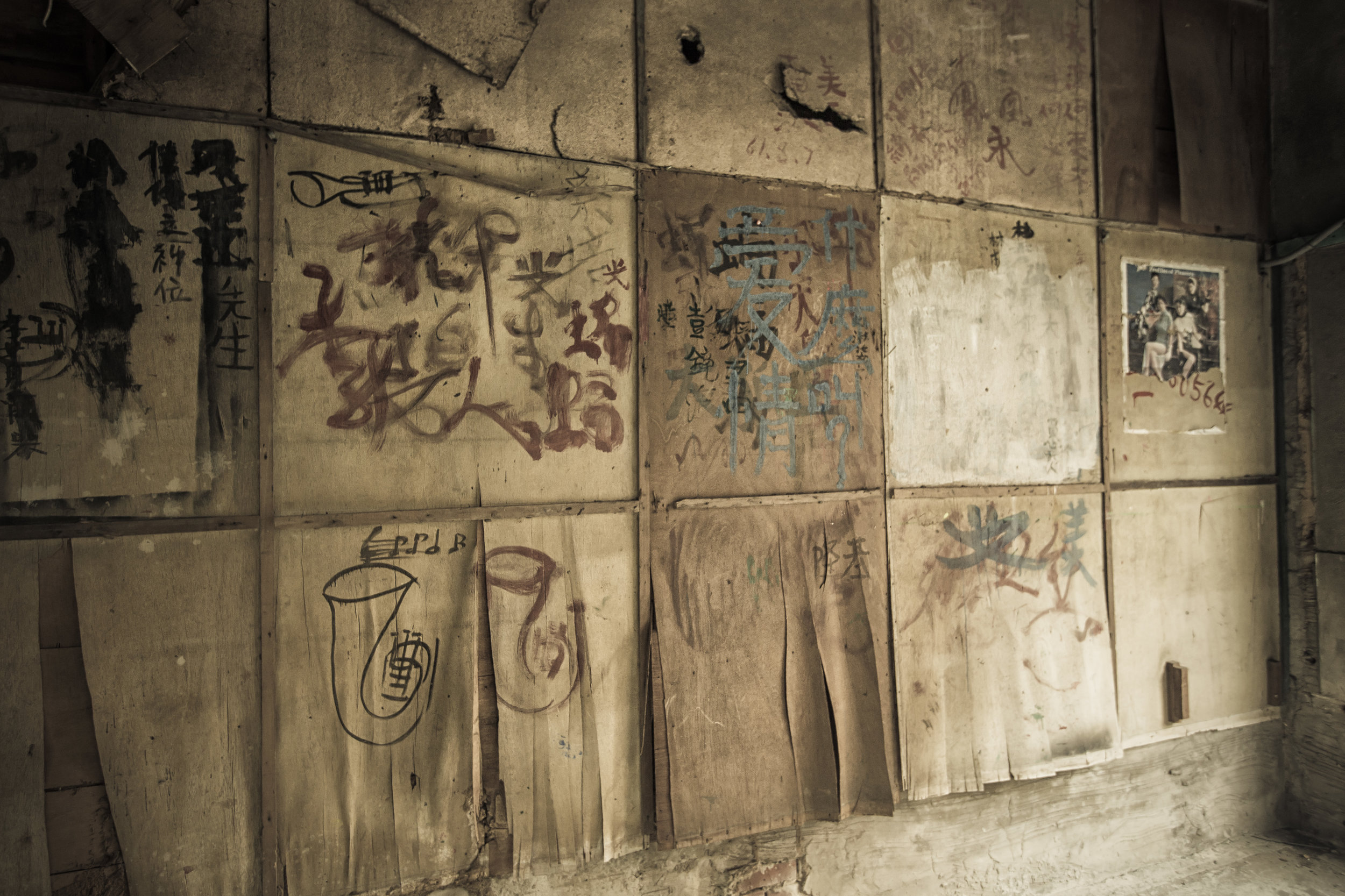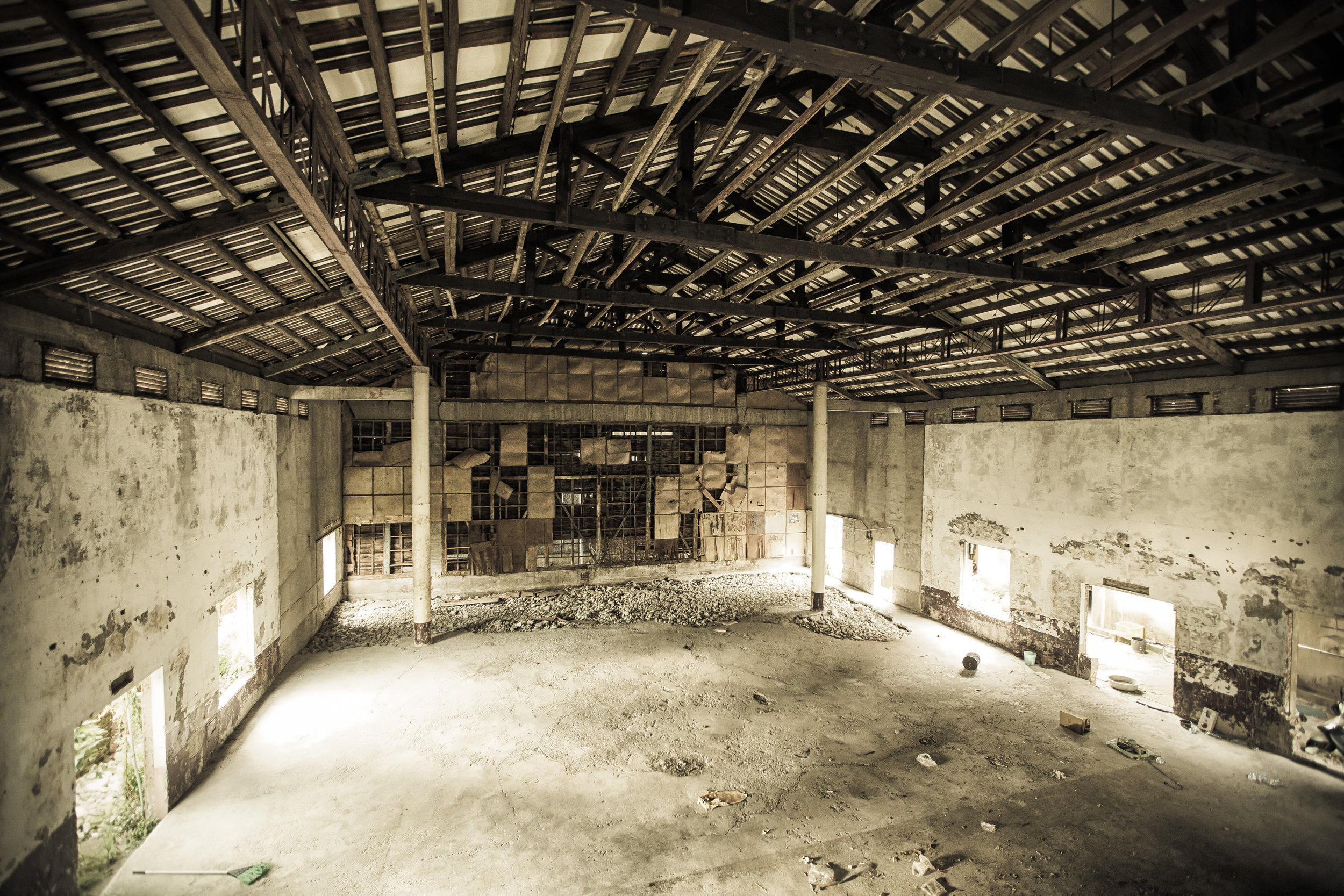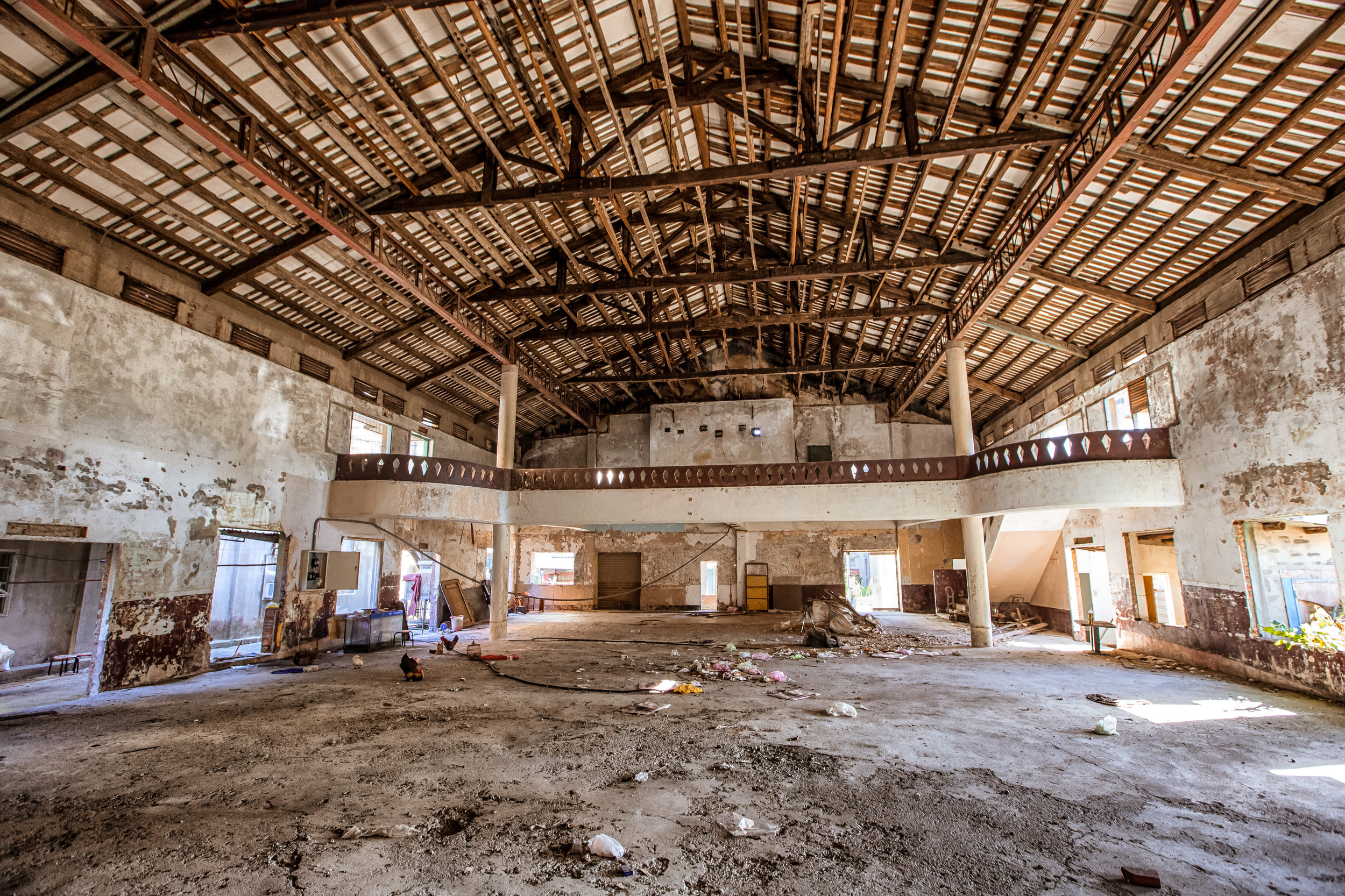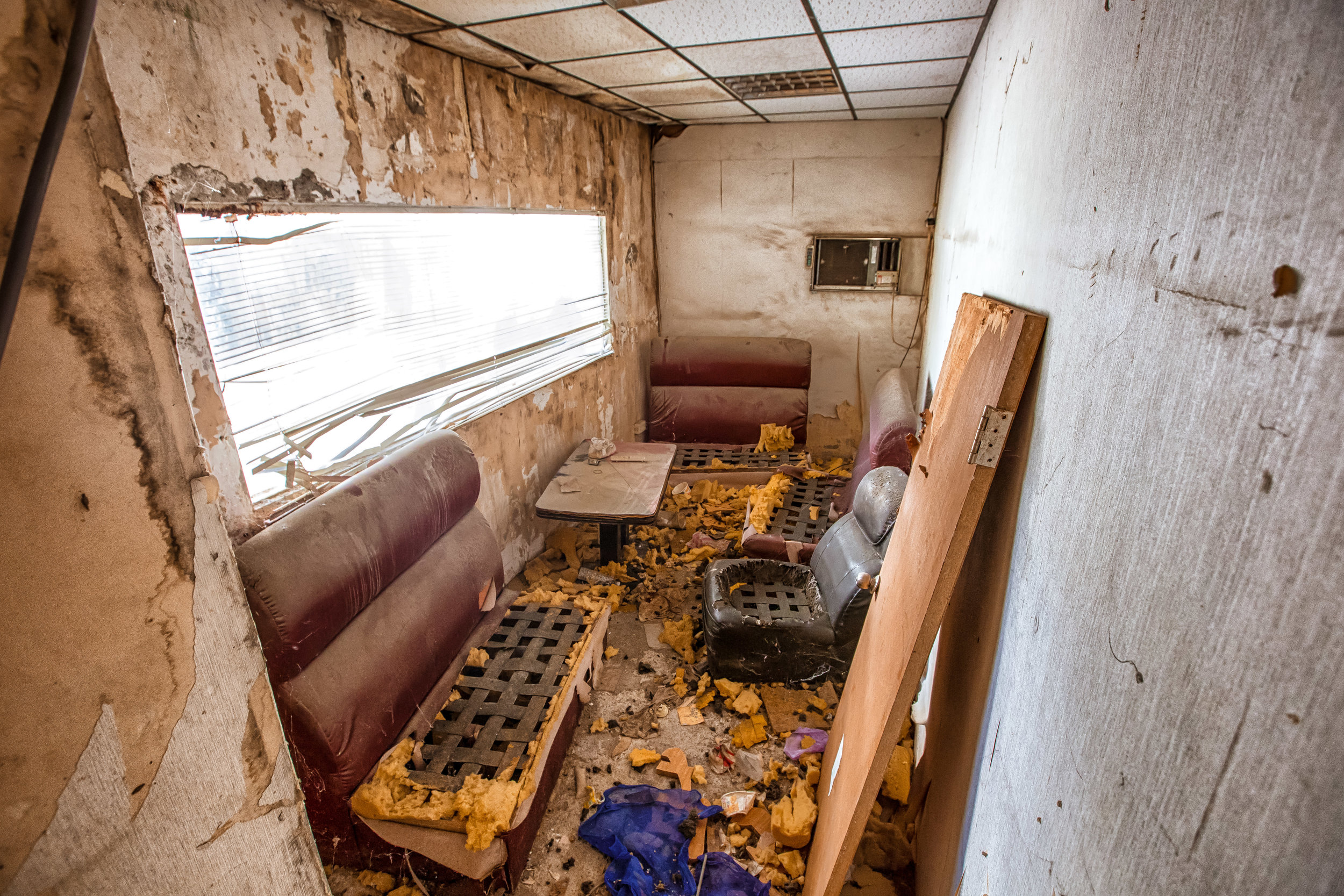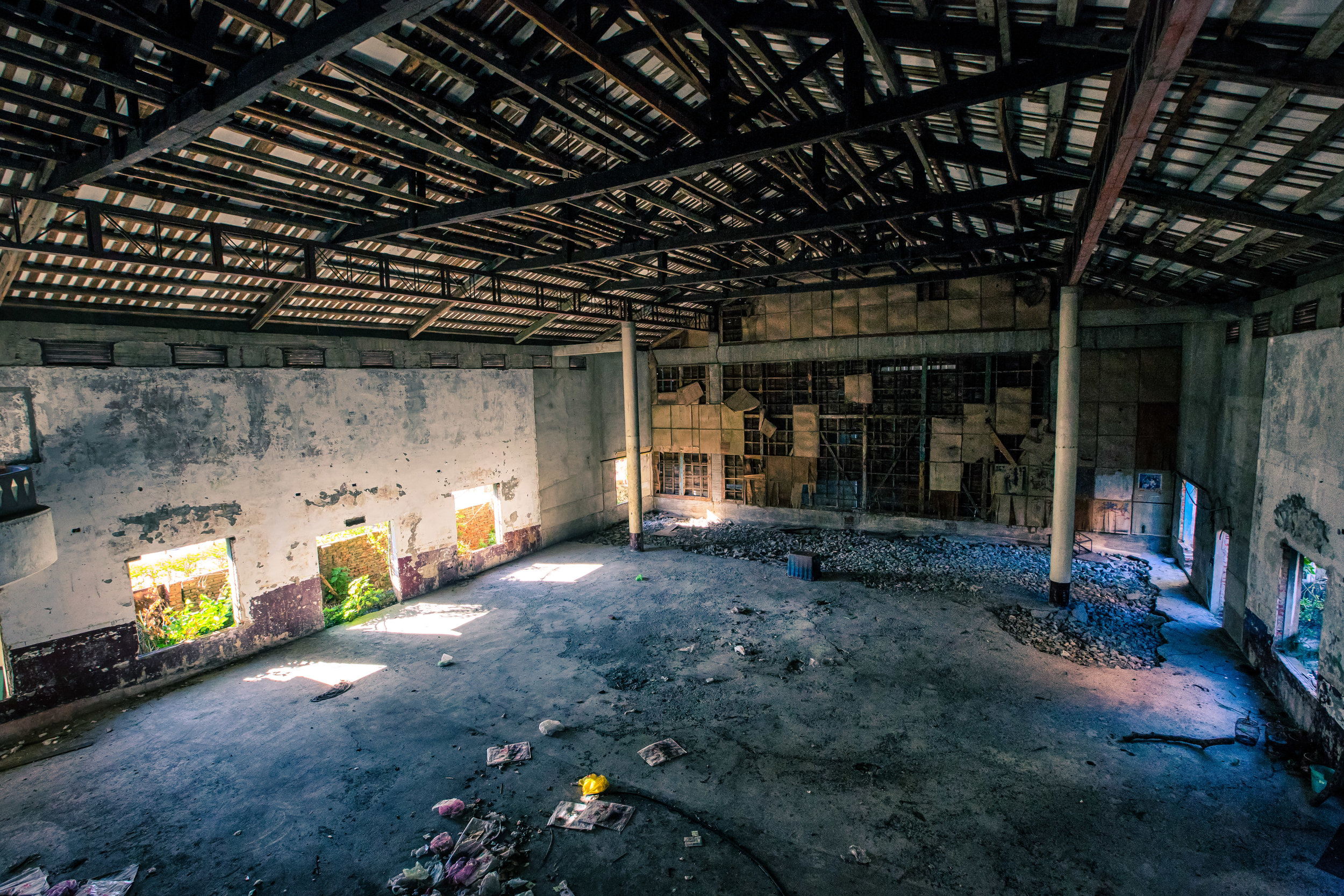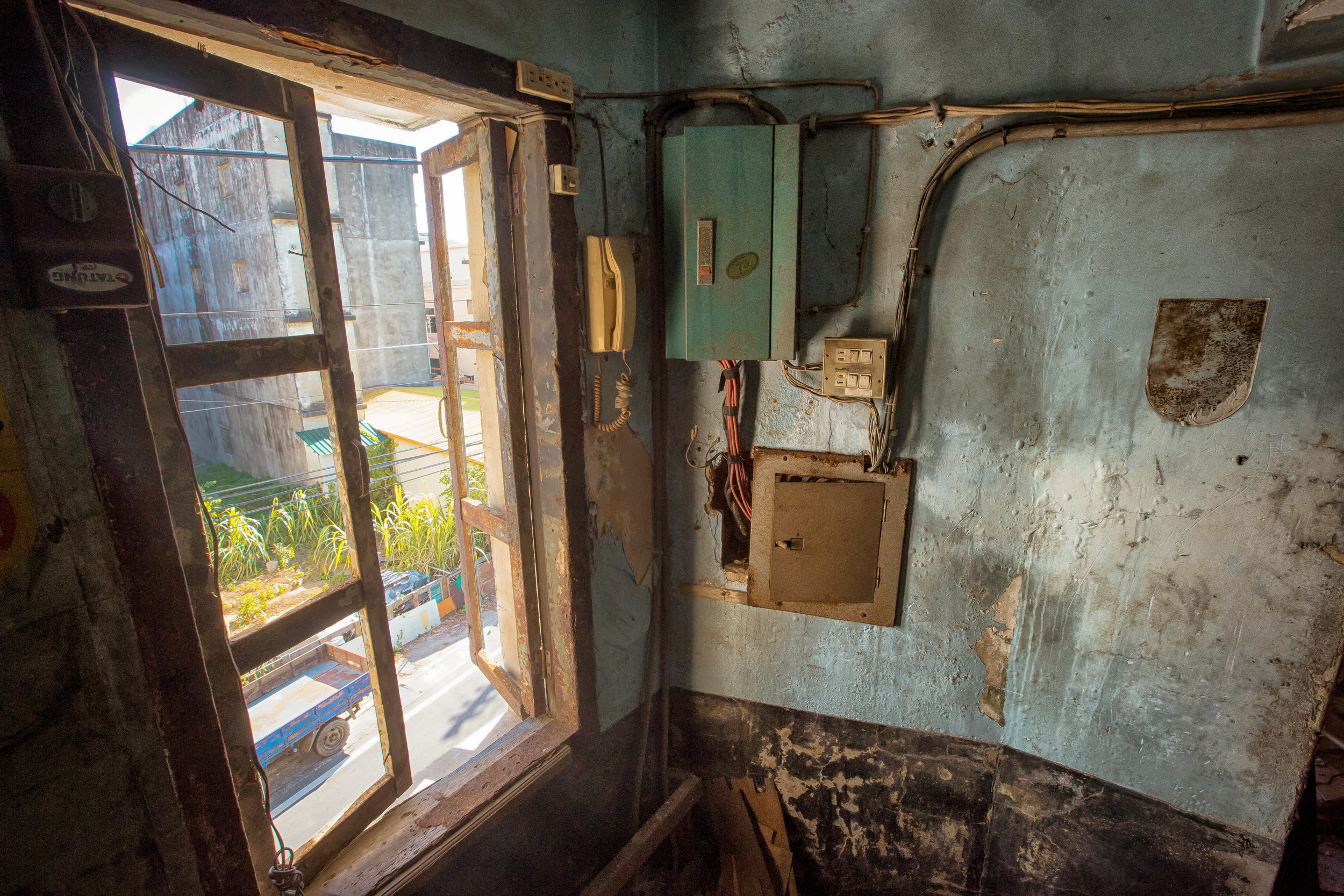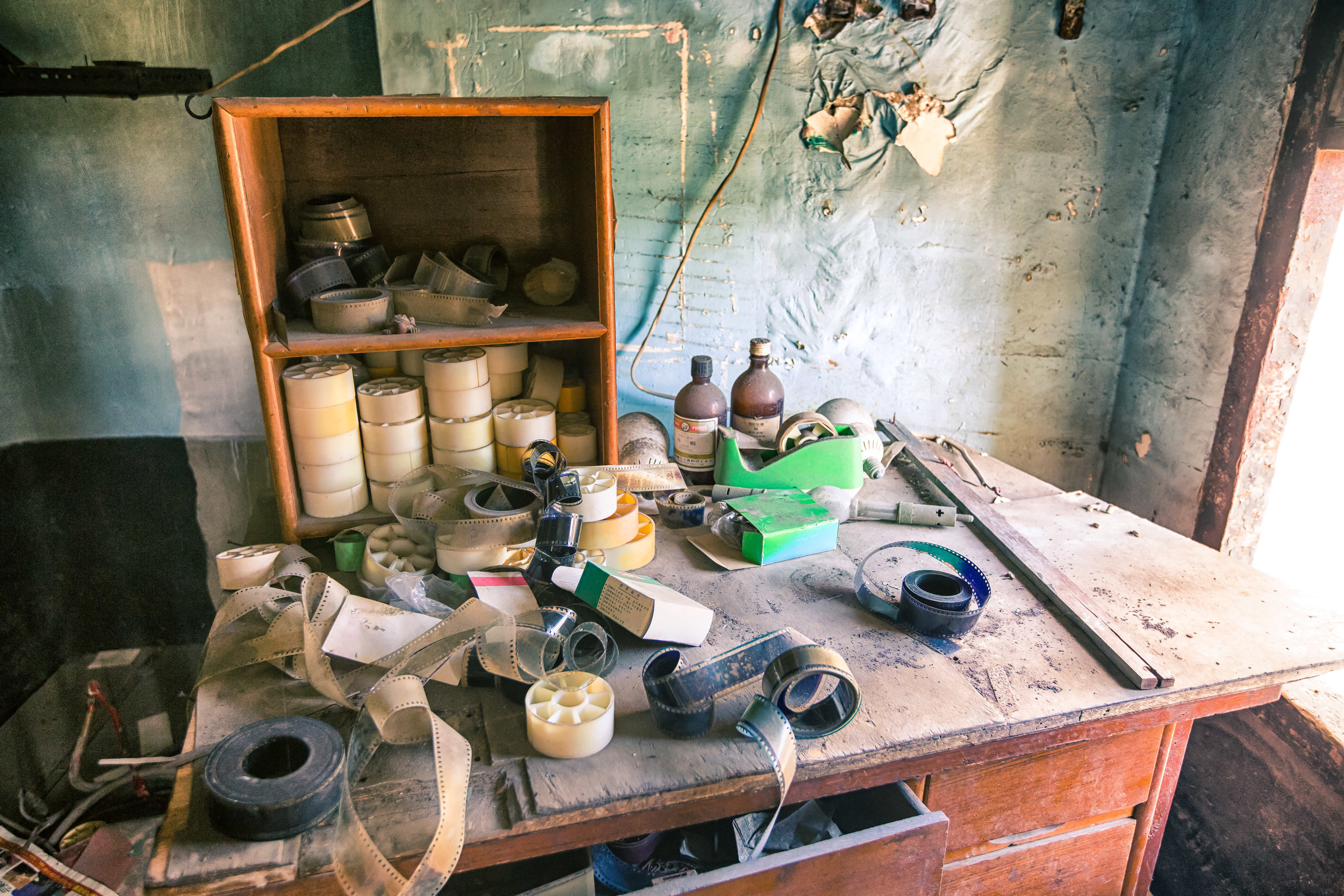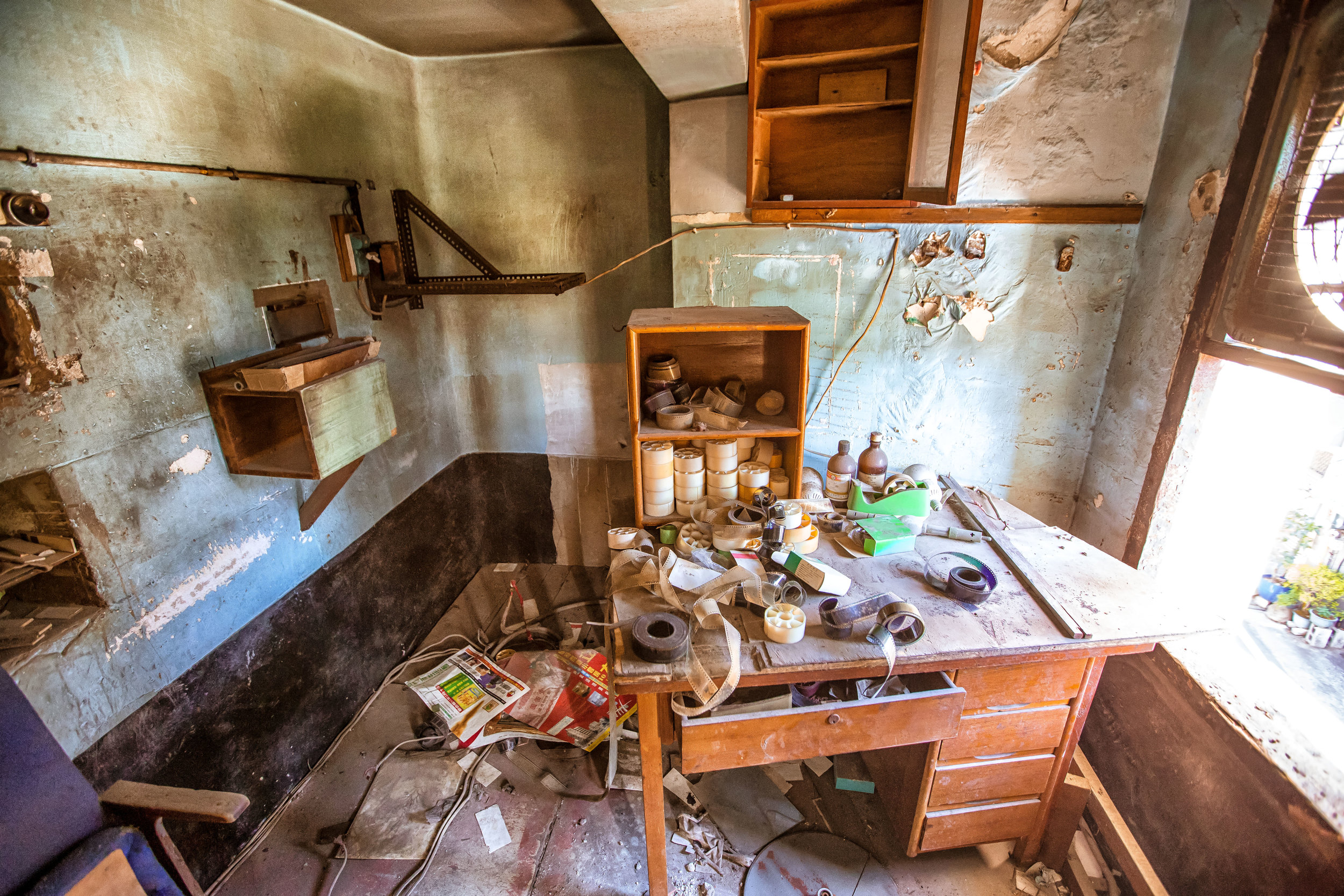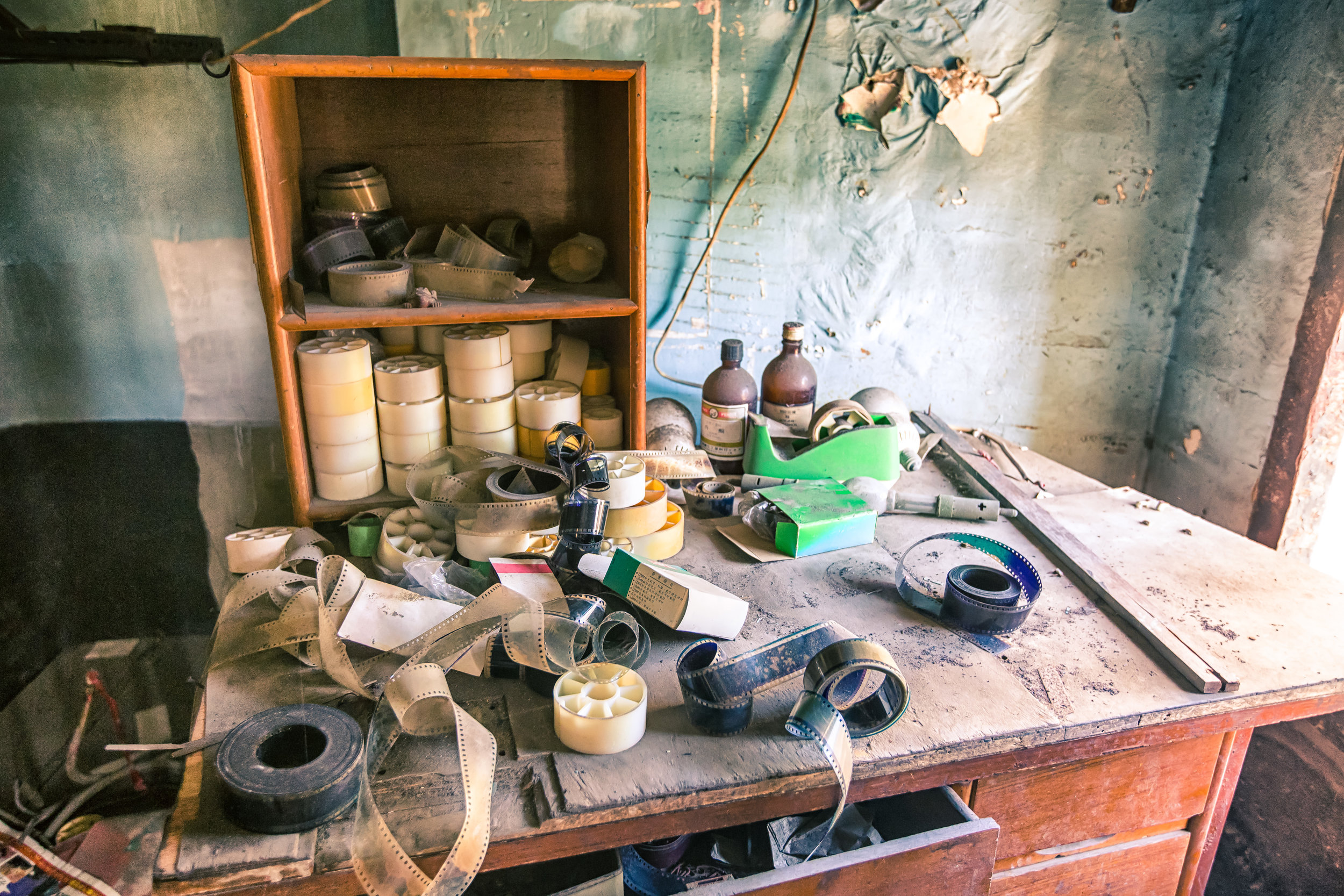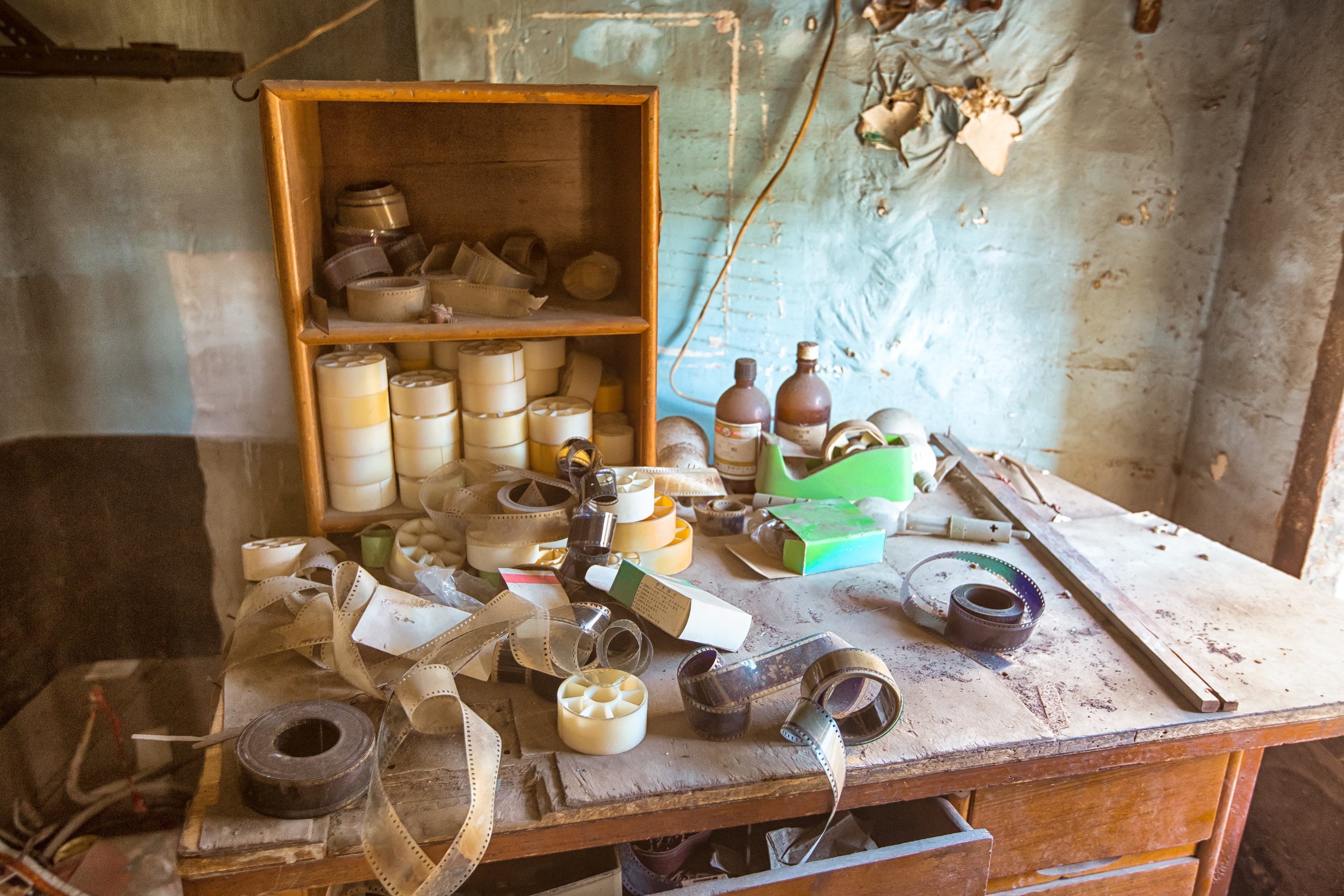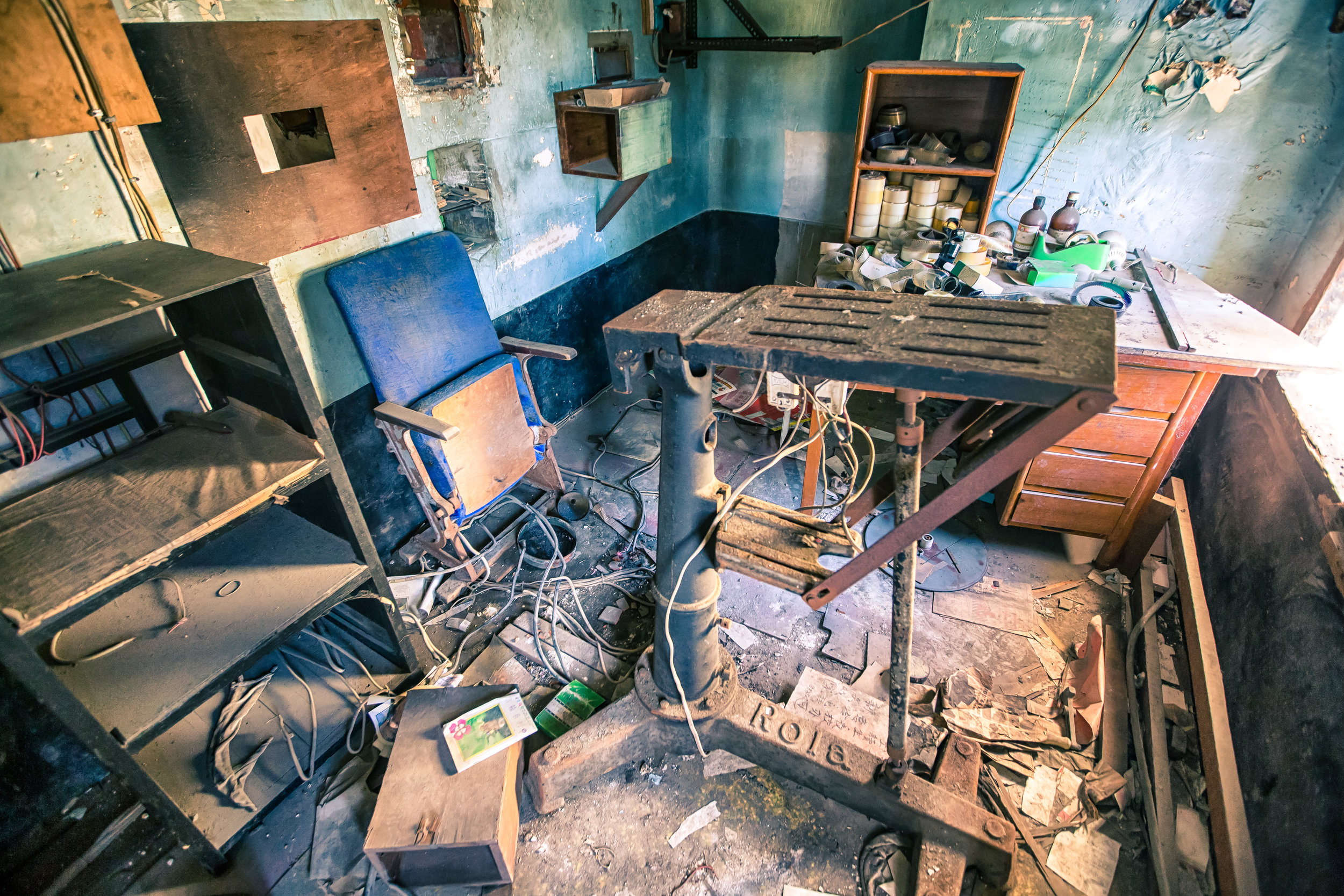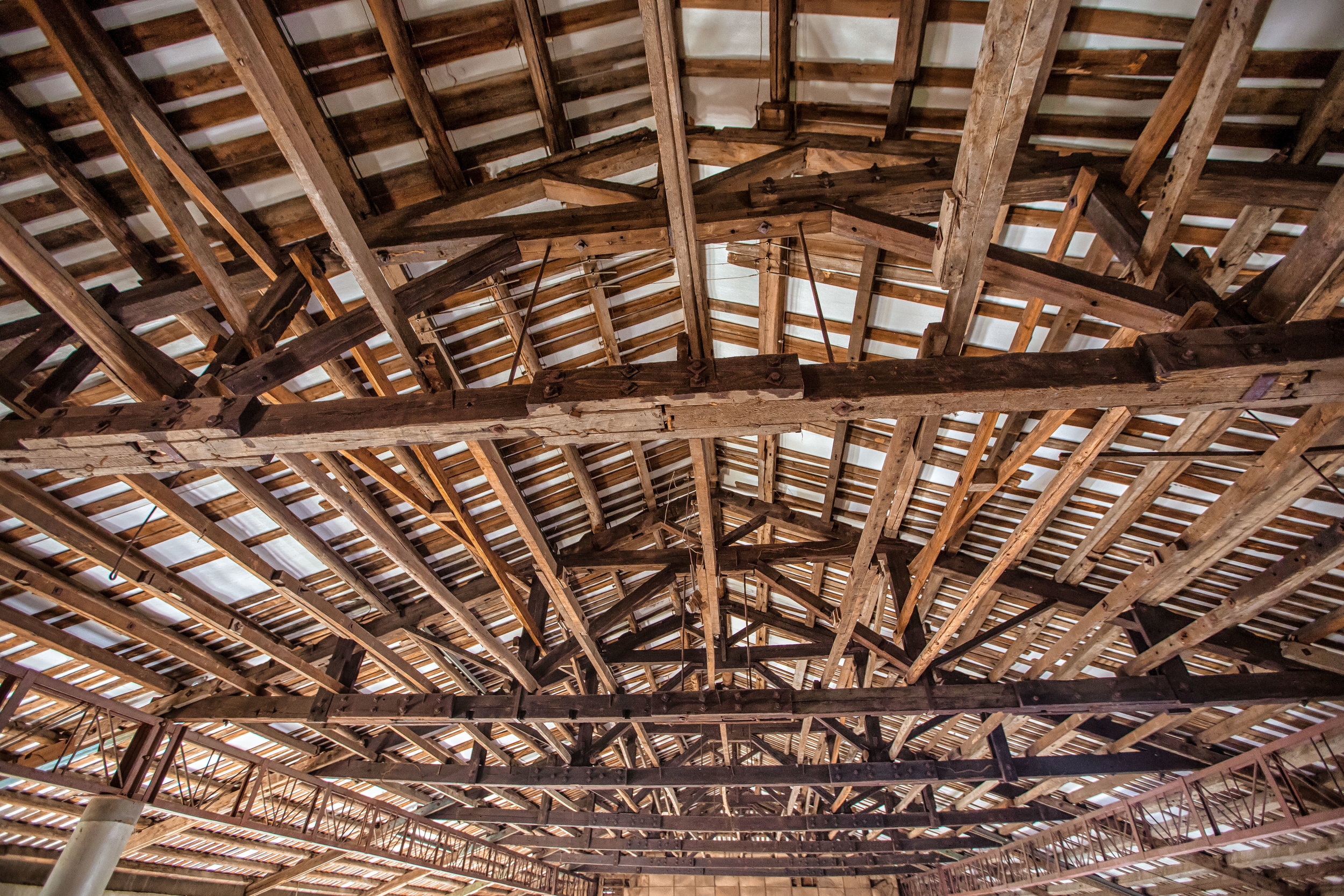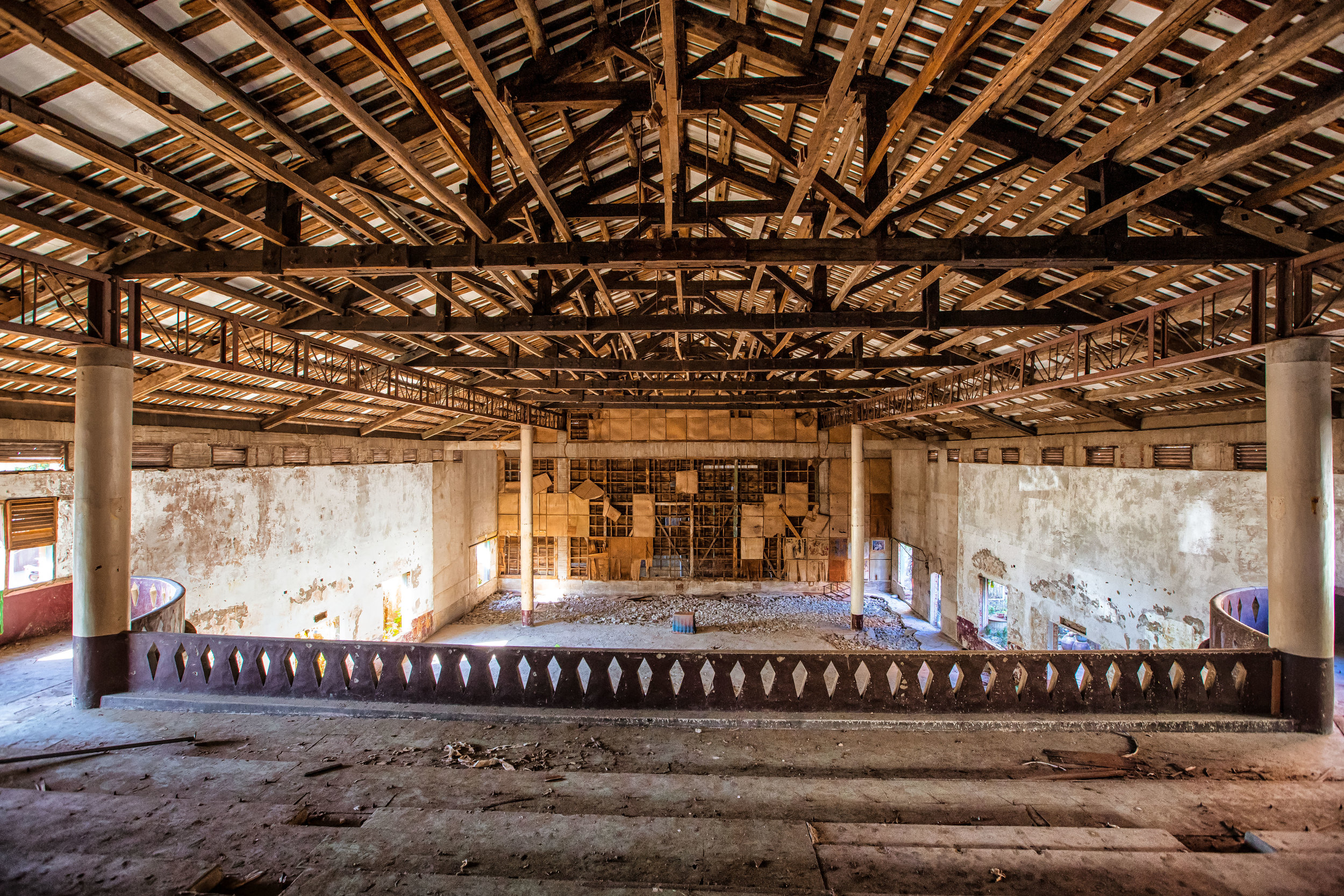10/15/2019 UPDATE - Grace Hill has been demolished.
Weddings here in Taiwan are a bit of a weird and wonderful thing for a foreigner like myself - Seeing the ancient traditions that are still practiced today and being able to compare them to (what I’d consider) the bland style of weddings I’ve gone to at home has given me the feeling that what happens here in terms of a ‘ceremony’ has a little bit more meaning.
There are on the other hand quite a few aspects of a Taiwanese wedding ceremony that I find a bit pointless and in some cases quite hilarious.
As a photographer, I’ve shot a couple of weddings here in Taiwan and the experiences were something that I’ve told myself I certainly would never make a habit of doing often.
Shooting a wedding here is nothing like what happens back in North America and not only is something that lasts an entire day and in several different locations but offers photographers very little time for taking a break or thinking about composition.
I have a lot of respect for the hard working wedding photographers here as they constantly work under extremely stressful conditions and in turn get paid very little for their effort.
Over the past few years the wedding industry in Taiwan has had to face a bit of a crisis and is one that has ended up forcing the closure of quite a few businesses.
In the city I live in for example, there is a long street that locals refer to as “wedding street” where several large wedding studios were set up side by side.
Over the past two years most of them have closed up shop and the streets look abandoned nownthwt they’re gone.
The reason for the closures is simple - These companies became complacent failed to adapt to changes in the market.
In days past all a young couple would have to do is select one of these ‘wedding studios’ which would take care of the wedding photos and the clothes worn on the big day.
Then they would have to shop around to choose the proper venue for the both the engagement ceremony and the wedding ceremony to take place.
The industry was set up in a way that everything was made to be really simplistic but at the same time very formulaic.
While that formula did work for a while, people started to lose interest and instead wanted more freedom and control of their wedding to offer a much more memorable experience.
This changes in the market opened up an opportunity for smaller wedding studios to offer more intimate services (while undercutting the large studios) as well as allowing for more modern styles of themed banquet halls and other venues for ceremonies to take place.
An example of these new trends can be found in the city I live where one of the most popular places to hold a wedding is a former golf course that was converted into a beautiful wedding venue.
The venue not only offers a beautiful wedding banquet hall but a large park and forest-like area for couples to enjoy their ceremony outside with nature.
In a city as densely populated as Taipei however, large open spaces like this are often hard to come by, which means that wedding venues need to think outside the box to be successful.
One of the most successful of these businesses in recent years was the Grace Hill Wedding Chapel (麗庭莊園) which (for a period of time) was the place to go if you were lucky enough to be able to make an appointment at one of the nation’s premiere wedding locations.
The popularity of the Grace Hill Wedding Chapel and its demise is a bit of a strange and mysterious story as the once successful business is now completely abandoned and in ruins.
Grace Hill (麗庭莊園)
The Grace Hill Wedding Complex was established in 2004 in Taipei’s Neihu Industrial Park (內湖工業區) on an over 6,000 square meter plot of land. The extravagant venue for weddings claimed that it was the nation’s first ‘House Wedding’ (莊園婚禮) operator and offered its customers an ‘alternative’ style of wedding compared to the traditional banquet style.
The original owners of Grace Hill wanted to capitalize on the changes in the market to offer couples the opportunity to plan a ‘House Wedding’ style of ceremony (which was all the rage in Japan at the time). The problem was that as space in Taipei is often a bit hard to come by (and also extremely expensive), finding a location for such a venue was difficult.
The owners eventually settled on a large plot of land in the Neihu Industrial Park but met with further complications when zoning laws prohibited them from running a kitchen on site.
Once the issues were overcome though, Grace Hill opened to the public in 2004.
At first business wasn’t so great but after receiving a bit of attention from the local media it became a popular filming spot for local television shows and music videos.
The exposure from the local media helped to introduce the venue to the general public and almost over night it transformed into a dream location for the young lovers of Taiwan.
In 2007, management of Grace Hill was transferred to the large and extremely successful Japanese ‘House Wedding’ company Dears Brain (迪詩). The new management brought with it fresh ideas for transforming Taipei’s wedding ceremony culture.
The agreement involved leasing out the operational rights to Grace Hill for the price of US $2.4 million while the original owners would become landlords leasing out the facility.
The agreement appeared to be quite beneficial at the time as the Taiwanese ownership group sought to reduce its involvement in the everyday operations of the company while the Japanese group was looking to diversify its business due to the low birth rate in Japan.
Business at Grace Hill was great for almost a decade (or so it seemed to be) with young couples planning their big day around the extremely long and exclusive waiting list.
With prices per table varying between $NT18,000-23,000 though, a wedding ceremony at Grace Hill was ultimately only a dream location for most of Taipei’s young couples.
In 2014, even though business seemed to be doing quite well, Dears Brain, the company which managed Grace Hill decided to abruptly end their lease and pull out of the Taiwan market.
The closure, which appeared only as a notice on its official website caused a lot of speculation in the Taiwanese media. The official statement was extremely brief and attempts to contact the company for a clarification were denied.
The ‘official’ stated reason for the closure was simply that the lease had expired and that the Japanese company decided to pull out.
Media speculation and gossip fuelled a lot of sensational claims that continue to persist.
Since the closure of Grace Hill, the property has been left in limbo as the land owners seemed only to be interested in leasing out the grounds to another management group.
The high cost of rent, which is said to be around $900,000 NT (US $30,000) per month, has likely caused any interested parties to get cold feet from actually becoming serious about it.
In the years since Grace Hill has been abandoned, it has attracted the curiosity of local residents and also young couples who ‘jokingly’ take photos of themselves on the steps of the chapel.
What was once extravagant has been transformed into a collection of derelict buildings filled with garbage, graffiti and occasional squatters.
The complex consists of two large buildings where the wedding receptions were held - Each of which has a large open room with a different design theme on each floor.
Today those rooms have all been more or less gutted but you can still find some wedding-related garbage.
There is also a beautifully designed ‘chapel’ on site which was one of the main reason why people wanted to pay so much money to have their wedding on site in the first place.
The design of the chapel I’m sure allowed for beautiful wedding photos, but like the other buildings on site is now full of garbage and the walls have been spray painted by graffiti artists.
Nevertheless, the shape and design of the interior would have been quite nice and very photogenic.
The other building on site would have been the administration area where the management team and consultants once had their offices.
The building came with a fully functional bar and looked to be quite inviting as the walls were all made of glass.
The second floor of the building was where brides and grooms would go for their fittings but is currently full of so much rubbish that I didn’t even attempt to check it out.
In terms of urban exploration, the Grace Hill Wedding Chapel is about as easy of an exploration as they come - Everything is open to the public and you’ll often find quite a few people on site taking photos.
It differs quite a bit from the places that I usually explore as the history is all relatively new, but it still comes off as an interesting place that suffered an unfortunate fate.
The future of the property is still up in the air and the latest news is that the land has been put on the auction block looking for someone to take over.
It’s highly unlikely that any future developments on the land will be anything wedding-related as the land is more valuable than what is currently on it, so it seems that the days are numbered for this once popular place where thousands of couples said their vows.
Gallery / Flickr (High Res Shots)
